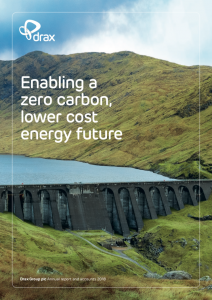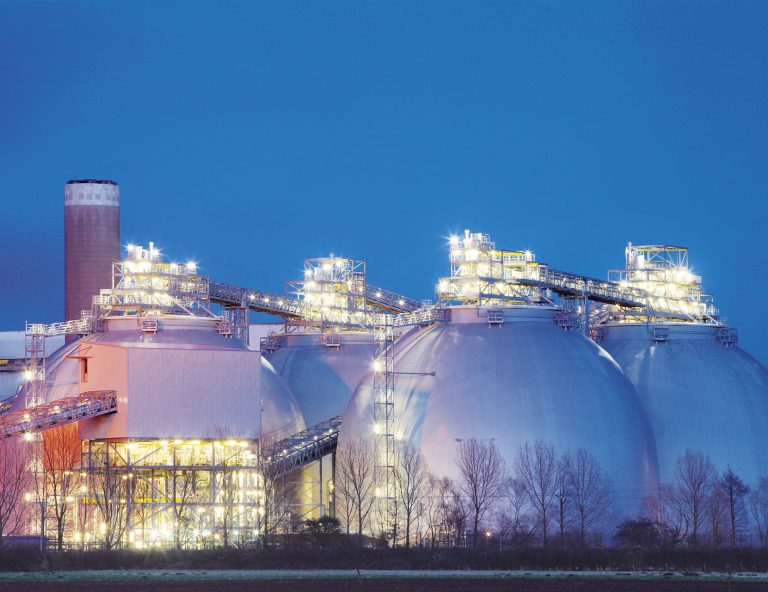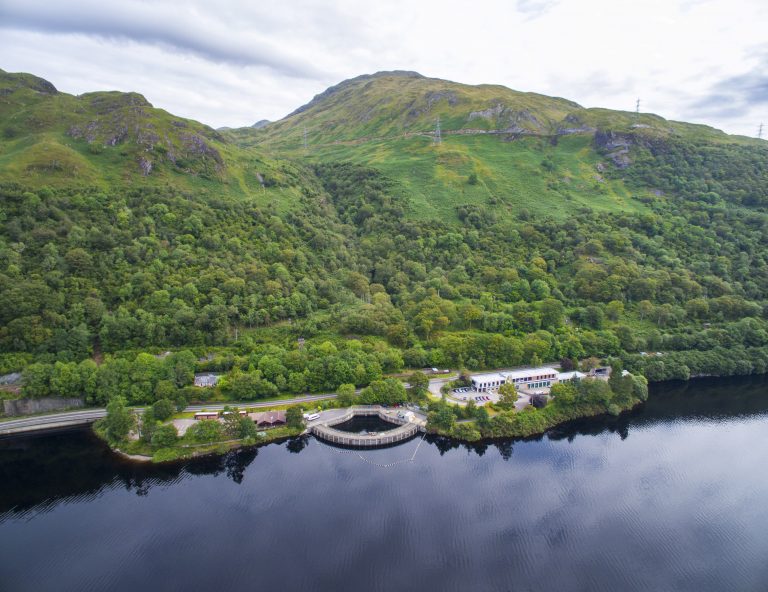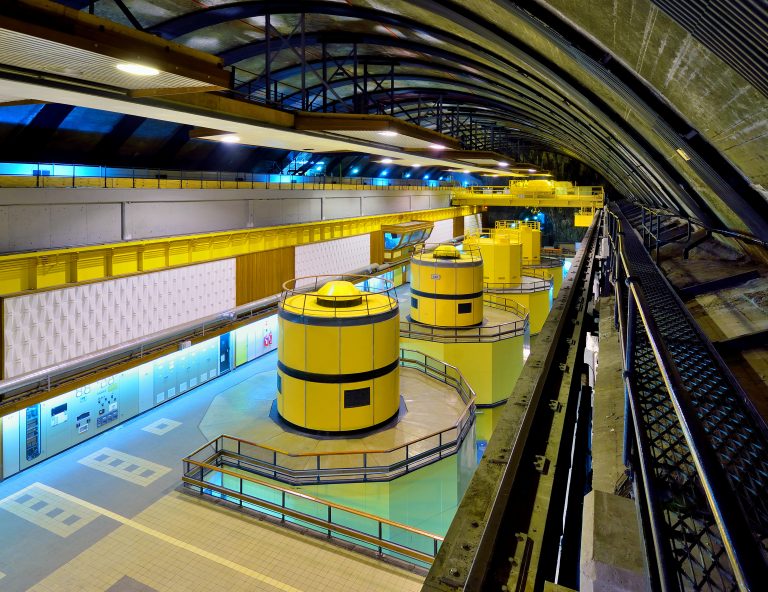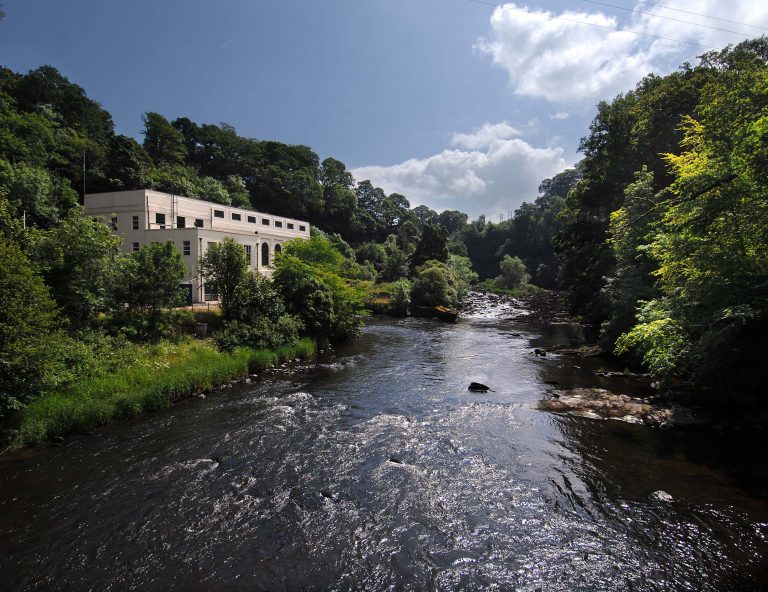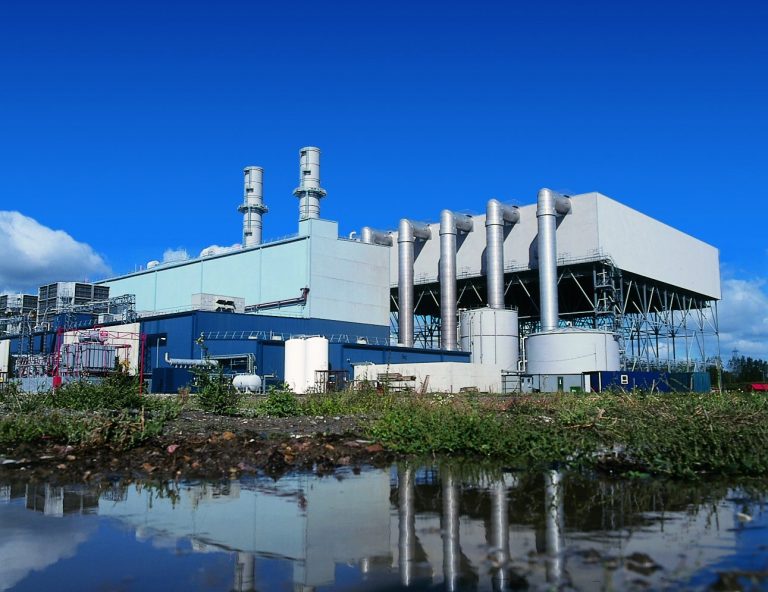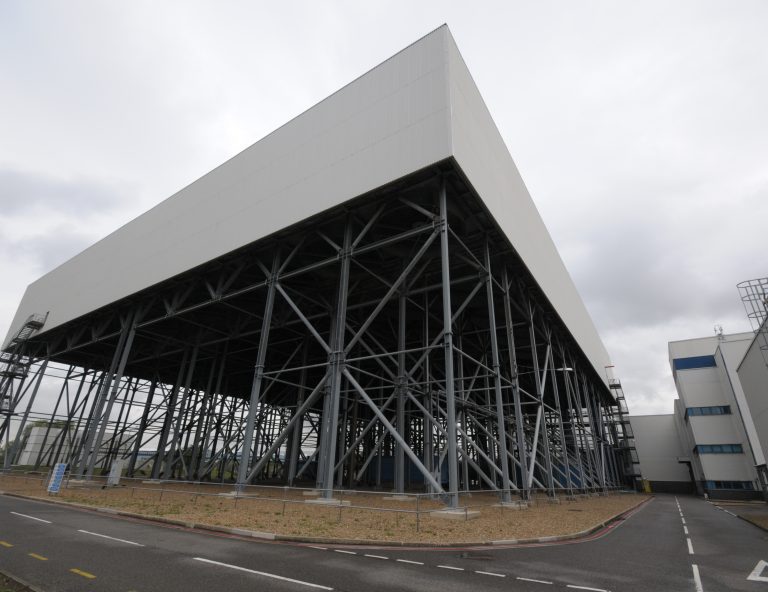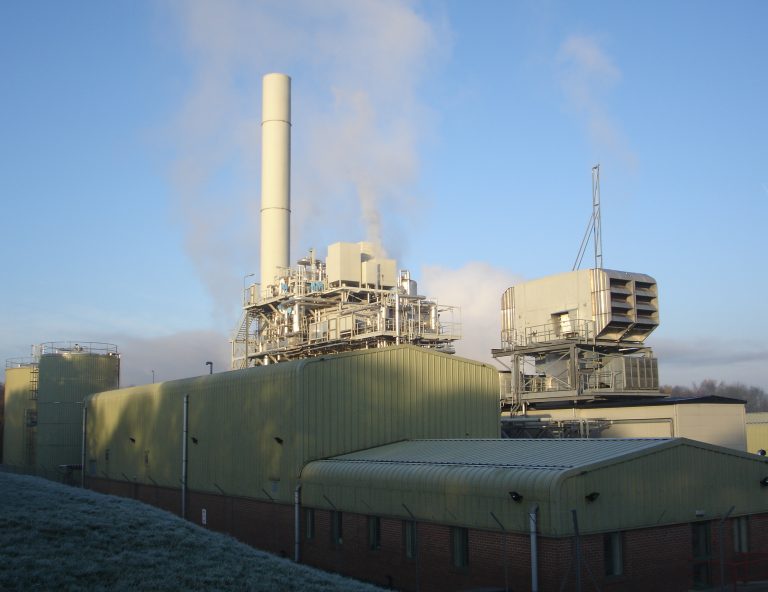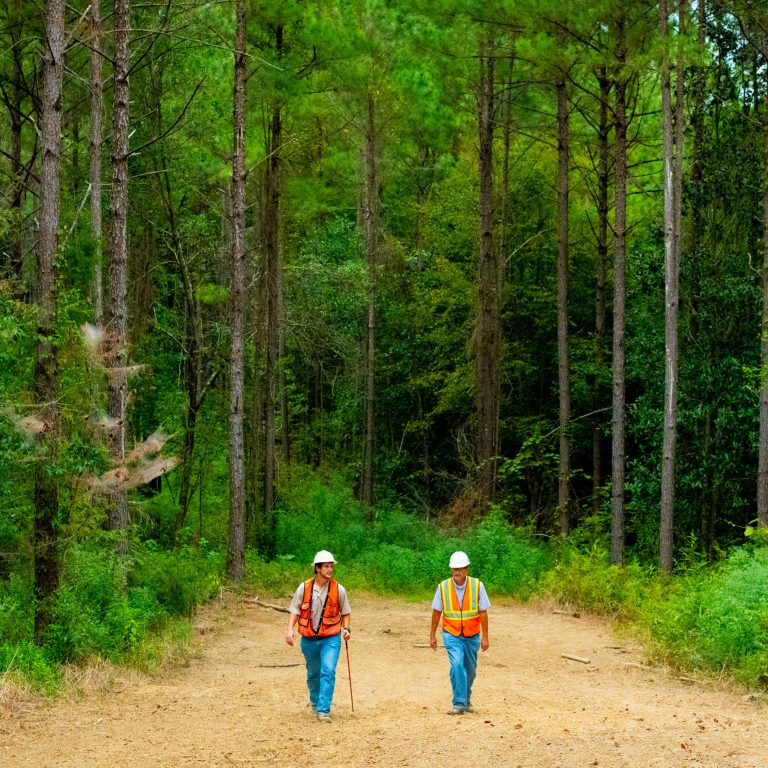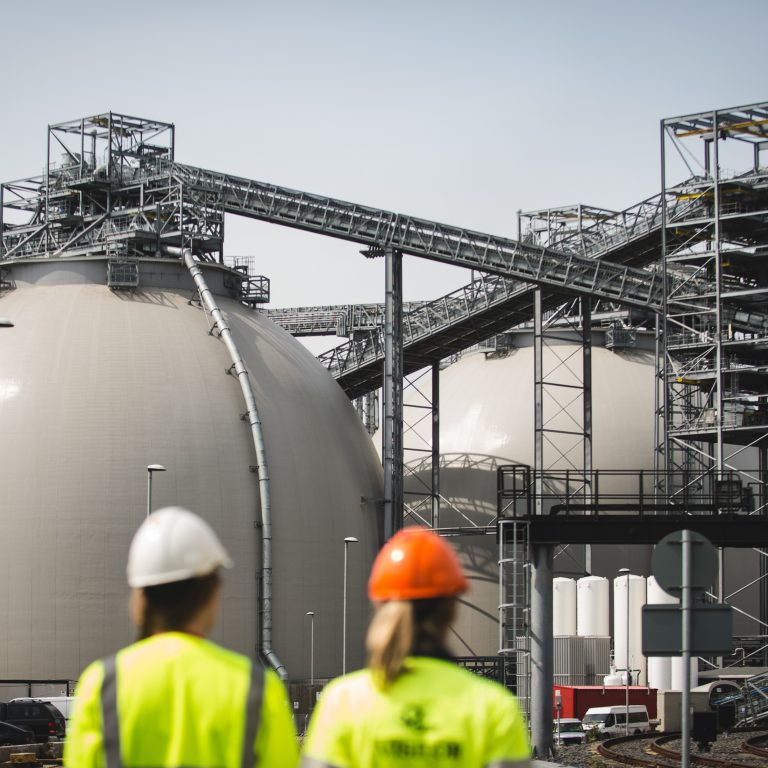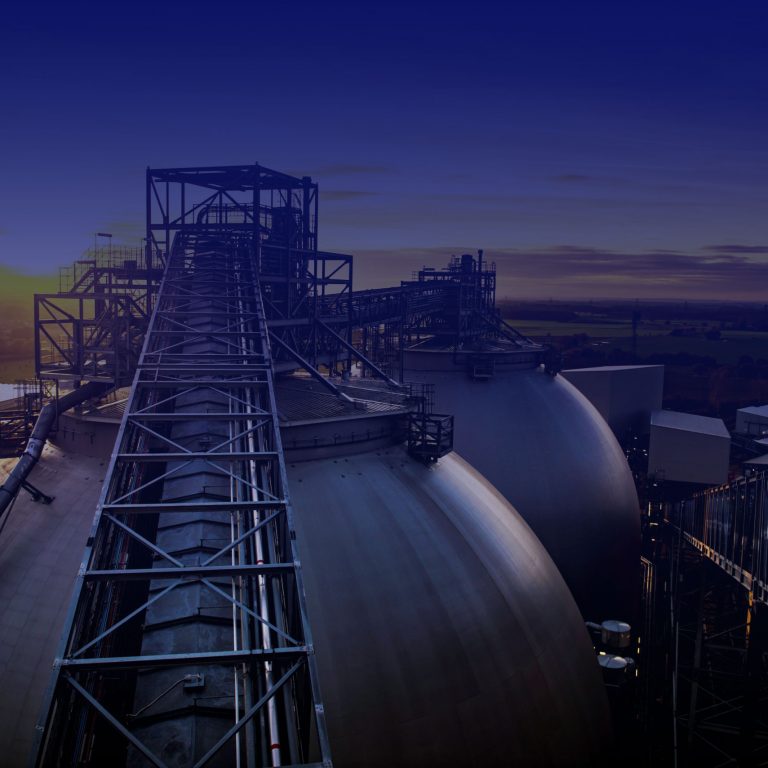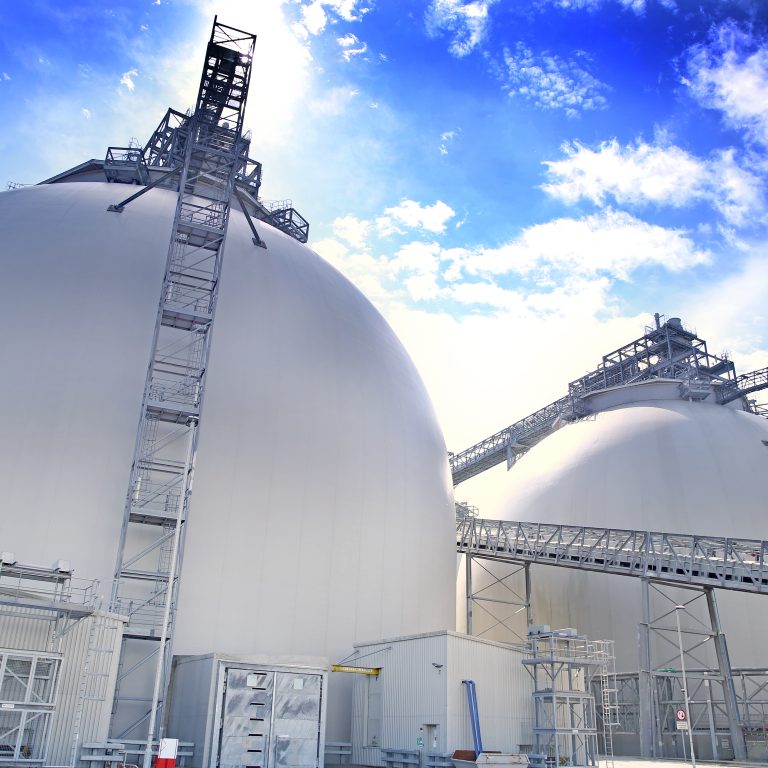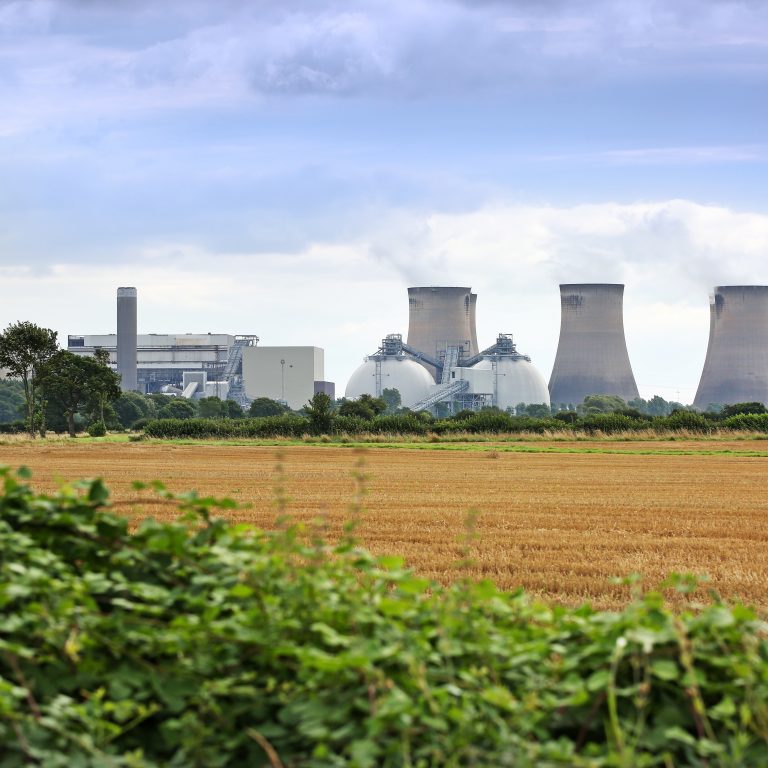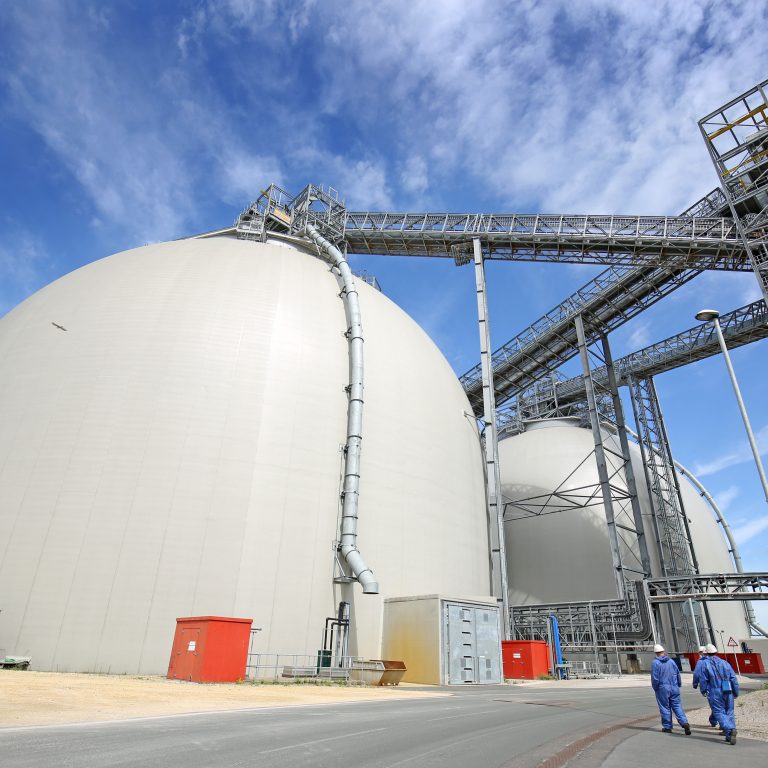Enabling a zero carbon, lower cost energy future
Chapter 1:
Welcome, highlights & at a glance
WELCOME TO DRAX GROUP
Our purpose:
Enabling a zero carbon, lower cost energy future
Drax’s goals are to enable:
-
A zero carbon economy: Meeting climate change commitments and leaving our environment better than we found it
-
A lower cost energy system: Ensuring the energy system is delivered at a lower cost
-
Greater security and control: Providing and supporting a reliable supply of renewable energy and giving customers greater control of their energy
This web page presents the Strategic Report section. View the full Drax Group plc Annual report and accounts PDF.
Main photo: Cruachan dam and reservoir above Cruachan Power Station, acquired by Drax on 31 December 2018 (view case study).
2018 HIGHLIGHTS
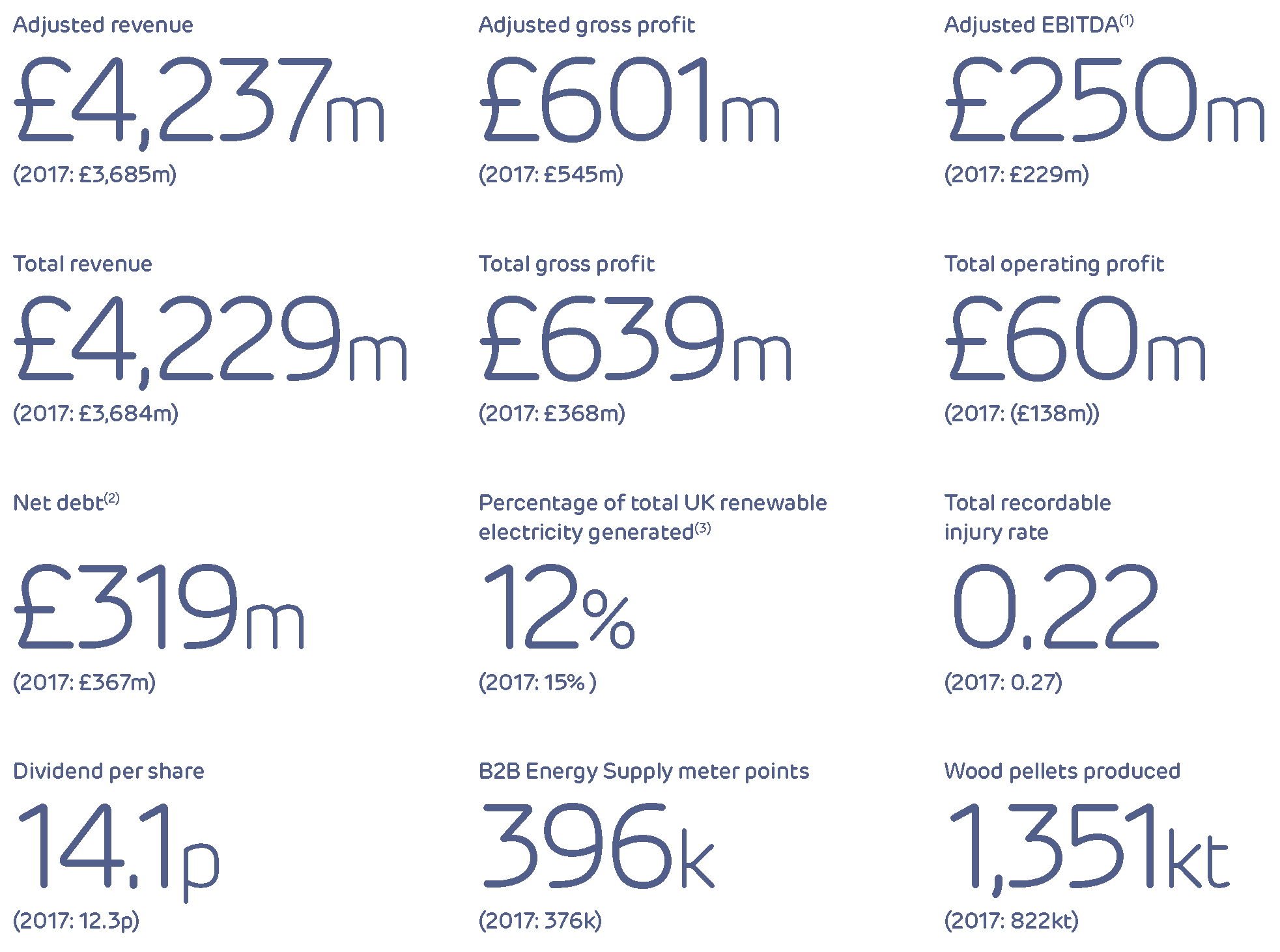
(1) Adjusted EBITDA is defined as earnings before interest, tax, depreciation, amortisation, excluding the impact of exceptional items and certain remeasurements.
(2) Net debt is defined as borrowings less cash and cash equivalents. Net debt does not include the £687 million which was paid on 2nd January 2019 for the acquisition of the generation business from ScottishPower.
(3) Drax estimates that it produced around 12% of the UK’s renewable electricity between Q4 2017 and Q3 2018 (Q4 2016 to Q3 2017). This is based upon the latest BEIS Energy Trends 6.1 data.
WHAT'S INSIDE: Chapter 2 -- Our Group CEO, Will Gardiner, reviews the year and progress made against our strategy; Chapter 3 -- Our business model describes our activities and how we generate value from our resources; Chapter 6 -- Sustainability is at the heart of our business
OUR CORE ACTIVITIES AT A GLANCE
Drax Group operates an integrated value chain across three principal areas of activity: sustainable wood pellet production; flexible, low carbon and renewable energy generation; and energy sales and services to business customers. Our activities are underpinned by safety, sustainability, operational excellence and expertise in our markets.

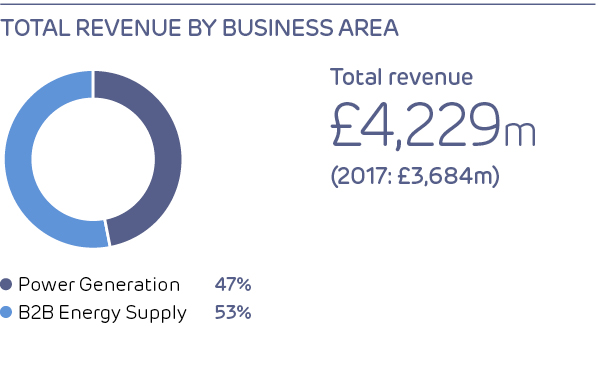
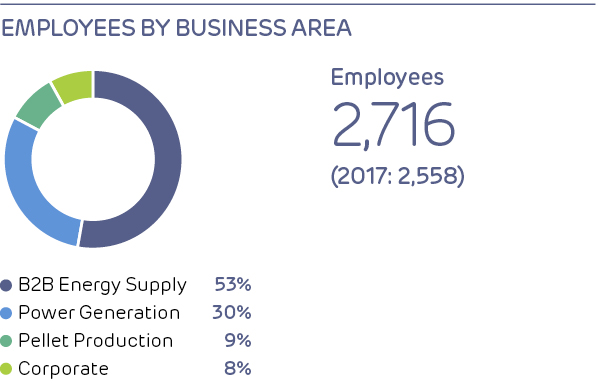
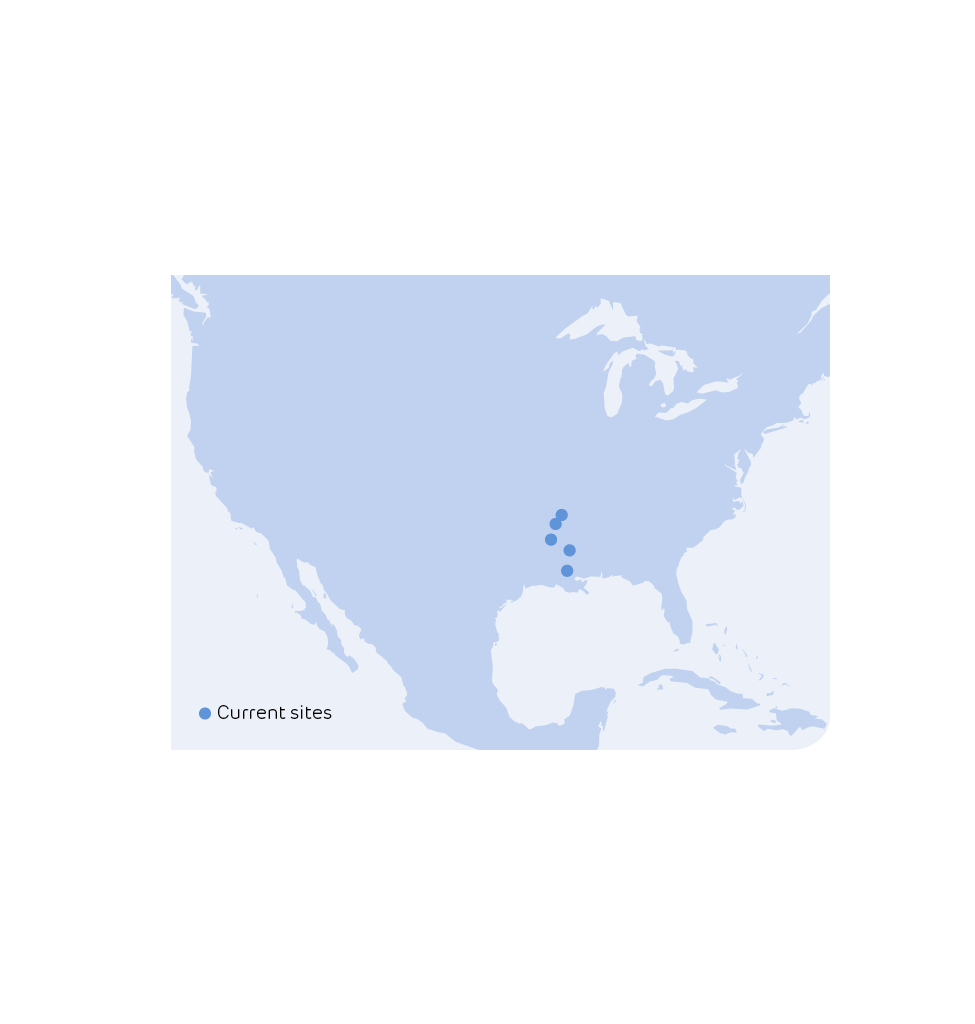
PELLET PRODUCTION
A leading producer of wood pellets from sustainable low-value commercial forestry residues.
Manufacture and supply of good quality wood pellets at the lowest cost to our Power Generation business for use in the generation of renewable electricity.
Our assets:
- 2 x 525 ktonne pellet plants
- 1 x 450 ktonne pellet plant
- 1 Mtonne export facility at Baton Rouge port
1,351kt
pellets produced
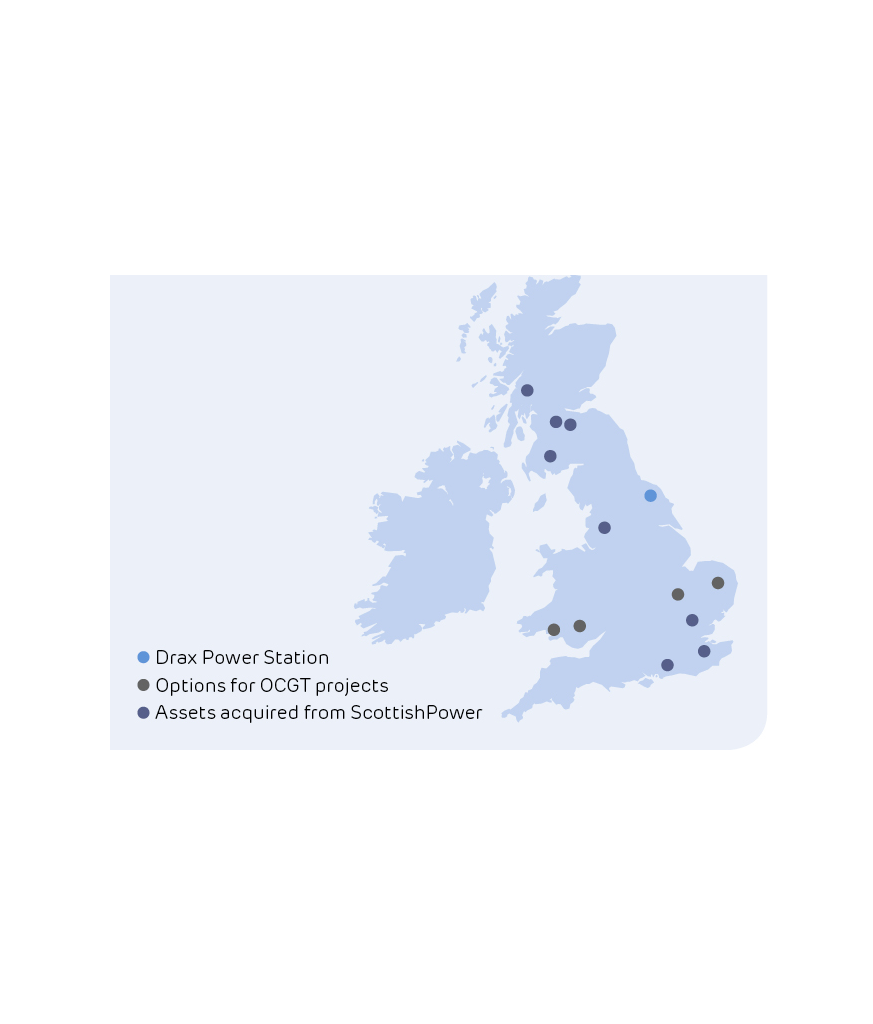
POWER GENERATION
A portfolio of flexible, low carbon and renewable UK power generation.
A multi-site, multi-technology generation portfolio providing power and system support services to the electricity grid.
Our assets:
- 6GW biomass generation and system support
- 3GW coal generation and system support
- On 31 December 2018 we acquired a 2.6GW portfolio of assets from ScottishPower (further details)
- Option for 4 x 299MW Open Cycle Gas Turbines (OCGT)
Generation
18.3TWh
Capacity
3.9GW
(6.5GW from 31 December 2018)
Renewables
75%
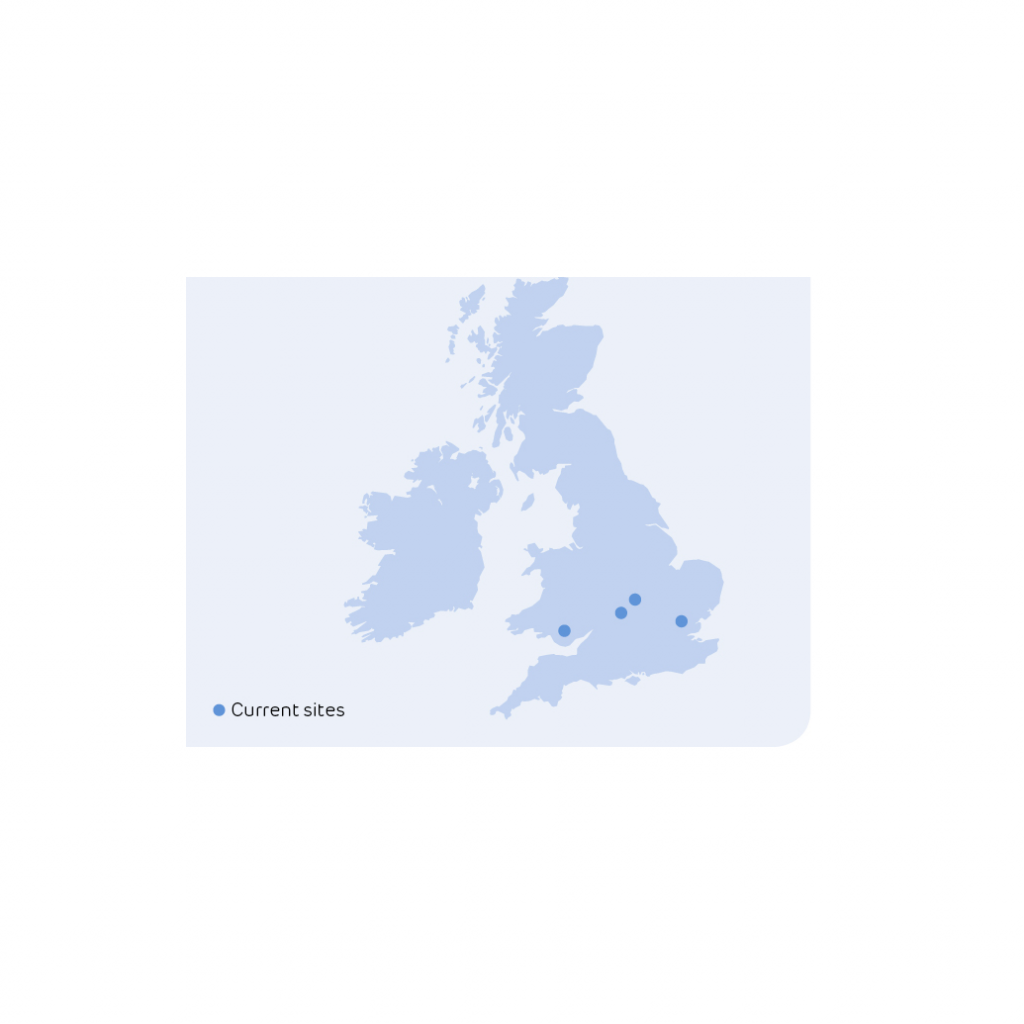
B2B ENERGY SUPPLY
A leading supplier of renewable energy solutions to industrial and business customers.
Supplier of power, gas and value-adding services to industrial, corporate and small and medium-sized businesses, representing an 11% share of the B2B power market.
Our assets:
- Opus Energy
- Haven Power
Customer meters
396k
Power sales
20.9TWh
Chapter 2:
Chair's statement & CEO's review
CHAIR’S STATEMENT
“Our flexible, low carbon and renewable approach is delivering high quality earnings and further opportunities for growth.”
Philip Cox CBE, Chair, Drax Group
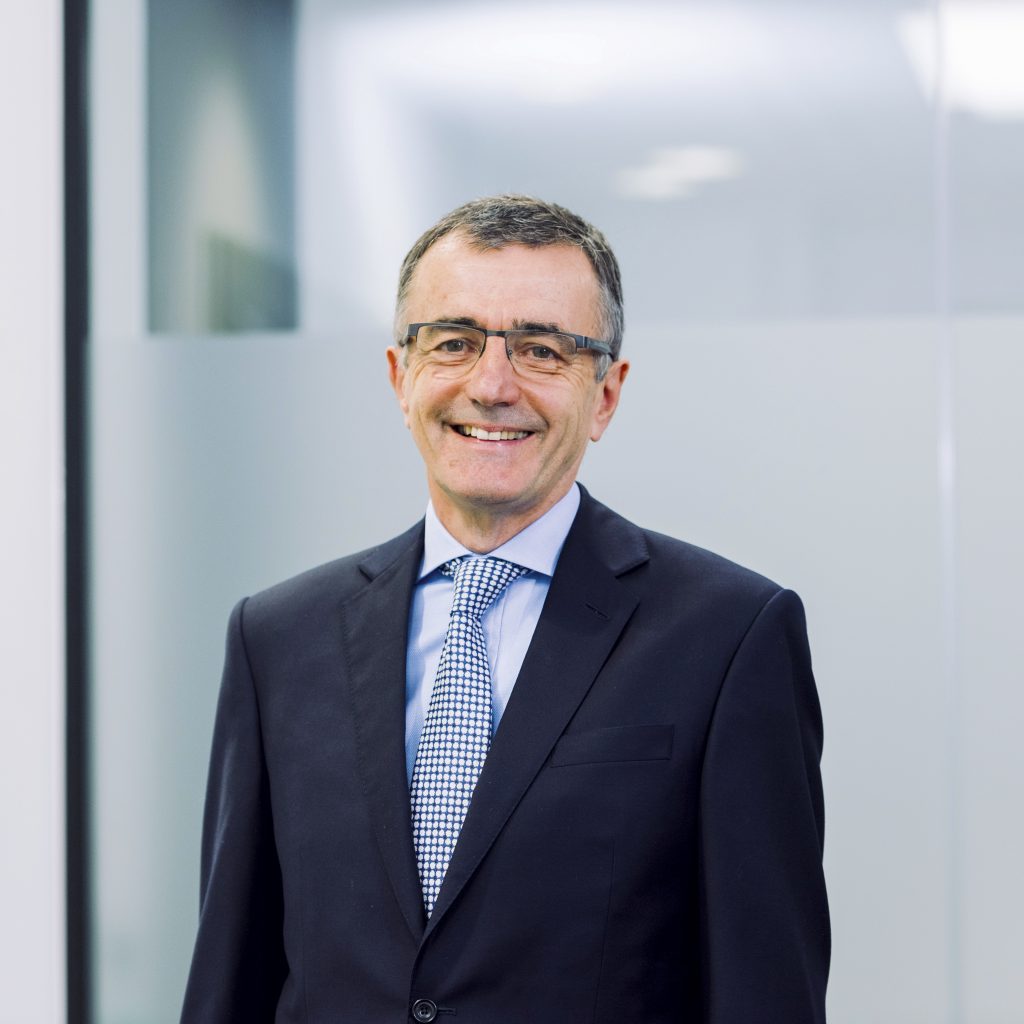
INVESTMENT CASE
-
Critical to decarbonisation of the UK’s energy system and a major source of flexible, low carbon and renewable power from a nationwide portfolio of generation technologies
-
Underlying growth in the core business and attractive investment opportunities
-
Increasing earnings visibility, reducing commodity exposure
-
Strong financial position and clear capital allocation plan
Introduction
In 2018 we made good progress with the strategy we first announced in December 2016.
The strategy is to focus on our flexible, low carbon and renewable generation, combined with a customer-focused approach to energy supply. The Group aims to deliver higher quality earnings, a reduction in commodity exposure and opportunities for growth aligned with the country’s ambitious low carbon energy needs. I expect the Group to be at the centre of this change and to work in partnership with Government to help the UK meet its energy objectives.
In December 2018 we completed the acquisition of a portfolio of pumped storage, hydro and gas generation assets from ScottishPower, following shareholder approval at the General Meeting held on 21 December 2018. These assets are highly complementary to our strategy, and will form a very important part of our portfolio.
Operationally, the Power Generation business managed a major unplanned generator outage in early 2018, as well as an unrelated outage in December 2017 due to a fire at our rail unloading facility. Both outages restricted biomass generation in early 2018. We have learned important lessons from these events as we continuously strive for improved safety and operational performance.
Notwithstanding these events we continued to provide a significant amount of the UK’s renewable power and completed the conversion of a fourth unit from coal to biomass – on schedule and budget.
We have continued to develop options for gas generation at four sites around the UK as well as the option for coal-to-gas repowering at Drax Power Station. These options could provide new sources of flexible generation and support the UK’s decarbonisation targets while delivering attractive returns to our shareholders, subject to the right long-term support mechanism being in place.
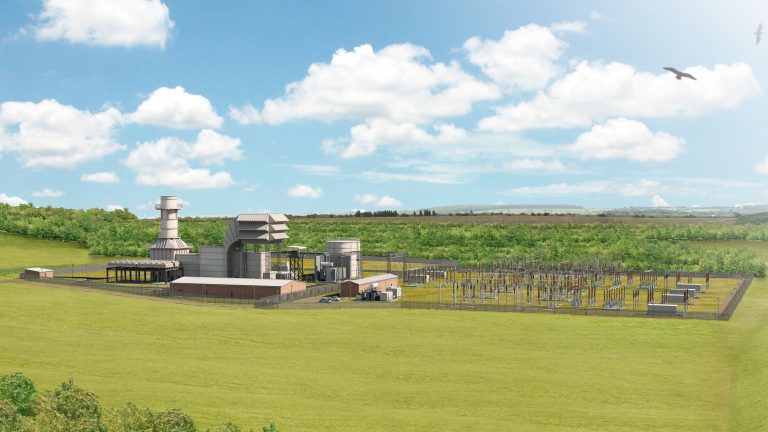
Millbrook Power, one of four rapid-response gas power station development projects
Good quality, sustainable, low cost biomass is central to our business and, in Pellet Production, we successfully commissioned our third pellet plant – LaSalle Bioenergy – ahead of schedule and on budget. We also relocated our US administration to Monroe, Louisiana to bring increased focus and efficiency to our business. Although pellet quality improved in 2018 it was below the level we targeted and we are focused on delivering further improvements during 2019.
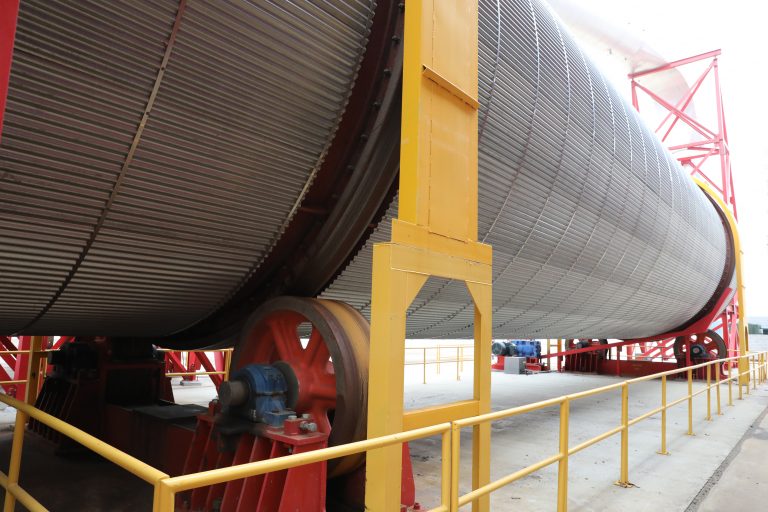
LaSalle BioEnergy in Louisiana, one of three Drax Biomass pellet plants
In B2B Energy Supply we have increased customer meters and margin, although the market for many of our customers remains challenging. This has contributed to an increase in bad debt provisioning.
Results and dividend
Adjusted EBITDA in 2018 of £250 million grew by 9% compared to 2017 (£229 million). This reflects high levels of renewable power generation from sustainable biomass as well as Adjusted EBITDA growth in our Pellet Production business.
At the 2018 half year results we confirmed an interim dividend of £22 million (5.6 pence per share) representing 40% of the full year expected dividend of £56 million (14.1 pence per share) (2017: £50 million, 12.3 pence per share). Accordingly, the Board proposes to pay a final dividend in respect of 2018 of £34 million, equivalent to 8.5 pence per share. This represents a 12% increase on 2017 and is consistent with our policy to pay a dividend which is sustainable and expected to grow as the strategy delivers an increasing proportion of stable earnings and cash flows.
The Group has a clear capital allocation policy which it has applied throughout 2018. In determining the rate of growth in dividends from one year to the next the Board will take account of contracted cash flows, the less predictable cash flows from the Group’s commodity based business and future investment opportunities. If there is a build-up of capital, the Board will consider the most appropriate mechanism to return this to shareholders.
Reflecting this approach to capital allocation, in February 2018 the Group announced a £50 million share buy-back programme, which was successfully completed in January 2019.
Corporate governance
In January 2018 Will Gardiner, who was previously Group Chief Financial Officer (CFO), became Group Chief Executive Officer, succeeding Dorothy Thompson CBE. His appointment followed a thorough review of internal and external candidates and was a natural progression after two years working alongside Dorothy developing a strategy which I am confident will continue to create significant benefits for all stakeholders.
We are also delighted to welcome Andy Skelton to the Board as CFO from January 2019. Andy is a highly experienced CFO having previously served as CFO at Fidessa. I extend my thanks to Den Jones who did an excellent job as Interim CFO, supporting the delivery of the strategy and the acquisition of the ScottishPower assets. Den will remain with the Group until May 2019 to support the integration process.
Drax remains committed to the highest standards of corporate governance. The Board and its committees play an active role in guiding the Company and leading its strategy. We greatly value the contribution made by our Non-Executive Directors and during a time of transition their role remains especially important.
During 2018, as part of our structured succession planning, we welcomed two new Non-Executive Directors to the Board. Nicola Hodson has valuable experience in technology, business transformation and energy. Vanessa Simms has over 20 years’ experience in senior finance roles, with a particular focus on implementing strategic change.
David Lindsell will step down at the Annual General Meeting (AGM) in April 2019. David has served for ten years and remained on the Board during 2018 to assist with the onboarding of the new CFO and Chair of the Audit Committee. Tony Thorne will step down in June 2019 and Tim Cobbold will step down in September 2019, each having served nine years. Nicola will succeed Tony as Chair of the Remuneration Committee and Vanessa will succeed David as Chair of the Audit Committee. David Nussbaum will take over as our Senior Independent Director.
I would like to thank each of David Lindsell, Tony and Tim for their very significant contributions to the Board and, for David and Tony, their invaluable leadership of the Audit and Remuneration Committees respectively.
Sustainability
A key part of our approach to corporate governance is sustainability. This remains at the heart of the Group and part of its culture. It covers both biomass sustainability and, more broadly, long-term sustainability – achieving a positive economic, social and environmental impact and considering long, medium and short-term factors in our stewardship of the business.
We measure our performance as part of our Group Scorecard, which covers a range of matters that we see as crucial to the longevity of the Group. We therefore use the Scorecard as a key element of our Bonus and Long Term Incentive plans.
Our people

Opus Energy employees holding meeting in Northampton, 2019
Our people – employees and contractors – remain a key asset of the business and we are all focused on creating a diverse and inclusive working environment that is both safe and supportive. Employee safety is a long-held and central commitment of our operational philosophy. While the number of incidents we have experienced remains low, we need to remain vigilant and reduce the number of high potential incidents. We remain committed to the highest standards of safety and wellbeing across the Group.
I would also like to welcome colleagues from ScottishPower. We believe they will provide highly complementary expertise and a strong cultural fit, to create an expanded world-class engineering and operations capability.
My sincere thanks to all of my colleagues for their ongoing commitment, dedication and hard work.
In concluding, I would like to say that the Board remains totally committed to the complementary aims of delivering sustainable long-term value for the Group, supporting the communities in which we operate and enabling a zero carbon, lower cost energy future for the UK.
Philip Cox CBE
Chair
CHIEF EXECUTIVE’S REVIEW
“Progressing our strategy and supporting the UK’s transition to a low carbon economy.”
Will Gardiner, Group CEO, Drax Group
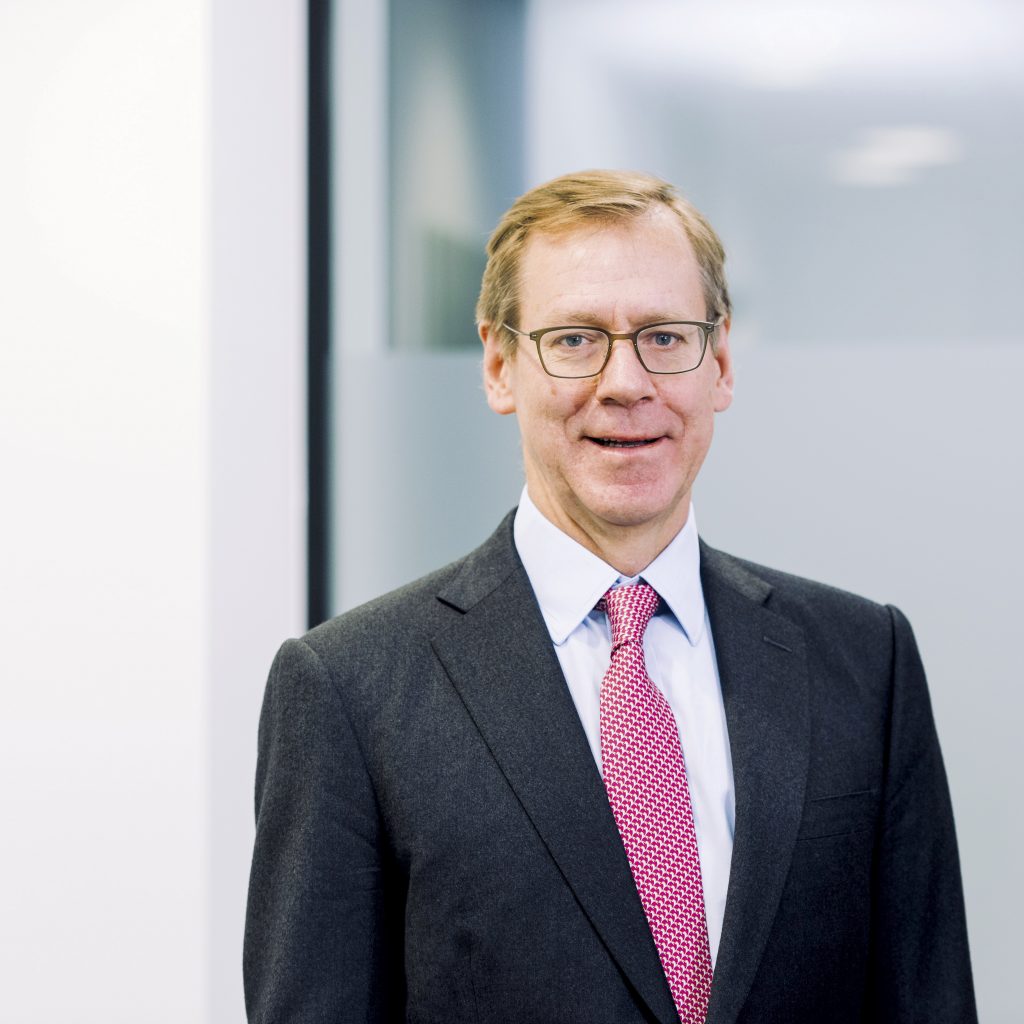
2018 HIGHLIGHTS
-
Acquisition of ScottishPower generation assets
-
Adjusted EBITDA growth
-
Group Scorecard performance ahead of target
-
Conversion of fourth biomass unit
-
Commissioning and full production at LaSalle Bioenergy
-
Completion of US bond issue
-
Share buy-back programme
-
Launch of Bioenergy Carbon Capture and Storage (BECCS) pilot
Strategy
Our purpose is ‘to enable a zero carbon, lower cost energy future’, and this is the basis of our strategy.
Over time we expect the UK’s power system to become increasingly dominated by intermittent wind and solar power. A smaller, but important, part of our power will need to be provided by other forms of low carbon generation that is available when wind and solar power are not available. Our strategy is to meet that need and support the UK power system.
Through addressing UK energy needs, and those of our customers, our strategy is designed to help us deliver long-term financial performance across the Group. In doing so we are reducing our historic exposure to commodity markets and delivering higher quality earnings with opportunities for growth.
Further growth will come from flexible operation of the Group’s expanded generation portfolio and the provision of system support services as well as growth in our Pellet Production and B2B Energy Supply businesses. As we integrate the ScottishPower assets in 2019 we will be reassessing our longer term financial targets.
The Group’s commitment to safety remains strong and, while the number of overall incidents was low, we did have a serious injury in one of our pellet plants in the US. During 2019 we will be strengthening our focus to reduce the number of high potential incidents.
Summary of 2018
We have made good progress with the delivery of our strategy during 2018 and delivered a Group Scorecard performance ahead of target.
Total Recordable Injury Rate (TRIR), our primary safety measure, was 0.22. This reflects a strong performance in Power Generation but with a significant failing in Pellet Production. As always there is more we can do in our pursuit of zero incidents, and in 2019 we will be redoubling our efforts to improve our safety performance.
Adjusted EBITDA, a financial KPI, was £250 million, in line with our expectation and significantly ahead of 2017. In Power Generation the impact of unplanned biomass outages in early 2018 restricted renewable power output. However, a strong team effort, the flexible and responsive operation of our coal generating units and the conversion of a fourth unit to biomass helped to mitigate the impact. Pellet Production increased output and reduced cost per pellet, although challenges remain on pellet quality. B2B Energy Supply grew its market share and margin per meter, but faced a challenging market for customers and competitors.
In December 2018 we completed the acquisition of a portfolio of assets from ScottishPower for an initial net consideration of £687 million (based on total consideration of £702 million, less customary working capital adjustments). We expect the portfolio to provide high quality earnings and financial returns significantly ahead of the Group’s cost of capital. Integration of these assets will take place during 2019.
During the year we replaced floating debt with fixed rate bonds, reducing our overall cost of debt and extending the maturity profile to further strengthen our already strong balance sheet. Net debt to Adjusted EBITDA was 1.3x at the end of December 2018, ahead of the forecast contained in the Shareholder Circular, dated 5 December 2018, of around 1.5x for the full year. The acquisition consideration was paid on 2 January 2019.
Operational review
Our TRIR in Pellet Production was 0.63, a reduction on the previous year (2017: 0.83). We had five recordable safety incidents, three at our LaSalle plant and two at Amite. Morehouse completed the year with no incidents.
Our Pellet Production operations saw growth in Adjusted EBITDA and record levels of pellets produced, with output of 1,351kt, up 64% year-on-year. This reflects the successful commissioning of our third pellet plant, LaSalle, which has now achieved full production – ahead of plan – as well as consistent production at our Amite and Morehouse plants.
The focus of our activity is the US Gulf region – an area with strong commercial forestry, and good infrastructure and sustainability credentials. Recognising the importance of the region, we relocated our US administration from Atlanta, Georgia to Monroe, Louisiana, providing operational savings and supporting our focus on delivering good quality sustainable pellets at the lowest cost.
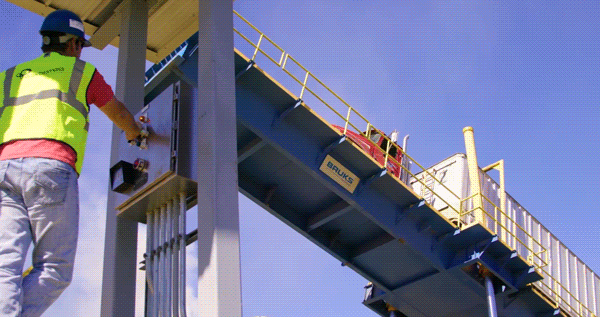
Pellet costs and pellet quality, which we measure based on the amount of fines (smaller particles of wood pellet material) in each cargo, are KPIs for the Group. High levels of fines lead to higher levels of dust, which can create health and safety risks through the supply chain. Year-on-year we have seen a significant improvement in pellet quality, although we did not achieve our target for 2018 and are focused on addressing this issue in 2019.
Increased volumes, operational improvements and a continuing focus on cost contributed to a year-on-year reduction in cost per tonne of 10%. This represents good progress, but there are more opportunities for cost reduction in order to achieve our goal of making biomass power generation viable without subsidy. We will do this by using a greater proportion of the very cheapest wood residues and expanding the use of sustainably sourced low-cost materials.
Early progress in this regard was the signing of a co-location agreement with Hunt Forest Products, a sawmill operator, which will see them build and operate a sawmill next to LaSalle. The agreement will enable a greater proportion of lower cost sawmill residues to be used, reducing transportation and the number of steps in the production process, thereby reducing the cost.
We have also built a new rail spur linking LaSalle to the regional rail network and our port facility at Baton Rouge. This will increase transportation efficiency, provide economies of scale and reduce both cost and carbon footprint.
We continue to evaluate opportunities for the acquisition of pellet capacity as well as the expansion of our existing sites.
In Power Generation, the unplanned biomass unit outages in early 2018 resulted in reduced generation. Biomass availability is a KPI for the Group. Since returning to service the units have performed well, with high availability during the remainder of the year. In 2018 the availability of our biomass units was 91%, ahead of target.
Notwithstanding outages our biomass units produced 12% of the UK’s renewable power – enough to power four million homes. This level of renewable generation, combined with the flexibility of our expanding portfolio, allows the Group to support the continued deployment of intermittent renewables and the UK’s ambitious targets for decarbonisation.
The protection of both our people and our assets is a top priority. The fire we experienced in December 2017 demonstrates the combustible nature of biomass and the need for strong controls and processes. Throughout the year we commenced installation of suppression equipment throughout our biomass handling plant. These complement our existing processes and respond to the detection of ingition events in milliseconds.
In August 2018 we completed the conversion of a fourth generating unit from coal to biomass. This allows us to produce a greater amount of renewable power at times of high demand, which are typically periods of higher carbon intensity. In this way we plan to deliver more renewable power, while providing system support at minimum cost to the consumer. The operational experience to date has been encouraging.

Energy and Clean Growth Minister Claire Perry visited the Drax Power Station BECCS pilot project in November 2018. Click to view/download.
In May 2018 we commenced a low-cost pilot project looking at the potential for Bioenergy Carbon Capture and Storage (BECCS). While at an early stage, the scheme is capturing carbon and offers the potential for biomass to deliver carbon negative generation, which will be required if the UK is to achieve its decarbonisation targets, further supporting the case for biomass generation in the long-term.
Stronger power prices in 2018, reflecting colder weather and higher underlying global commodity prices, led to an increase in the level of coal generation in the latter half of the year. However, the market for coal generation was challenging and our two remaining units increasingly focus on short-term power market opportunities, rather than baseload power generation.
In 2018 Value from Flexibility (a Scorecard measure of the value from flexible power generation, support services provided to the power network and attractively priced coal fuels) was £79 million, in line with plan. Given the structural shift in UK generation towards intermittent renewables we expect greater power price volatility, a growing need for system support services and increasing value from flexibility.

A combined cycle gas turbine
Our heritage is coal but our business is now flexible, low carbon and renewable power. We believe gas generation is consistent with supporting the transition of the energy system. To that end we are making progress with the development of options for four 299MW Open Cycle Gas Turbine (OCGT) plants and up to 3.6GW of coal-to-gas repowering at Drax Power Station. These projects would require support through the Capacity Market (once re-established) and if successful in a future auction could result in 15-year index-linked capacity agreements, providing a clear investment signal and extending visibility of our contract-based earnings through the late 2030s.
As part of the acquisition of the ScottishPower generation assets, the Group also acquired a permitted option for the development of a 1.8GW Combined Cycle Gas Turbine at Damhead Creek, Kent.
In B2B Energy Supply, we increased our market share by 1%(1). This was a creditable performance in what is a competitive market, although below target.
The quality of business (a measure of the margin from power sales) was below our target, reflecting exceptionally cold winter weather, the costs associated with competitor failure, and a challenging market for customers resulting in increased bad debt expense and provisioning. In the context of the wider market this reflects a good performance.
Integration of Opus Energy is progressing and we have now consolidated our Northampton operations into a single site, which we expect to deliver additional operational efficiencies and cost savings.
We are making progress in reducing our cost to serve against target, which will be an important source of competitive advantage in the future. We are currently progressing the implementation of a new technology platform which will provide further opportunities for efficient operations. Technology has a key role in shaping the market and our business and we remain alert to opportunities this may present.
Digital offerings are a growing feature of the market. We believe our investment in this area will provide commercial opportunities, a reduced cost to service and an enhanced customer experience. It will also provide scalable data analytics and build on the roll-out of smart meters to deliver tailored customer propositions.
The business has a strong renewable proposition, with 69% of power sales renewable in 2018, a level which we expect to increase. Opus Energy also provides a route to market for more than 2,000 small embedded renewable generation sites.
(1) Based on the year-on-year change to the number of SME customer meters on supply
Adjusted EBITDA
£250m
(2017: £229m)
Total operating profit
£60m
(2017: (£138m))
B2B Energy Supply customer meters
396k
(2017: 376k)
Total Recordable Injury Rate
0.22
(2017: 0.27)
Politics, regulation and policy
Brexit remains a key issue for the UK. To date the impact on the Group has been limited, with the principal risk being a weakening of sterling and the cost of biomass which is generally denominated in other currencies. Through our use of medium-term foreign exchange hedges the Group has protected its position out to 2022 at rates close to those that we saw before the Brexit referendum vote.
Most of our wood pellets are imported from North America and Europe. The potential for delays at ports is a challenge, but with access to facilities at four UK ports and associated freight links, in addition to storage throughout our supply chain, we have a good degree of resilience should delays occur.
In the event of a ‘hard’ Brexit, the UK has indicated that it will leave the European Energy Union and EU Emissions Trading Scheme. This mechanism is an important part of the UK’s total carbon price (the combined UK Carbon Price Support (CPS) and the European Union Emissions Trading Scheme – (EU ETS). The Government has confirmed that were this to happen the UK would increase the carbon tax to £34/tonne, compensating for the loss of the EU ETS until 2021. CPS has been the single most effective instrument in reducing the level of carbon emissions in power generation and Drax continues to support an effective carbon price signal for investment in low carbon technology.
Capacity market
In November 2018 the Court of Justice of the European Union declared that the process used by the European Commission to approve the UK Capacity Mechanism was not valid. Following this decision the UK Government suspended capacity payments whilst the European Commission conducted a formal investigation. The European Commission is also challenging the Court’s ruling.
The suspension of the Capacity Market impacted Group Adjusted EBITDA during 2018. In Generation we continued to meet our obligation and provide capacity but did not receive or accrue the revenue expected from this activity during the final three months of the year. In B2B Energy Supply we provided for all costs associated with the Capacity Market in 2018. Our approach was based on continuing to include charges in customer bills, with cash collected from those customers during the period. The cash will be paid to Elexon, as the collection agent, and held in escrow pending the re-establishment of the capacity market for generators, at a date yet to be determined during 2019. The net impact across the Group in 2018 was a £7 million loss to Adjusted EBITDA.
The Group assumes £68 million of capacity payment revenues in 2019. Of this, up to £47 million is derived from the ScottishPower assets. As part of the acquisition of these assets we agreed a compensation mechanism with Iberdrola. In the event that capacity payments are not received in respect of these assets in 2019, the mechanism provides, subject to gross margin thresholds, up to £26 million of payments to Drax. The agreement also allows for payments of up to £26 million to Iberdrola by Drax, subject to significantly higher than expected gross margin. These payments, if made, would not form part of Adjusted EBITDA for 2019.
We believe that the Capacity Market is an important cornerstone energy policy, a cost-effective safeguard for security of supply and necessary to underpin the development of new generation projects, including our own gas projects. Our view that the Capacity Market will be re-established on the same or similar terms is consistent with the position expressed by the UK Government. We expect the issue to be resolved during 2019 and we reflect this in our expectations for the year.
Safety, sustainability and governance

The health, safety and wellbeing of our employees and contractors is vital to the success of the Group and remains our priority. We believe that a safe and sustainable business model is critical to the delivery of our strategy and crucial for long-term performance.
We have continued to maintain our rigorous and robust approach to biomass sustainability, ensuring the wood pellets we use are fully compliant with the UK’s mandatory sustainability standards. The biomass we use to generate renewable power provides an 86% carbon emissions saving against coal, inclusive of supply chain emissions. Our biomass life cycle carbon emissions are 131kgCO2-eq/MWh of electricity, less than half the UK Government’s 285 kgCO2-eq/MWh limit.
The sustainability credentials of biomass have been further reinforced by the EU’s Renewable Energy Directive which was agreed by both the European Parliament and Council in June. This includes biomass sustainability criteria which should reinforce the credentials of sustainable biomass. During the year we also became participants of the CDP, a global disclosure system to measure and manage environmental impacts. We reported our performance for the climate and forest programmes.
During 2018, we published our second statement on the prevention of slavery and human trafficking in compliance with the UK Modern Slavery Act (2015) and have joined the UN Global Compact (UNGC). We are committed to promoting the UNGC principles on respect for human rights, labour rights, the environment and anti-corruption.
People and communities
Our people are critical to the success of the business. Through 2018 we have continued the implementation of our people strategy focused on driving performance and developing and retaining talent to deliver the Group’s objectives. We have established Group-wide practices, including a behaviour framework focused on performance and personal development, and a Group-wide approach to recognising and retaining talent.
We are committed to having a diverse and inclusive workforce, where every employee has the opportunity to realise their potential. As part of this we aim to have, by the end of 2020, 40% of senior leadership roles held by women.
In March 2018 we published our first gender pay gap data. While the data showed that our businesses were in line with the energy sector overall, it highlighted that we still have work to do.
We continue to make an important contribution to the UK economy and to the local communities in which we operate. According to a study published by Oxford Economics in 2018, Drax’s total economic impact – including our supply chain and the wages our employees and suppliers’ employees spend in the wider consumer economy – was £1.6 billion, supporting 17,500 jobs across the UK in 2017.
Outlook
Our focus remains on the delivery of our strategy and long-term earnings growth, underpinned by safety, sustainability, operational excellence and expertise in our markets.
In Pellet Production we remain focused on the production of good quality pellets at the lowest cost, cross-supply chain optimisation and identifying low-cost options to increase self-supply.
In Power Generation, 2019 will see the integration of the ScottishPower assets into our generation business and opportunities to operate as a coordinated portfolio of flexible, low-carbon and renewable generation.
We believe that biomass has an important role to play in the UK power market. We also believe that existing and new gas generation has an important role to play in supporting the transition to a zero carbon, lower cost, energy future and we continue to develop our projects in that area.
In B2B Energy Supply, we are investing in digital infrastructure which we believe will enable us to continue to grow, offer market leading propositions and develop our presence in the market for flexible demand management and other value-added services.
We have made good progress with the delivery of our strategy and will continue to build on this as we progress our targets, while playing an important role in our markets and enabling a zero carbon, lower cost energy future for the UK.
Will Gardiner
Group CEO
Chapter 3:
Business model & market context
BUSINESS MODEL
Flexible, low carbon and renewable power, enabling a zero carbon, lower cost energy future.
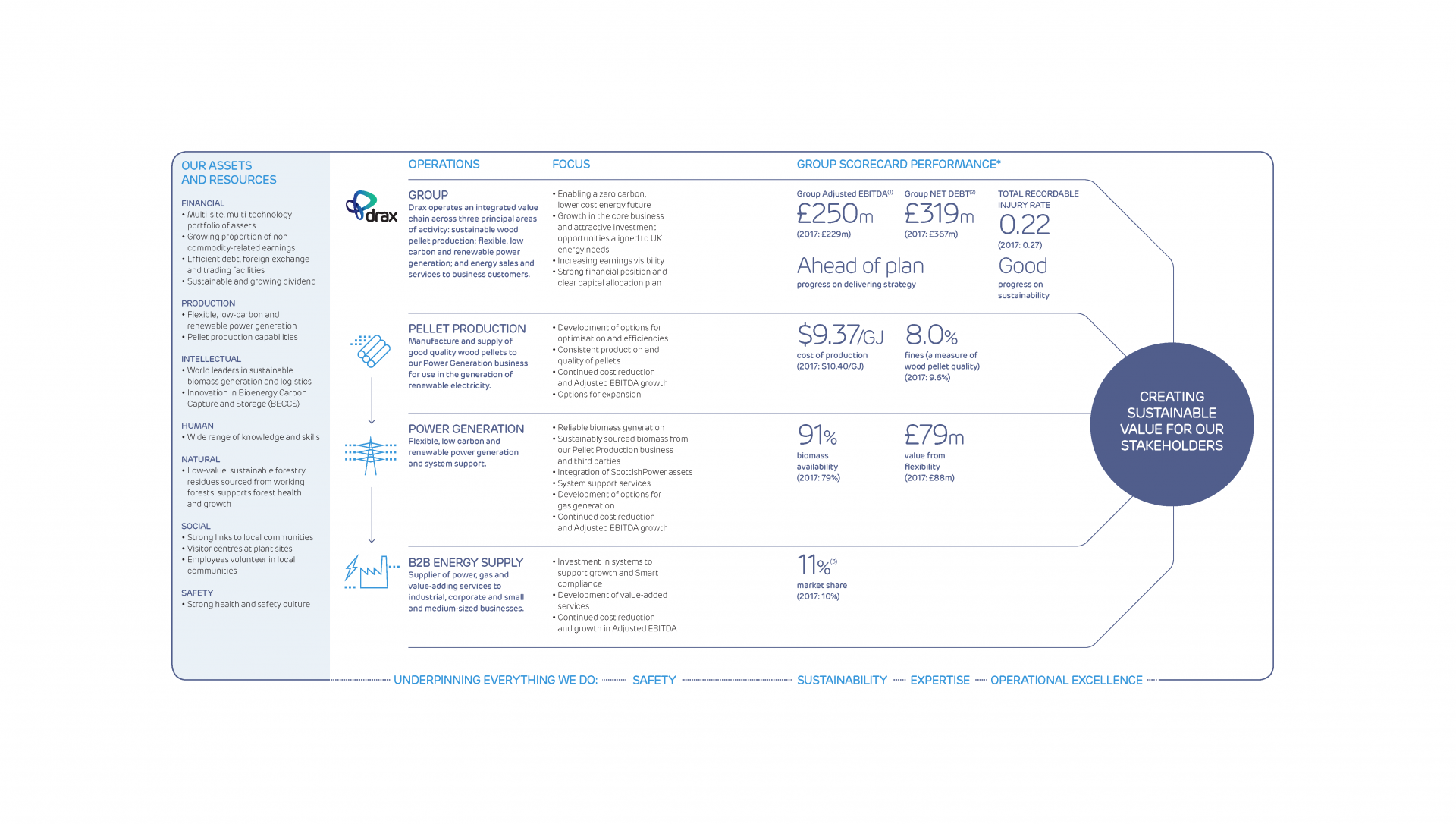
(1) Adjusted EBITDA is defined as earnings before interest, tax, depreciation, amortisation, excluding the impact of exceptional items and certain remeasurements.
(2) Net debt is defined as borrowings less cash and cash equivalents. Net debt does not include the £687 million which was paid on 2nd January 2019 for the acquisition of the generation business from ScottishPower.
(3) Group Scorecard shows growth in market share of 0.8%.
* For further details please see page 92 of the full PDF report.
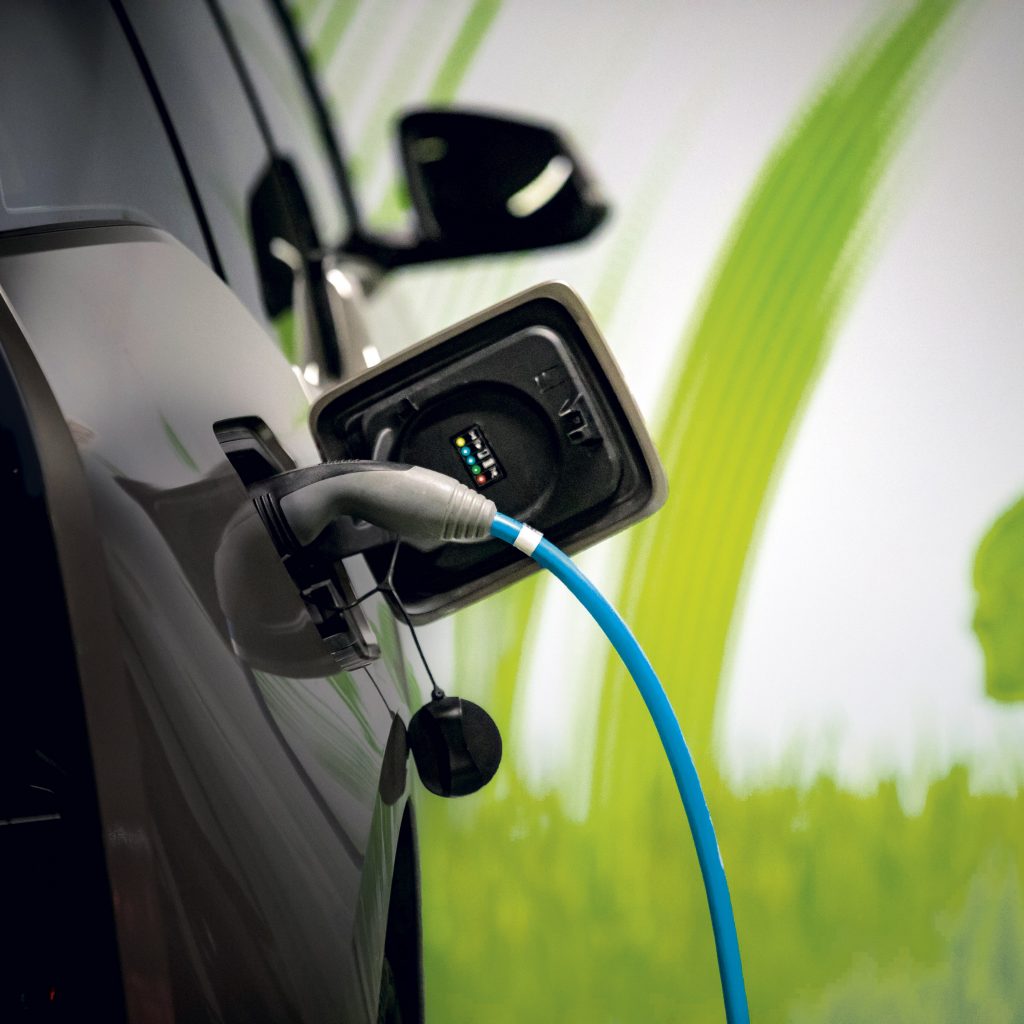
MARKET CONTEXT
Delivering tomorrow’s sustainable energy
Drax operates in a dynamic, rapidly changing market.
2018 saw the 10th Anniversary of the Climate Change Act (the ‘Act’) which has transformed the UK energy market and has demonstrated that market instruments can drive a cost-effective transition of the energy sector in line with climate goals. Since the Act became law the UK has seen its grid carbon content fall by more than 250g CO2/kWh and coal generation has fallen by over 75%.
Despite this progress there is more to do. Decarbonisation of power generation, transport and heat remains a key driver of change across the energy sector. The UK’s ambitious targets to reduce carbon emissions by 80% of 1990 levels means our power sector will almost certainly have to be net zero carbon by 2060.
Decarbonisation at this scale, across all sectors, is likely to require an absolute increase in the amount of electricity produced and consumed due to the electrification of heating and transport. A report from the Energy Transitions Commission (November 2018) estimates that electricity’s contribution to global energy supply must rise from 20% to 60% by 2060. The European Commission’s long-term strategy is only slightly less bullish when it concludes electricity will need to meet 50% of primary energy demand.
The International Panel on Climate Change concluded that as much as 85% of this energy could come from renewable energy – mainly wind and solar. Due to their intermittent nature this scale will only be achieved if the remaining 15% comes from sources which complement wind and solar, balancing the system and providing the increasingly valuable support services that a well-functioning energy system requires.
The challenges and opportunities presented by climate change are significant but they are not the only trends affecting the energy sector. Others include a need for more power generation, as the transport and heat sectors embrace new technologies, a need to manage more volatile sources of power, widely distributed sources of generation and customers who increasingly want more control over the way they use or generate their own energy. We explore Drax’s response to these trends in more detail below.
1 Drive to reduce carbon emissions
The UK Government aims to end unabated coal generation by 2025. Coal produced 5% of UK power in 2018 compared to 39% in 2012.
> OUR RESPONSE
We have reduced our coal generation facilities over the last five years, converting four of Drax Power Station’s six generation units to use sustainable biomass. In 2018 we generated 13.8 TWh of renewable power, which represents 12% of the UK’s total renewable power supply and means Drax is the largest renewable generator in the UK. We also launched a Bioenergy Carbon Capture and Storage (BECCS) pilot project.
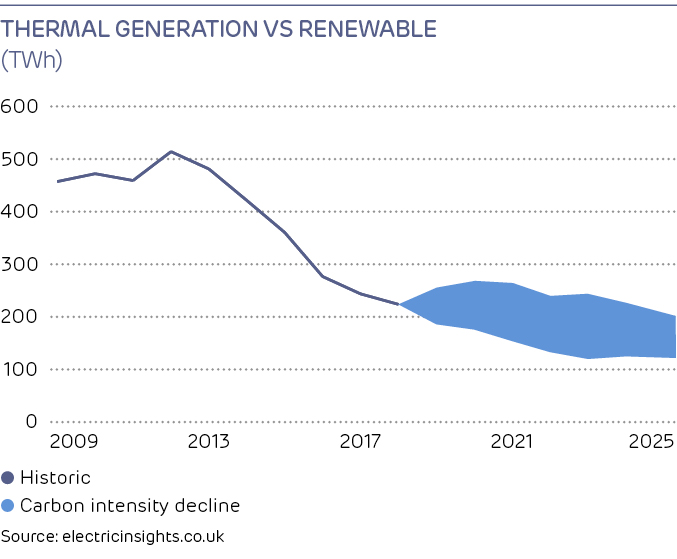
2 Evolving mix of generation
The use of intermittent renewables, such as wind and solar, is increasing and flexible, thermal generation, such as coal, is declining. This places additional pressure to balance the energy system.
> OUR RESPONSE
Drax’s portfolio of flexible generation (biomass, hydro and gas) provide these increasingly important services and bring more development opportunities.
As much as
85%
of the energy of the future could come from renewable sources
3 Need to safeguard the UK’s security of supply
More distributed generation and the increase in intermittent renewables are driving increased levels of volatility in short-term prices and a need for assets to provide system support services. There is an increasing need for flexible sources of power which can provide services such as response, reserve, reactive power, black start and inertia.
At peak times UK power supply has been getting close to the total available generation capacity. Increasing intermittent renewable generation has resulted in higher levels of volatility in short-term prices and a need for flexible generation.
> OUR RESPONSE
Drax is becoming a truly national power generator with generation assets distributed across Scotland, Northern England and the South East, and options to develop generation assets in Wales and the East of England. The Group’s total generation capacity now stands at 6.5 GW and we have options to develop a further 6.6GW. As well as adding capacity this increases our ability to provide the system services the grid relies upon.
4 Increasing market convergence and changing customer behaviour
As the energy market evolves, our business- to-business customers increasingly seek to create value from their portfolios through the installation of their own generation capabilities, the provision of demand side response and energy trading.
> OUR RESPONSE
Smart meter technology presents an opportunity to offer behind-the-meter services and the aggregation of information and capacity to customers large and small. This means Drax can open up power and flexibility markets to more customers. With flexible, renewable, low-carbon generation and trading expertise, Drax is strongly placed in this market to create shared value for customers and the Group.
5 A need for affordable, sustainable power
The business-to-business energy market is highly competitive and customers are demanding access to both low cost and renewable power.
> OUR RESPONSE
Drax now supplies more of its business-to-business customers with 100% renewable power, at no premium, than any of our competitors. Our investment in digital technologies is providing new opportunities, a reduced cost to serve and an enhanced customer experience.
Chapter 4:
Acquisition of ScottishPower Generation assets
Acquisition of 2.6GW of flexible, low-carbon and renewable UK power generation
In December Drax completed the acquisition of ScottishPower’s portfolio of pumped storage, hydro and gas-fired generation assets for an initial net consideration of £687m – flexible, renewable and low carbon generation closely aligned to Drax’s generation model.
Expected Adjusted EBITDA of
£90m–£110m
in 2019
252
operational roles transferred
to Drax as part of the acquisition,
complementing and reinforcing
Drax’s existing engineering
and operational capabilities.
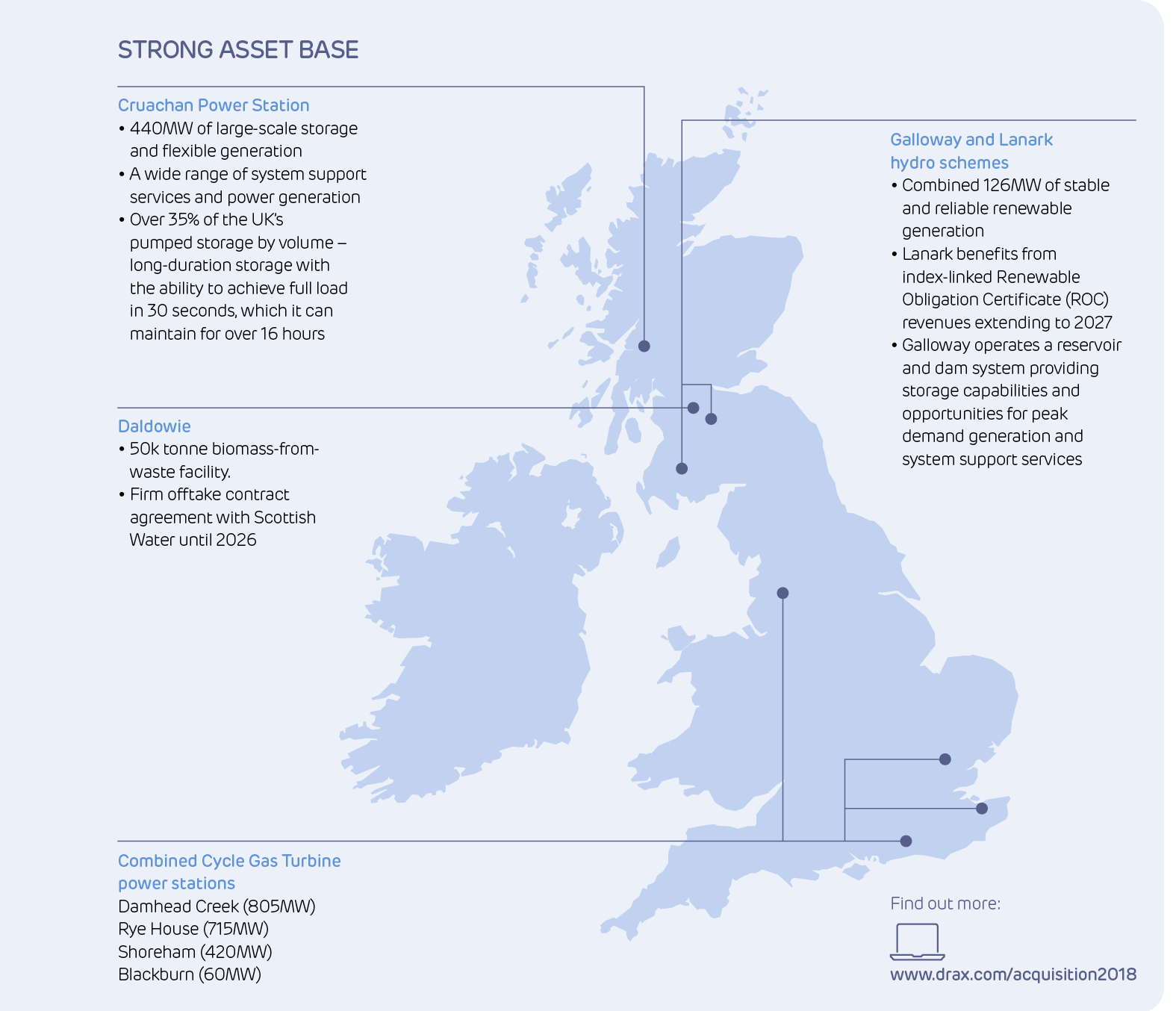
Highlights
- A unique portfolio of pumped storage, hydro and gas-fired generation assets
- Compelling strategic rationale
- Growing system support opportunity for the UK energy system
- Significant expansion of Drax’s generation model
- Diversified generation capacity – multi‑site, multi-technology
- Opportunities in trading and operations
Strong financial investment case
- High quality earnings
- Expected returns from the acquisition significantly ahead of the stand-alone Drax Group’s Weighted Average Cost of Capital
- Expected Adjusted EBITDA of £90 million–£110 million in 2019, subject to reinstatement of the Capacity Market*
- Group net debt/Adjusted EBITDA expected to be around 2x by the end of 2019, subject to the Capacity Market
- Supportive of credit rating and reduced risk profile for Drax
- Strengthens ability to pay a growing and sustainable dividend
* Expected 2019 Adjusted EBITDA is stated before any allocation of Group overheads (as these will be an allocation of the existing Drax Group cost base which is not expected to increase as a result of the acquisition).
Chapter 5:
Performance reviews

 PERFORMANCE REVIEW:
PERFORMANCE REVIEW:
PELLET PRODUCTION
Increased production
and Adjusted EBITDA growth
Our pellets provide a sustainable, low-carbon fuel source – one that can be safely and efficiently delivered through our global supply chain and used by Drax’s Power Generation business to make flexible renewable electricity for the UK. Our manufacturing operations also promote forest health by incentivising local landowners to actively manage and reinvest in their forests.
Increasing supply chain transparency and fostering stakeholder engagement
We launched ForestScope.info, an interactive digital tool that tracks Drax’s global supply chains in order to showcase the location and types of fibre we source, as well as key growth and inventory trends in the areas from which we source.
Its depth of information, and accessibility for non-experts, makes it an important tool for informing and engaging the range of stakeholders with an interest in Drax’s biomass sustainability and sourcing practices.
ForestScope was launched at two stakeholder engagement briefings in June and July 2018. The London and Brussels events led to important discussions with organisations such as WWF, Client Earth and the Natural Resources Defence Council (NRDC).
We invite feedback from stakeholders to improve ForestScope and the sustainability of our operations.
Find out more: ForestScope.info
Sales of pellets in the year ending 31 December 2018 totalled £214 million, an increase of
57%
over 2017
Financial performance and KPIs
Adjusted EBITDA of £21 million grew significantly compared to 2017 (£6 million), driven by increasing volumes of pellets produced and sold to the Power Generation business (on an arms-length basis) and lower production costs per tonne. This reflects operational efficiencies and greater utilisation of lower value forestry materials such as sawmill residues. Revenue in the year ended 31 December 2018 totalled £214 million, an increase of over 50% versus 2017.
Raw fibre procurement, transportation and processing comprised the majority of cost of sales and as such this remains an important area of focus
and an opportunity for the business. Through incremental investment in plant enhancements we expect to see further benefits from efficiencies and greater utilisation of lower cost residues.
Operating costs vary with throughput and increased in 2018, reflecting increased pellet production levels and throughput at the Port of Baton Rouge.
KPIs reflect a good performance on reducing the cost of production, which was ahead of target offset by the level of fines being significantly below target. Good quality pellets at the lowest cost is a key focus for the business and we will continue to work to improve quality and reduce cost during 2019.
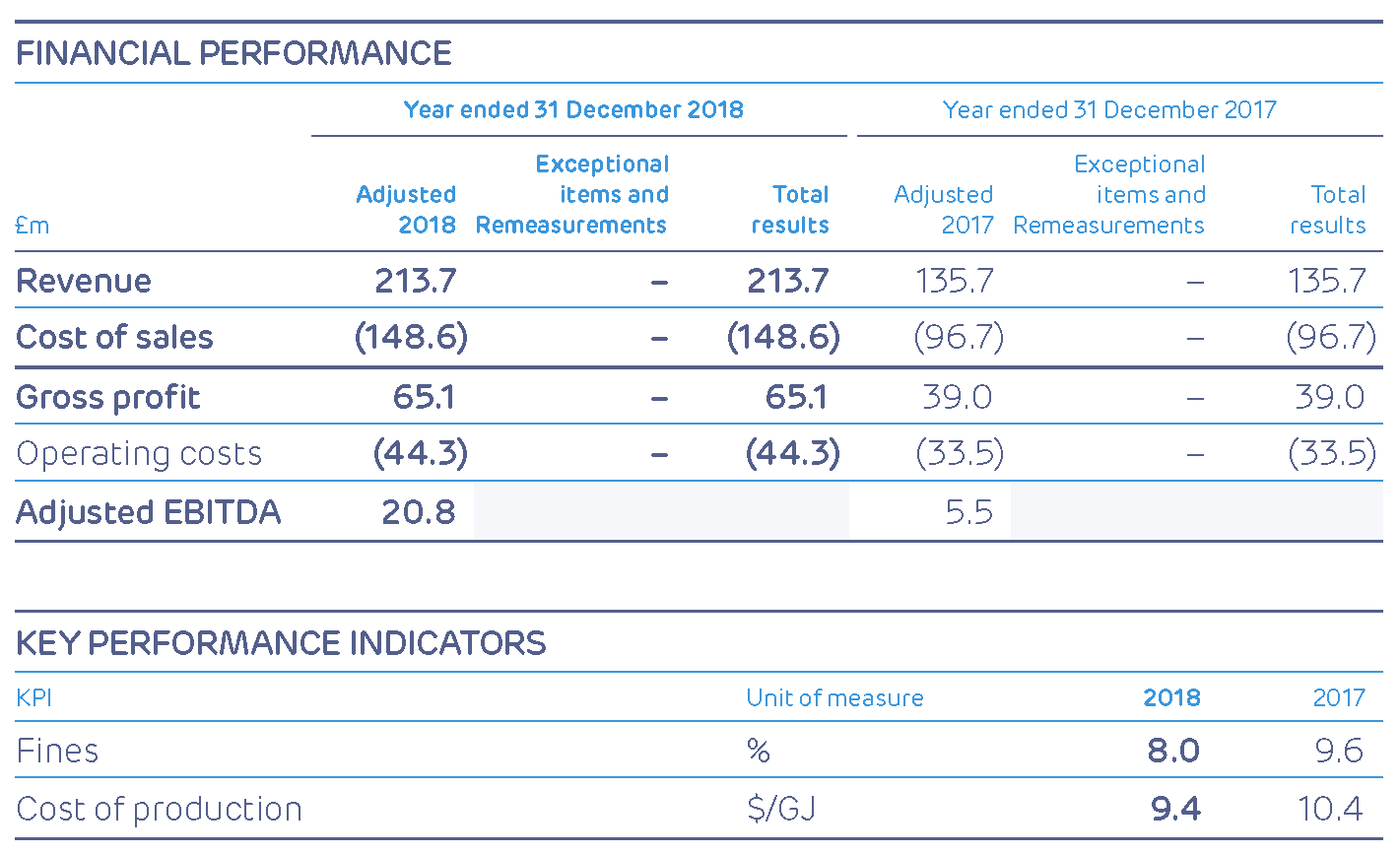

CASE STUDY
Hunt Forest Products
The wood products industry produces large quantities of residual materials. Drax is making use of this and forming part of a virtuous cycle that benefits the forestry sector, rural communities and the environment.
With the world growing increasingly digital, the markets for residuals for pulp have been in decline. But with the growth of markets for biomass, in the form of sustainable wood pellets – which can utilize the same residuals for production of pellets and other parts of the process – there remains a sustained demand and market for this material.
As this alternative market continues to grow, so will demand. Finding ways in which this market can be made more efficient now could lead to benefits in the long term.
A collaboration between Drax and Louisiana-based Hunt Forest Products is helping to do precisely this through investment in a co-location site in Urania, LA, which will see a sawmill and pellet facility sitting side by side.
This innovative co-operation will help cut costs at our LaSalle plant, save time, reduce transportation emissions, and deliver further efficiencies.
Find out more: www.drax.com/uk/sawmill

 PERFORMANCE REVIEW:
PERFORMANCE REVIEW:
POWER GENERATION
Flexible, low carbon and renewable generation
Long-term earnings stability and opportunities to optimise returns from the transition to a low carbon economy.
Drax Power Station remains the largest power station in the UK. Between Q4 2017 and Q3 2018 the station met 5% of the UK’s electricity needs, whilst providing 12% of its renewable electricity, alongside important system support services.
With an increase in intermittent renewables and a reduction in the thermal generation provided by coal, the energy system of the future will require solutions which are flexible and able to respond quickly to changes in system demand. These long-term needs inform our generation model and options for future growth.
Financial performance and KPIs
Adjusted EBITDA of £232 million was a reduction of £5 million compared to 2017, principally reflecting the impact of forced outages in January and February 2018.
Contracts for Difference (CfD) generation contributed to a £73 million increase in revenue from 2017, following a full year of output. This was offset by lower margins from coal generation and lost capacity payments.
Biomass remains the single largest cost for the Group. We remain focused on opportunities for long-term cost reduction through efficiencies in operations, optimisation of our supply chain and expansion of the fuel envelope to include lower cost sustainably sourced material.
Operating costs included works associated with unplanned outages. These were offset by a deferral of a major planned outage on Unit 4 until summer 2019, and by the implementation of lean management programmes to improve business performance.
Remeasurements reflect gains and losses on derivative contracts.
KPIs were ahead of Scorecard targets, reflecting good biomass availability beyond the forced outages at the beginning of 2018, and value from flexibility – a measure of flexible generation, system support services and attractively priced coal fuels.
Value from flexibility reduced £9 million year-on-year, reflecting a specific ancillary services contract in 2016-2017 which did not extend into 2018.
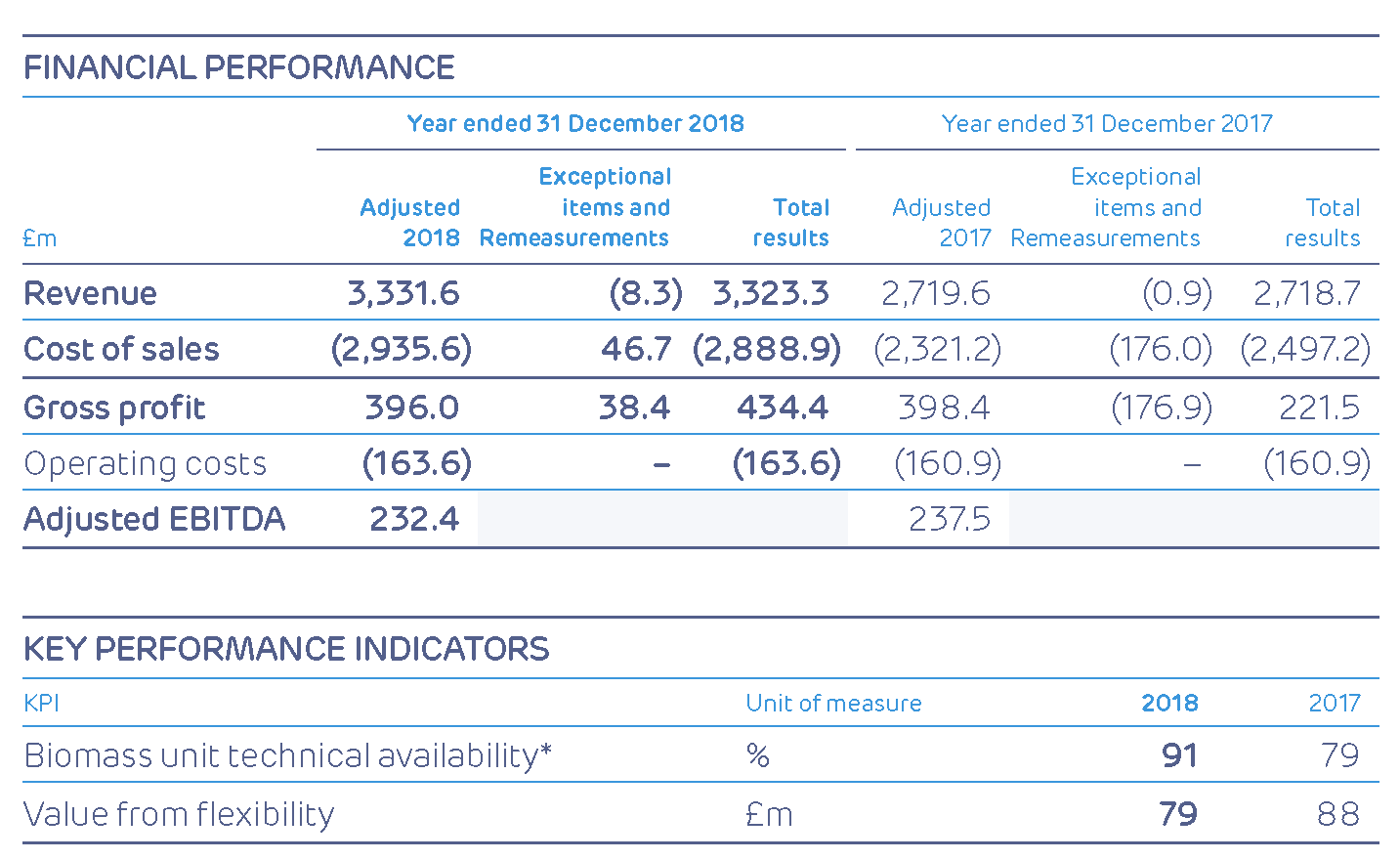
* Excludes Unit 4
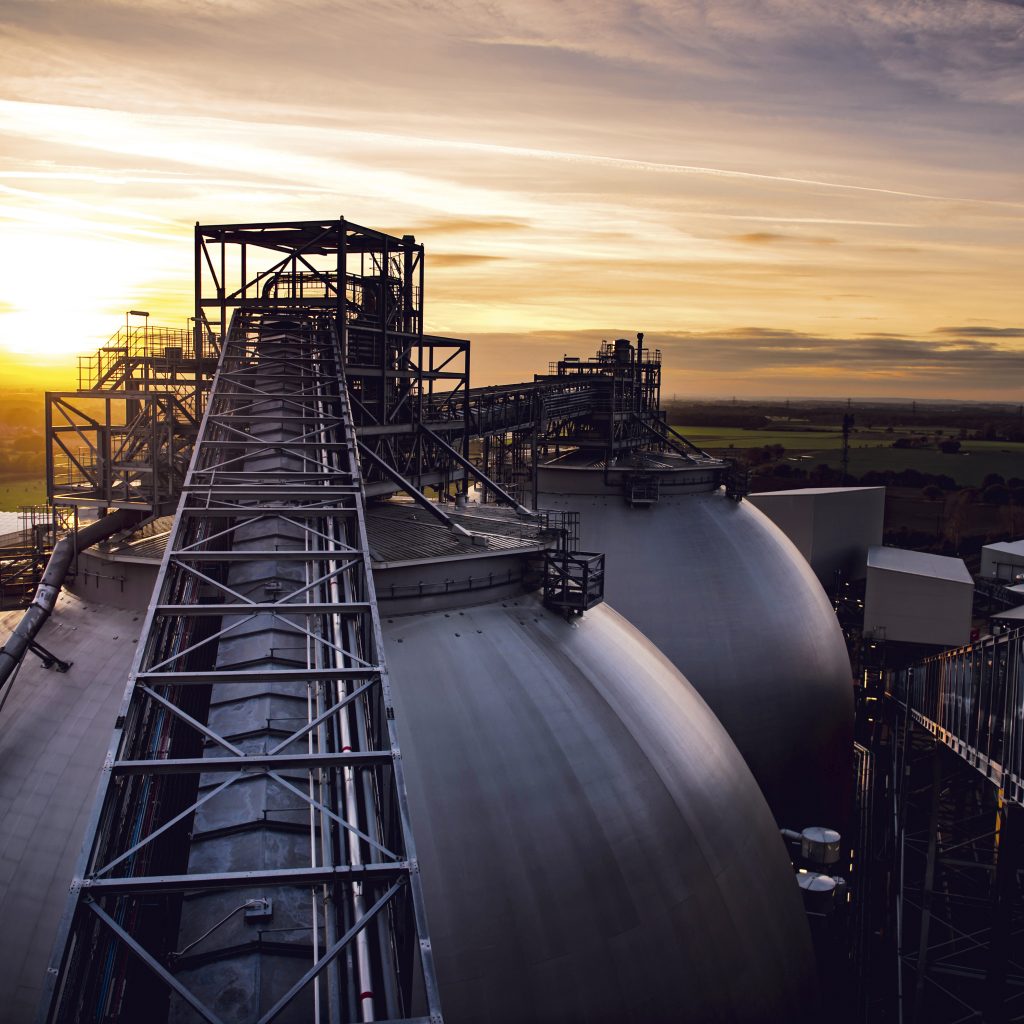
Not all MWs are equal, the energy market requires more than just low-carbon electricity
Historically non-generation system support services have been provided by baseload thermal generation – coal and gas. As these assets withdraw from the market, and at the same time the level of intermittent generation increases, Drax is well positioned to meet these system needs and provide increasingly important and valuable services to the UK energy system.
Biomass, pumped storage, hydro and gas are all strategically aligned with these needs and enable Drax to offer a full suite of services to the grid:
- Renewable and low carbon electricity
- Flexible dispatchable generation
- Reserve
- Headroom and footroom
- Inertia
- Voltage control
- Reactive Power
- Black start
- Frequency Response
Find out more: www.drax.com/uk/systemservices

 PERFORMANCE REVIEW:
PERFORMANCE REVIEW:
B2B ENERGY SUPPLY
Increased market share but a challenging market for customers
Our B2B Energy Supply business – comprised of Opus Energy and Haven Power – is the fifth largest B2B power supplier in the UK and the largest provider of renewable energy to businesses. We provide a route to market for our flexible, renewable and low-carbon energy proposition. As the energy market transforms, we are working closely with our customers, offering them services to help them adapt to a world of flexible low-carbon and decentralised energy.
The largest supplier of renewable electricity to business in the UK
Opus Energy and Haven Power, Drax Group’s B2B Energy Supply businesses, provided over 350,000 UK business sites with renewable electricity, making them the largest supplier of renewable electricity to UK business for the Ofgem compliance period ending in 2018.
Power suppliers have a responsibility to encourage and support businesses to be more sustainable and enable the UK to achieve the clean growth needed to meet our climate targets.
59% of businesses think renewable energy is key to a cleaner future, but 80% expect suppliers to take the lead in educating them about their renewable energy options.
Find out more: www.drax.com/uk/renewable100

CASE STUDY
Value of Flexibility and Demand Management
Flexibility in the form of demand management has an important role to play in an increasingly decentralised and low-carbon energy market. We are working with large customers to create value from their portfolios through the provision of demand-side response services and access to energy trading markets.
In time, enabled by the deployment of smart meter technology, we also see an opportunity to offer behind-the-meter services and the aggregation of information and capacity to smaller customers, opening the market for flexibility to more customers.
With flexible, low carbon and renewable generation and trading expertise, Drax is strongly placed in this market to create shared value for customers and the Group.
Financial performance and KPIs
Adjusted EBITDA of £28 million was a decline of £1 million from 2017 (£29 million).
Revenue increased 12% during the year, reflecting the inclusion of Opus Energy (acquired in February 2017) for a full-year, and a 0.8% increase in market share.
During the final three months of the year, when the Capacity Market was suspended, we continued to include Capacity Market charges in customer bills, and to accrue the associated payments which will be transferred to Elexon during 2019.
Cost of Sales, which includes power purchases and grid charges, also increased 12%. The increased cost of meeting our Renewable Obligation (RO) during the year reflects the impact of RO mutualisation, caused by the failure of several market participants which resulted in a larger proportion of the industry’s RO costs being shared by the remaining suppliers. In addition, gas costs were higher than expected following the “beast from the east” weather front during the first quarter. Gross profit of £143 million grew 22% compared to 2017.
Within operating costs, bad debt expense grew by £13 million in the year, to £31 million, reflective of challenging market conditions. Our investment in next generation systems and strong focus on continual process improvement are key elements in managing bad debt exposure and enabling operating efficiencies in future years.
In the context of the wider market this reflects a good performance.
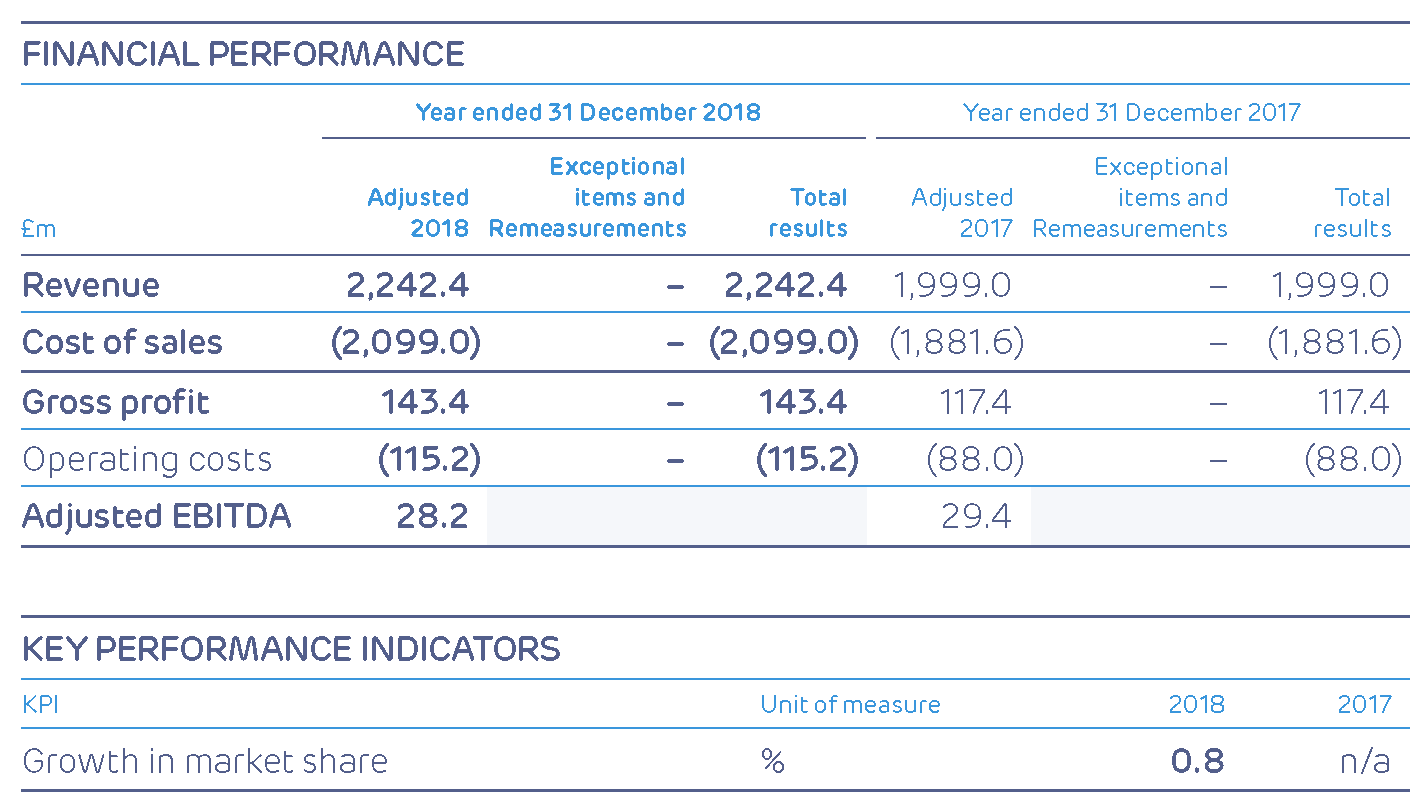
Chapter 6:
Sustainable business & stakeholder
BUILDING A SUSTAINABLE BUSINESS
At Drax, being a sustainable business means achieving a positive economic, social and environmental impact as part of the Group’s strategy.
Governance
The Board has ultimate responsibility for the Group’s economic, social and environmental performance. Additional information on our approach to sustainability is available at www.drax.com/uk/sustainability.

ENVIRONMENT
Carbon Emissions
Drax Group’s total Scope 1 carbon emissions decreased by 33.4% between 2017 and 2018. This reflects a reduced use of coal and the conversion of a fourth generation unit at Drax Power Station to use sustainable biomass as fuel.
Our Scope 2 carbon emissions increased, due to Pellet Production moving into our reporting scope. Pellet Production saw a record output as our third pellet plant, LaSalle in Louisiana, achieved full production in 2018.
We have reported our global and UK Total Energy Consumption for 2018, in advance of the Streamlined Energy and Carbon Reporting (SECR) requirements effective from April 2019.

* Limited external assurance using the assurance standard ISAE 3000 for 2018 data as indicated. For assurance statement and basis of reporting see www.drax.com/uk/sustainability
▲ 2017, 2016 and 2015 data has been restated to reflect an update to the emissions factor applied to combustion data for Drax Biomass sites
Notes
We calculate and report our carbon emissions in accordance with the Companies Act 2006 and the European Union Emissions Trading System (EU ETS). We are required to disclose emissions from biologically sequestered carbon, which includes emissions released through the combustion of biomass to generate electricity. The biogenic CO2 emissions resulting from power generation are counted as zero in official reporting to both UK authorities and under the EU ETS as the use of sustainable biomass is considered to be CO2 neutral at the point of combustion. This methodology originates from the United Nations Framework Convention on Climate Change. The majority of our emissions result from the process of using solid fuel. This can make it difficult to identify other smaller trends that are still significant. To counteract this dominance and to ensure we retain a balance between highlighting significant developments and providing meaningful data, we have adopted a materiality threshold of 100,000 tonnes of CO2e.
Innovating to decarbonise our business
Drax is playing its part to enable a zero carbon future. We completed the conversion of our fourth biomass generating unit, which became operational in August 2018. We continue our work to replace our two remaining coal generating units with Combined Cycle Gas Turbines (CCGTs).
In May 2018 we started Europe’s first Bioenergy Carbon Capture and Storage (BECCS) pilot project at Drax Power Station. The pilot will capture up to a tonne of CO2 a day from the gases produced when renewable power is generated using biomass.
Advocating for carbon pricing
In 2018 we continued our engagement with Government and stakeholders to advocate for a robust carbon price. We signed a joint European carbon pricing declaration with global companies calling for more action to support a strong and predictable carbon price.
Zero carbon energy supply
Our B2B Energy Supply businesses are committed to sourcing the renewable power that our customers want. We provided over 350,000 UK business premises with 100% renewable electricity, making our B2B Energy Supply business the largest renewable electricity supplier to UK business for the Ofgem compliance period ending in 2018.
Additional information on our B2B Energy Supply fuel mix disclosures is available at
“At Drax we want to enable a zero carbon, lower cost energy future – to do that we have to test the technologies that could allow us, as well as the UK and the world, to deliver negative emissions and start to reduce the amount of carbon dioxide in the atmosphere.”
Will Gardiner, Group CEO, Drax Group
Environmental Impact
We are committed to managing, monitoring and reducing the environmental impact of our operations and the Group environment policy outlines our approach.
Our Environmental Management System (EMS) covering Drax Power Station is certified to ISO 14001. There were no major or minor breaches to our environmental permits at Drax Power Station in 2018. Emissions of sulphur dioxide and nitrogen oxides have reduced significantly over the last ten years, with the reductions continuing in 2018. This can be partly attributed to our reduced coal generation, as we completed the conversion of a fourth generating unit to burn biomass. Our particulate emissions also fell in 2018, with our emissions continuing to be well within our environmental permit limits.
Independent testing conducted on our behalf found emissions to air at Morehouse pellet plant exceeded permitted levels. We referred ourselves to the relevant authorities and we are working to ensure compliance.
Additional information on management of our environmental impact is available at www.drax.com/uk/sustainability

* Limited external assurance using the assurance standard ISAE 3000 for 2018 data as indicated. For assurance statement and basis of reporting see www.drax.com/uk/sustainability
Notes. Total water withdrawal is the sum of all water drawn into the boundaries of the organisation from all sources for any use over the course of the reporting period. This includes the River Ouse, borehole and mains water.
Sourcing Sustainable Biomass
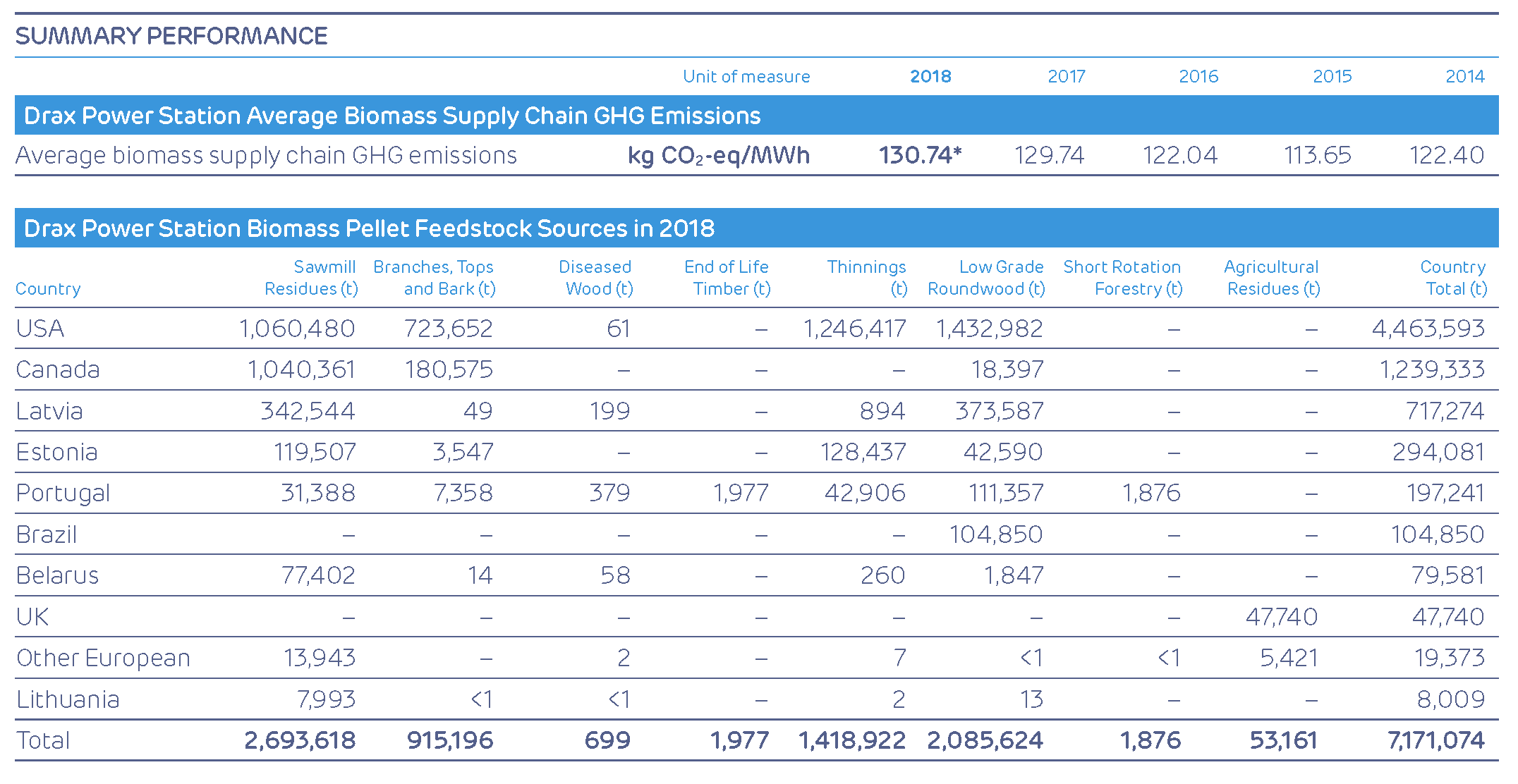
* Limited external assurance using the assurance standard ISAE 3000 for 2018 data as indicated. For assurance statement and basis of reporting see www.drax.com/uk/sustainability
Ensuring sustainable biomass
We ensure our biomass is sustainable and compliant with appropriate legislation through a combination of proactive supplier engagement, third party certification schemes and our own audits and checks. The Group sustainability policy outlines our requirements and details of our due diligence process are available at www.drax.com/uk/sustainability.
We are reviewing our woody biomass sourcing policy in line with the recommendations made by Forest Research in its 2018 report(1). This is to provide further assurance that the biomass we source makes a net positive contribution to climate change, protects and enhances biodiversity and has a positive social impact on local communities.
In 2018 our biomass was sourced from established, responsibly managed working forests in the USA, Canada, Europe and Brazil. To enhance our biomass supply chain transparency, we provide detailed supply chain information at Drax ForestScope https://forestscope.info.
(1) Robert Matthews, Geoff Hogan and Ewan Mackie (2018), Carbon impacts of biomass consumed in the EU: Supplementary analysis and interpretation for the European Climate Foundation.
100% of our biomass is legally and sustainably sourced
At Drax, all our biomass suppliers must demonstrate that all necessary sustainability and legal requirements are being met. Supplier compliance is evidenced either by our own checks and an independent audit or by Sustainable Biomass Program (SBP) certification. SBP is a certification system for woody biomass, of which Drax is a founding member. We encourage our suppliers to move from our own audits and checks towards SBP certification. In Q4 2018 92% of our woody biomass sourced was SBP certified. This resulted in us achieving our target of sourcing 90% SBP-certified biomass fuel by the end of 2018.
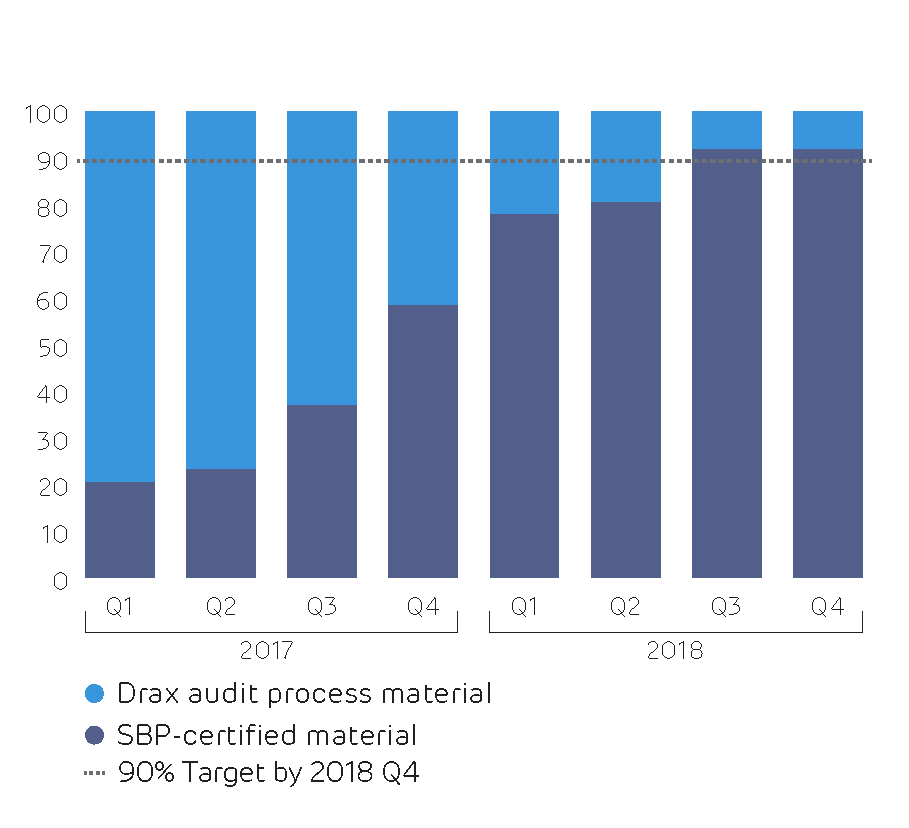
No concerns regarding biomass supplier sustainability compliance were raised or escalated to the Ethics and Business Conduct Committee or the Executive Committee in 2018.
We monitor each step in the supply chain to ensure that our requirements are being met and that greenhouse gas (GHG) emissions associated with producing our biomass are calculated according to the regulatory requirements.
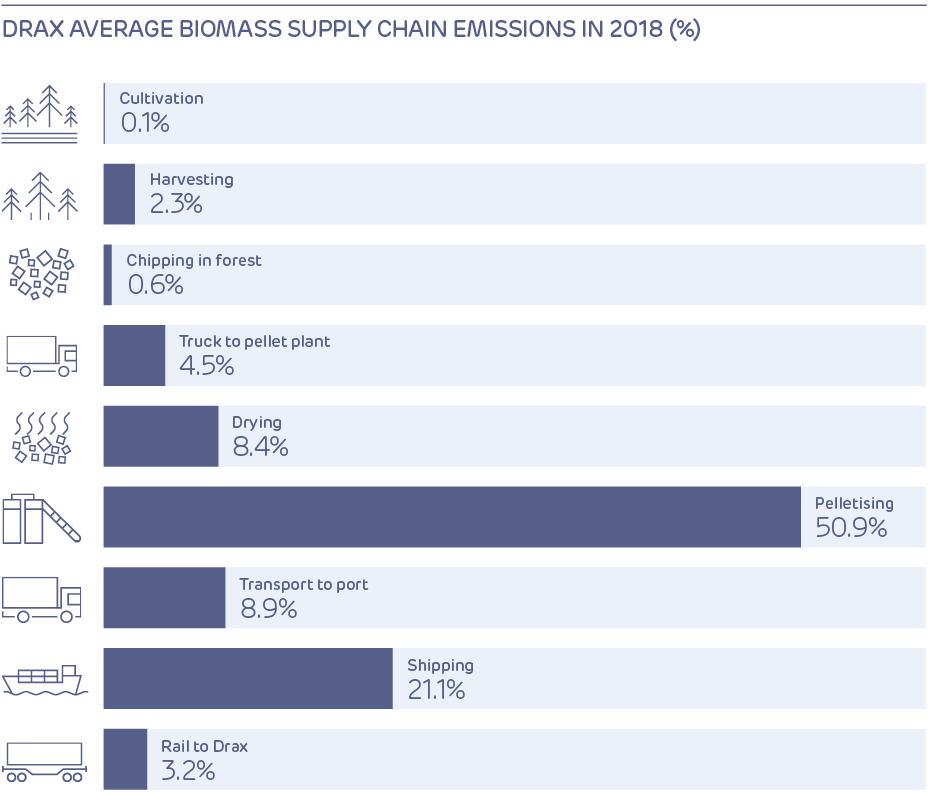
The UK Government has set a limit on the maximum supply chain GHG emissions permitted for sustainable biomass to be eligible for support under the Renewables Obligation. The current limit is 285 kgCO2-eq/MWh of electricity, reducing to 200 kgCO2-eq/MWh of electricity in 2020. In 2018, our average biomass supply chain GHG emissions amounted to 131 kgCO2-eq/MWh* of electricity. This is consistent with our 2017 average biomass supply chain GHG emissions.
* Limited external assurance using the assurance standard ISAE 3000 for 2018 data as indicated. For assurance statement and basis of reporting see www.drax.com/uk/sustainability
Additional information on our biomass sourcing, as well as coal sourcing, is available at www.drax.com/uk/sustainability
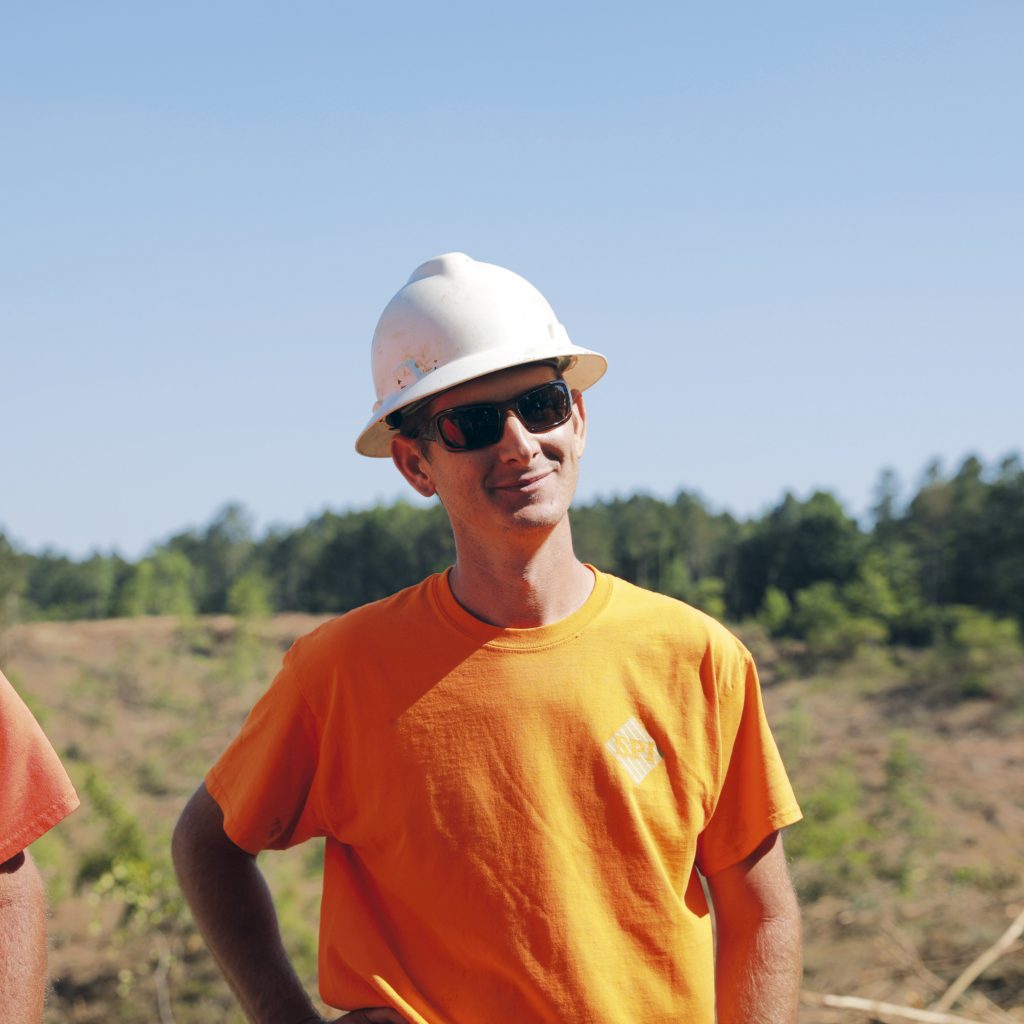
CASE STUDY
Maintaining forest carbon stocks
We source only sustainable biomass from working forests that are fully established and properly managed. Biomass can play an important role in providing markets for thinnings and low grade roundwood where few alternative uses exist. It also offers a market for material that has been damaged by natural disturbances, such as wind, fire, pests and diseases, and by-products of forest stands managed for the production of solid wood products, such as construction saw-timber and furniture.
We are committed to sourcing biomass that contributes to the long-term maintenance of growing stock and productivity and that helps to improve the health and quality of forests at a local and regional level. We monitor forest inventory data and local industry trends, in addition to certification and our auditing process, to determine whether biomass demand is having a positive impact on regional forest industries. This allows us to make informed sourcing decisions.
Customers
Customer Service Excellence
Our aim is to provide customers with the best possible service. Both Haven Power and Opus Energy have strict standards for treating customers fairly, protecting customer data and privacy and have a clear complaints procedure if things go wrong.
Haven Power was shortlisted for “Supplier of the Year” at the Energy Awards 2018.
Enabling our Customers
Smart and digital enablement
Smart meters are key to supporting customers with greater insight and opportunities to optimise their energy use. We are leading the way in rolling out smart meters to UK businesses and are investing in our digital platform to provide commercial opportunities, reduced cost to service and an enhanced customer experience.
In 2018 we upgraded the Haven Power and Opus Energy websites onto a single content management system, making it faster and easier for our teams to react to the market and deliver a smoother customer experience. We also created new functionality, making it simpler for UK businesses to get an accurate quote and switch to us online.
Facilitating prosumers’ route to market
Opus Energy buys energy from generators and developers of solar, anaerobic digestion, hydro and wind power across the UK. In 2018 this amounted to 1,103 GWh of renewable energy generated from 2,176 generators.
During the year, Opus Energy worked in partnership with Home Farm near Daventry in Northamptonshire to trial an innovative solar power and battery storage system. The farm’s 50 kW solar panels generate more power than the farm consumes. The surplus electricity is exported to the National Grid and Home Farm is paid for it by Opus Energy through a power purchase agreement.
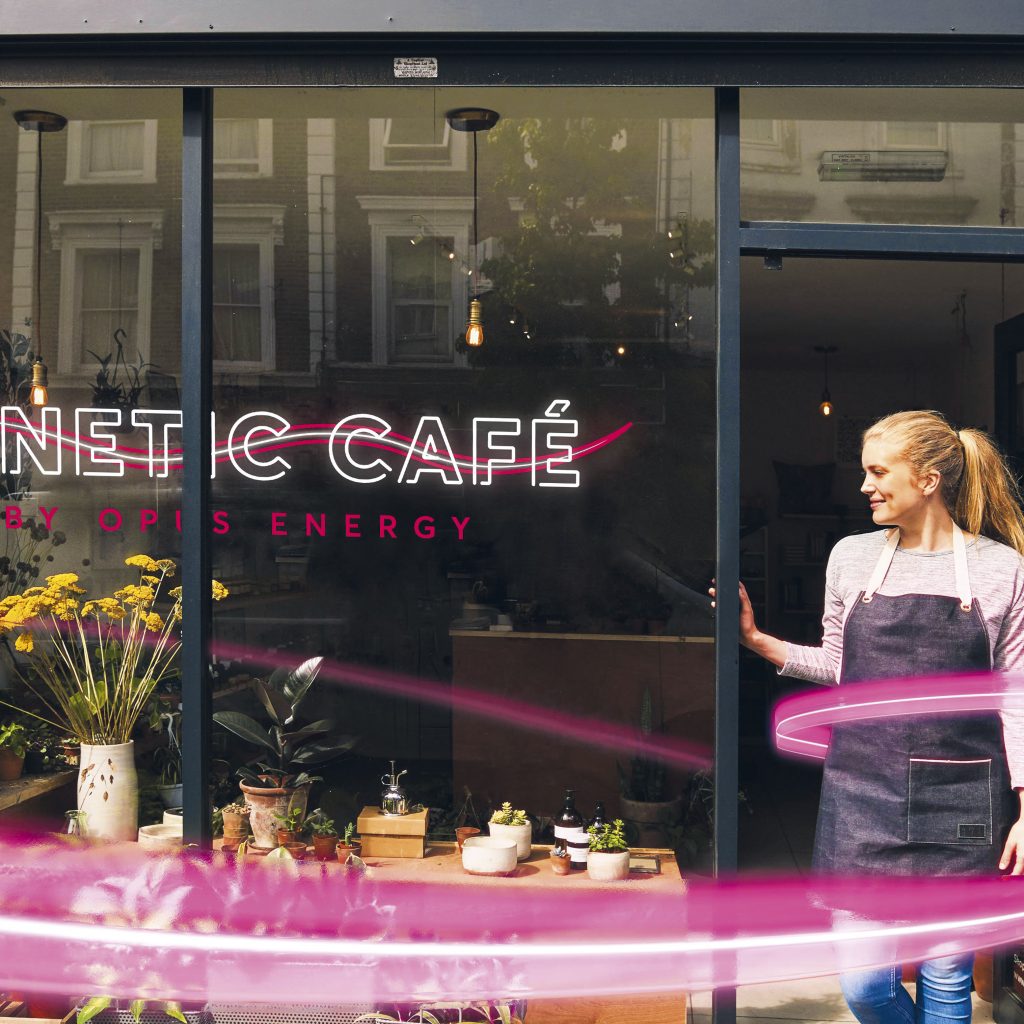
CASE STUDY
Kinetic Café by Opus Energy
Our B2B Energy Supply businesses provide value-adding sessions to our customers. Opus Energy opened a pop-up juice bar, the Kinetic Café in London, for two days in August.
Small business owners were served free energetic juice and welcomed to network and share their business challenges, advice and personal experiences in Q&A sessions.
We served over 1,000 juices to customers and visitors who stopped by the café over the course of two days.
PEOPLE
Health, Safety and Wellbeing

1 LTIR is the total fatalities and lost time injuries per 100,000 hours worked
2 TRIR is the total fatalities, lost time injuries and medical treatment injuries per 100,000 hours worked
* Limited external assurance using the assurance standard ISAE 3000 for 2018 data as indicated. For assurance statement and basis of reporting see www.drax.com/uk/sustainability
We have Safety Management Systems (SMS) in place to ensure safe workplaces for all our people. At Drax Power Station, the SMS is certified to OHSAS 18001 and subject to regular compliance reviews, the last of which took place in 2016. In Pellet Production, the SMS meets the requirements of OHSAS 18001 and the US certification ANSI Z10. The Group health and safety policy outlines our approach.
Safety performance is reported and reviewed regularly by local management teams, the Executive Committee and the Board. Each incident is comprehensively analysed and reviewed, lessons learned are shared with employees and actions are taken to mitigate the risk of future occurrences. At Drax Power Station, a weekly safety update is uploaded to our intranet and at Pellet Production, information is made available to employees through a health and safety online portal.
The Board receives monthly reports which include Total Recordable Injury Rates (TRIR), Lost Time Injury Rates (LTIR) and numbers of Reporting of Injuries, Diseases and Dangerous Occurrences Regulations (RIDDORs) (or US equivalent) for the Group.
Our Group TRIR for 2018 was 0.22 per 100,000 hours worked. Following the fire at our Drax Power Station biomass pellet unloading facility in 2017, we carried out a full Safety and Engineering review. In 2018, initiatives were implemented to reduce the risk of future incidents and improve operator and plant safety. These initiatives continue into 2019.
2018 also saw the launch of the One Safe Drax toolkit for safety leaders, managers and supervisors at Drax Power Station. These tools provide a standard approach for safety management and support us in creating Safe People, Safe Systems and Process, and Safety Assurance to ensure we all go home safe and well every day.
Unfortunately, in December 2018 we had a major safety incident at our Drax Biomass LaSalle site which resulted in a colleague being injured. Operations at LaSalle were suspended until all employees were retrained on safety protocols and procedures.
A full safety audit was carried out by an independent third party at all three pellet plants. The audits identified a major difference in safety culture between LaSalle and our other facilities. We currently have 42 action items we are working on that consist of the recruitment of new management staff, development of new safety programmes and procedures, safety audits, safety committees and structured training.

CASE STUDY
Supporting our employees’ mental health
All employees across the Group have access to an Employee Assistance Programme. It’s a free and confidential 24-hour service which offers support on anything from financial stress and family and relationship issues to addiction, housing concerns or legal information.
There is a phone line and an app and users can be referred for six sessions of counselling per issue, per year.
Opus Energy ran 15 voluntary workshops to help our leaders understand the benefits of this service and they were attended by 113 managers.
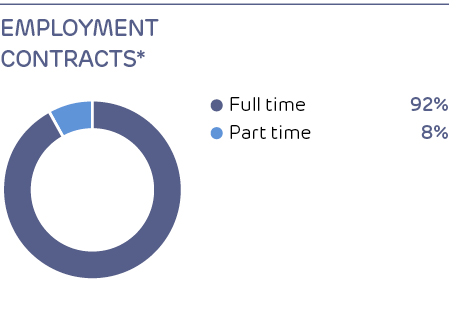
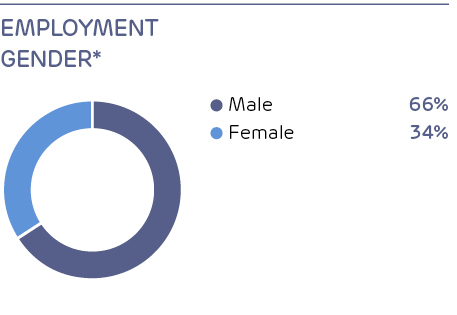
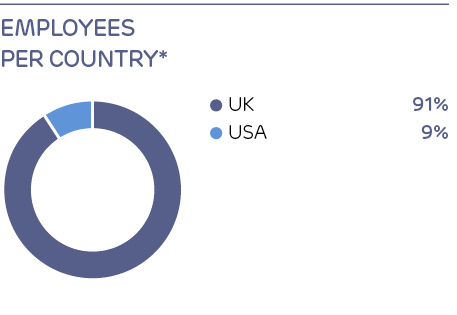
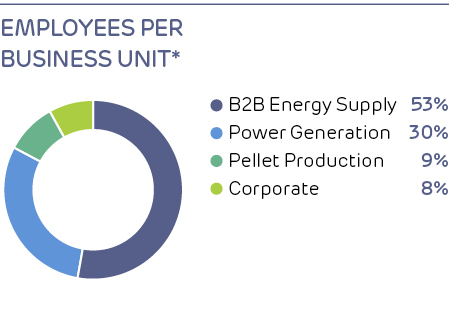
* Limited external assurance using the assurance standard ISAE 3000 for 2018 data as indicated. For assurance statement and basis of reporting see www.drax.com/uk/sustainability
People and Culture
The Group works to maintain consistently high standards in its employment practices and all our employees benefit from a range of policies to support them in the workplace. These include policies designed to enable different work and lifestyle preferences, processes for employees to raise grievances or concerns about safety, along with supporting a diverse and inclusive workplace. Our Group-wide people strategy focuses on valuing our people, driving business performance and developing talent to deliver our strategic and operational objectives.
During the year we introduced our One Drax Awards, which recognise high-potential employees and reward those employees who act in ways that support and underpin our culture and values.
Diversity and inclusion
Drax Group is fully committed to the elimination of unlawful and unfair discrimination and we value the differences that a diverse workforce brings to the organisation. Our goal is to create and maintain a working environment that is both safe and supportive of all our people and where every employee has the opportunity to realise their potential. We believe that a commitment to diversity is critical to achieving our strategic goals. We are determined to be a place where employees, customers and suppliers alike feel respected, comfortable and supported in their diversity.
Further information on gender diversity is available in the Corporate Governance Report on page 50 of the full PDF report.
Employee representation and engagement
Across the Group, 19% of the workforce is covered by collective bargaining. We have representative employee consultation and information arrangements in place for those employees who have individual employment contracts.
We communicate with employees through channels including our internal intranet, quarterly newsletter and Open Forum meetings. Employees can ask our Group CEO questions through a weekly online question and answer portal.
We track employee engagement through our annual survey and in 2018 this was completed by 79% of employees. Key themes included creating greater clarity for our colleagues about our key priorities and ensuring we continue to make improvements to the learning and development opportunities we have available. In 2019, we will develop Group and business action plans to address each theme, which the Executive Committee will review regularly.
Ethics and Integrity
At Drax Group we are committed to conducting business ethically, with honesty and integrity, and in compliance with all relevant laws and regulations. We do not tolerate any form of bribery, corruption or other unethical business conduct.
Our compliance framework consists of principles, policies and procedures. The principles underpin the wider framework and are set out in our Group ethics handbook, Doing the right thing. The handbook identifies the behaviours expected from our employees and contractors on topics including human rights, ethical business conduct and integrity. Our policies and procedures provide further guidance and instruction, in line with best industry practice. These include our Group Corporate Crime policy and Gifts and Hospitality, Conflicts of Interest and Due Diligence procedures.
The ethical principles contained in the handbook form part of our terms of employment. In 2018 the handbook was converted into a series of short videos. These are used as part of our new starter induction programme and for annual ethics refresher training. Teams that are exposed to increased risk receive tailored e-learning or classroom-based training.
Responsibility for ethics
Governance of our framework is overseen by the Group Ethics and Business Conduct Committee (EBCC). The Committee meets quarterly and is chaired by the Group CFO. Managers and senior managers across the Group are responsible for demonstrating leadership on ethical matters and supporting teams to apply our ethical principles.
Our Group Corporate Compliance team carries out an annual review of the Group’s gift and hospitality records and our Internal Audit team provides assurance on the robustness of our policies and processes. Results of the annual review, details of investigations conducted and audit outcomes are reported annually to both the EBCC and the Audit Committee.
The Group Corporate Compliance team also conducts annual risk assessments of each of its compliance programmes, which relate to areas including anti-bribery and corruption and modern slavery in supply chains. This is to ensure procedures remain fit for purpose and to recommend any further mitigation measures. The results are presented to the EBCC.
Working with others
We joined the UN Global Compact (UNGC) in January 2018 and have established representation on both their UK Advisory Group and Modern Slavery Working Group. This will enable us to play an active role in the UK UNGC network, to benchmark our compliance programmes, to share and exchange experience and promote peer collaboration.
We seek to work with suppliers, partners, agents, intermediaries, contractors, consultants and counterparties whose standards are consistent with our own. Third parties are subject to our pre-contract due diligence checks and continual monitoring through the lifecycle of the contract, via our third party due diligence system. In cases where a red flag is raised, we follow an EBCC-approved escalation protocol. Depending on the nature of the flagged issue, we may decide not to engage with a third party, to engage on a conditional basis, to collaborate on remedial action or to end an existing business relationship.
Anti-bribery and anti-corruption
Our internal processes ensure consistency with our zero tolerance approach to bribery and corruption.
Geographic risk is factored into our country due diligence and third party due diligence systems. Conducting business in higher risk countries must receive prior approval from the Group Operational Risk Management Committee.
Following country approval, third parties are then put forward for our due diligence process. Suppliers in higher risk countries receive a higher level of initial due diligence and ongoing monitoring. We also screen the affiliates (directors, shareholders) of these suppliers and refresh their information on a more frequent basis, compared to our lower risk suppliers. Third parties with operations in, or linked to, higher risk countries are escalated to the EBCC for review prior to engagement. Ongoing monitoring is performed with new information provided to the relevant committee, as appropriate. In May 2018, we implemented a new due diligence system across the Group to facilitate this process.
Drax Group was not involved in any legal cases related to corruption and bribery in 2018.
Labour and human rights
Our commitment to the protection of human rights includes not tolerating the use of underage workers or forced labour. This is captured in our Corporate Crime policy and our Corporate Responsibility (CR) statement.
Our CR statement outlines the standard of ethical business conduct we expect from suppliers. Businesses in our supply chain should offer a safe workplace for their employees that is free from harm, intimidation, harassment and fear. We have incorporated further provisions into our statement template to manage these risks within our procurement contracts and will further advance this effort in 2019 with the development of a Code of Conduct.
Within the Code of Conduct, we will emphasise our requirement for our suppliers and contractors working on our behalf to challenge unethical behaviour and promote a “speak up” culture.
Modern Slavery
In 2018, we published our second modern slavery statement in accordance with the UK Modern Slavery Act. This describes the steps we are taking to reduce the risk of modern slavery in our supply chain.
Data privacy and security
We take the privacy and security of the personal data we control seriously. We are committed to maintaining effective privacy and security programmes to ensure our people, customers and the third parties with which we engage have confidence in our data handling practices.
As part of our continual improvement programme, our Privacy, IT and Security teams were re-organised and expanded in 2018. Following an internal audit, which identified weaknesses in operational IT controls that support our cyber security at Drax Power Station, we initiated a comprehensive remediation programme to address the findings and introduce more robust control measures. We also continue to update our Privacy Compliance Programme to take account of the requirements of the General Data Protection Regulation (GDPR), the new UK Data Protection Act 2018 and other associated legislation.
To support our privacy compliance processes and policies, we maintain industry-leading control measures to protect our employee and customer data, by detecting and preventing threats and security breaches. In addition to traditional security measures, we undertake advanced threat monitoring and analytics measurement as a layered toolset designed to detect, identify, respond to and resolve cyber threats and attacks before they can happen. We are conscious that such threats continue to change. Accordingly, we run a continual security programme to improve and evolve our controls and response to cyber threats.
Whistleblowing
As set out in our Whistleblowing policy, at Drax we encourage employees to speak out and report concerns either internally or through our whistleblowing hotline.
Employees can raise issues internally through managers, a member of the Group Corporate Compliance team, directly with the EBCC or though our anonymous hotline, which is independently operated by a third party.
The Corporate Human Resources team records all hotline reports received and will raise any ethical-related matters with the Group Corporate Compliance team, which maintains an investigations log. Where required, the EBCC and Group General Counsel are consulted, and a course of action agreed. Should genuine concerns be raised, we have a strict non-retaliation policy.
During 2018, no reports were made through our third party whistleblowing hotline.
Additional information on ethics and integrity is available at www.drax.com/uk/sustainability
Positive Social Impact
We provide jobs, support economic growth, pay tax responsibly and deliver charitable and volunteering initiatives in the communities where we operate. Oxford Economics estimate that the Group contributed £1.6 billion towards UK GDP and supported 17,500 jobs across the country in 2017.
Volunteering and charitable giving
In 2018, we provided £129,016 in charitable donations through employee match funding, payroll giving, our community fund and national fundraising days. We also established strategic national partnerships and consistent Group charity and community principles. We will roll-out our Group-wide social impact strategy in 2019.
Our Haven Power employees continued to support the Eden Rose Coppice Trust’s Brickmakers’ Wood project. They volunteered 882 hours and raised £6,052. Recognising its work with the charity, Haven Power was awarded the Utility Week 2018 ‘Community Initiative of the Year’ title.
Additional information on our social impact is available at www.drax.com/uk/sustainability
Non-Financial Information Statement
We have summarised in this Annual Report and Accounts our policies, standards and disclosures in relation to non-financial matters in line with the Non-Financial Reporting (NFR) requirements of the Companies Act 2006. This report forms our UN Global Compact (UNGC) Communication on Progress and we have mapped the NFR requirements to the four UNGC principle issue areas.
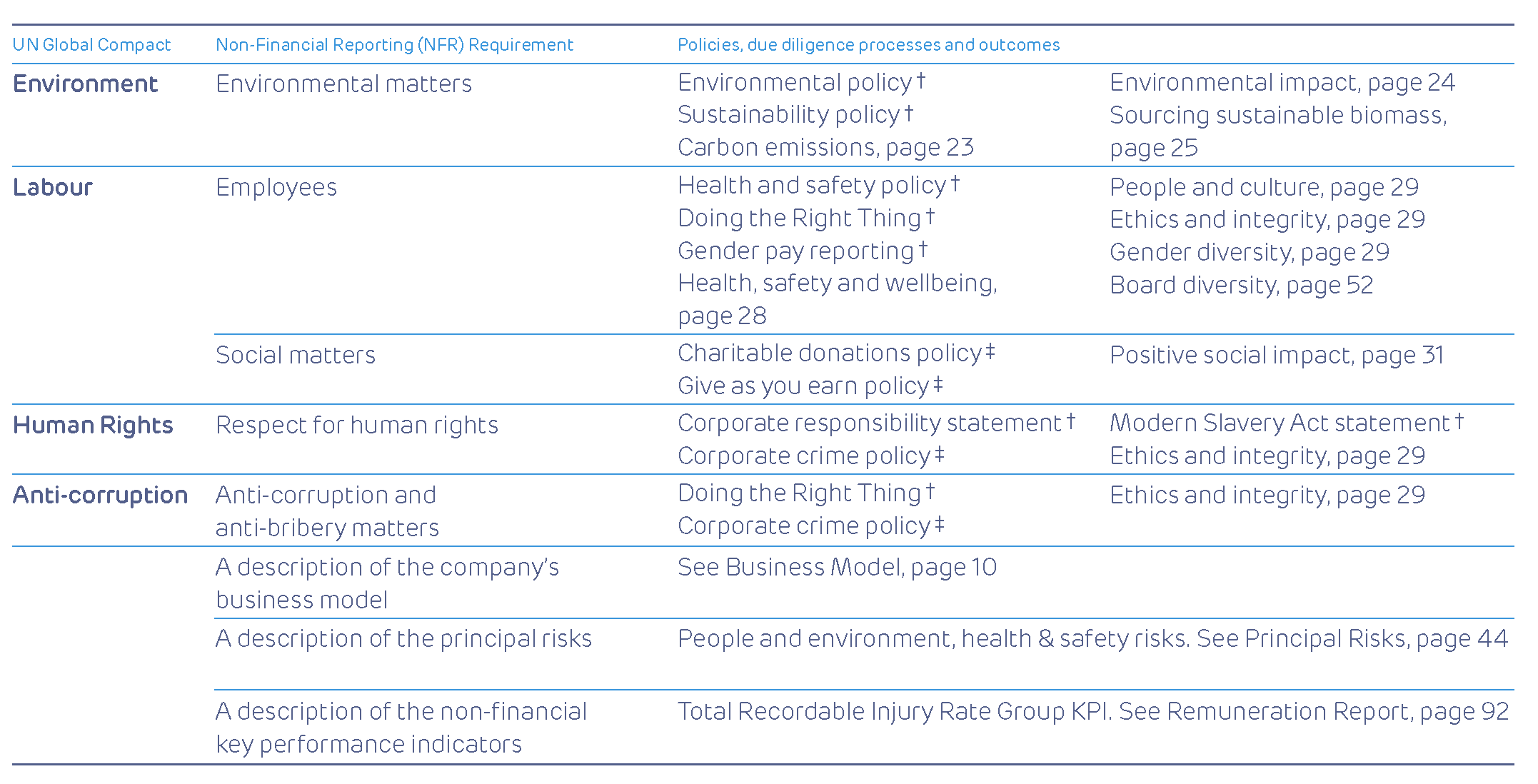
† Available on www.drax.com/uk/policies ‡ Internal policy, not in public domain
STAKEHOLDER RELATIONS
We recognise that to enable a zero carbon, lower cost energy future we need to work with a diverse range of partners. That is why we spend time talking with and listening to our stakeholders. Here we highlight how our external engagement in 2018 has informed the way we operate our business.
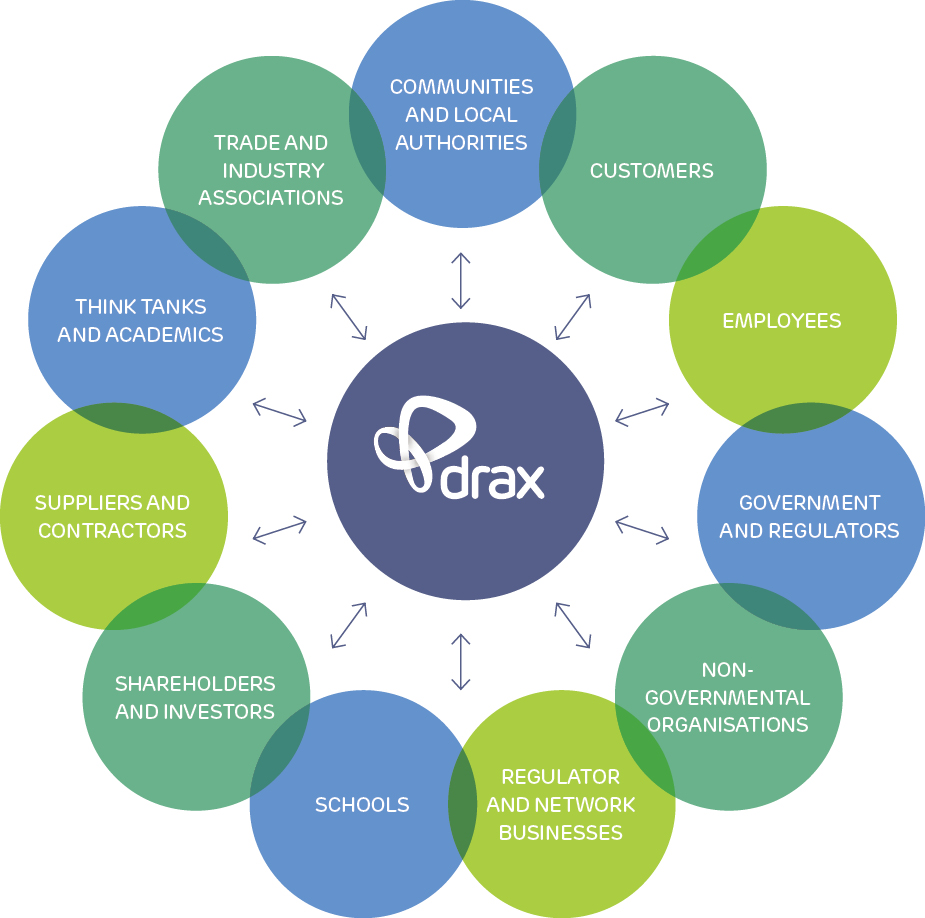
Communities and local authorities
Over the course of the year we engaged regularly with the communities around our businesses through quarterly community meetings, supporting local initiatives and formal drop-in sessions focused on our planning projects.
> OUTCOMES IN 2018
We amended the design of our Repower planning application in response to feedback from local residents.
Customers
In B2B Energy Supply, we engaged with our customers through channels including social media, our website, telephone lines and our complaints procedure. Our energy services teams offered accelerator workshops that develop tailored energy solutions delivering value to our customers through self-generation, onsite storage and advanced sustainability initiatives.
> OUTCOMES IN 2018
We introduced online quote and join, so small businesses can come on supply via our website. We have turned our Ipswich office into a showcase for our energy services solutions with solar panels, electric vehicle charging points, an electric pool car, and installing energy efficient LED lighting.
Employees
We maintain a regular dialogue with our employees about our strategy, plans and performance and the role they play in delivery. Through our Voice forums, briefings, townhalls, Q&A opportunities and our annual employee survey, colleagues can raise issues that are important to them and provide feedback on our progress towards creating a great place to work.
> OUTCOMES IN 2018
We committed to implement Group and business action plans, to address key themes raised by our employee survey.
Government and regulators
We frequently engage with regulators and policymakers in the UK, Europe and US to ensure our business understands and contributes to the evolving regulatory agenda. Over the course of 2018, we engaged with these audiences on a broad range of topics, including biomass sustainability; carbon pricing; carbon capture and storage policy; industrial strategy; and innovation, training and skills.
> OUTCOMES IN 2018
We signed joint letters with other utilities and NGOs to promote strong carbon pricing in the UK and across Europe. We joined the Powering Past Coal Alliance, to support the UK Government in promoting reduced coal use globally.
Non-governmental organisations (NGOs)
We are in regular dialogue with a variety of domestic and international NGOs on energy, climate and forestry issues. They challenge our thinking and help us continue to refine and enhance our practices. In 2018, our outreach included participating in a series of roundtables focusing on our biomass sourcing.
> OUTCOMES IN 2018
We published an online tool, ForestScope, that enables members of the public to track wood fibre consignments across our supply chain in the Southern United States.
Regulator and network businesses
We have engaged with Ofgem and National Grid on the need to deliver a secure and reliable network at least cost to the consumer. This is in addition to promoting efficient investment decisions and market behaviours via the system operator incentive scheme, industry licence code and charging arrangements.
> OUTCOMES IN 2018
We agreed to engage with National Grid’s Price Control RIIO-2 work.
Schools
We engage with schools local to our businesses on Science, Technology, Engineering and Mathematics (STEM), skills and employability. At Drax Power Station, our tours are focused on learning outcomes and tailored for visitors of all ages.
> OUTCOMES IN 2018
Our outreach to local schools included: Opus Energy delivering interactive renewable energy lessons and Haven Power employees running a ‘Learning About Work Day’, where students practiced interview skills and received feedback on applications and CVs.
Shareholders and investors
Sharing timely and accurate communication with our shareholders and capital markets is central to our relationship with shareholders, investors and other financial stakeholders. We shared this information through a wide range of channels, including our Annual General Meeting and our full-year and half-year results, as part of an ongoing investor relations programme.
We also aim to build strong relationships with all our financial stakeholders.
> OUTCOMES IN 2018
In 2018, we communicated with our major shareholders on changes to our Remuneration Policy.
Suppliers and Contractors
We implemented a supplier engagement programme with our sustainable biomass supply chain. Our engagement included following up on claims raised by media monitoring and sharing latest academic reports and best practice.
> OUTCOMES IN 2018
We created a guide for landowners in the Southern United States to achieve their sustainable management goals.
Think tanks and academics
Over the course of 2018 Drax sponsored several PhDs at British universities focusing on topics relating to a low carbon energy future including electric vehicles, battery storage and biomass sustainability. In collaboration with Imperial College London and E4tech, we published a series of research reports looking at the future of the energy sector in the UK and globally, including Electric Insights, Energising Britain and Energy Revolution: A Global Outlook.
> OUTCOMES IN 2018
We started working with Forest Research to revise our woody biomass sourcing policy, building on analysis they produced for the European Commission.
Trade and industry associations
We are actively engaged with trade bodies focusing on energy and sustainable forestry. These include the Sustainable Biomass Program, Bioenergy Europe, the UK Carbon Capture and Storage Association, Energy UK, Eurelectric and the US Industrial Pellet Association. We are also members of organisations promoting sustainable business practices, including the Confederation of British Industry, POWERful Women and Women in Science and Industry.
> OUTCOMES IN 2018
We participated in several Sustainable Biomass Program working groups, including work on greenhouse gas calculation requirements and streamlining the data transfer system.
Additional information on stakeholder relations is available at www.drax.com/uk/sustainability
Chapter 7:
Financial review, viability & risks
GROUP FINANCIAL REVIEW
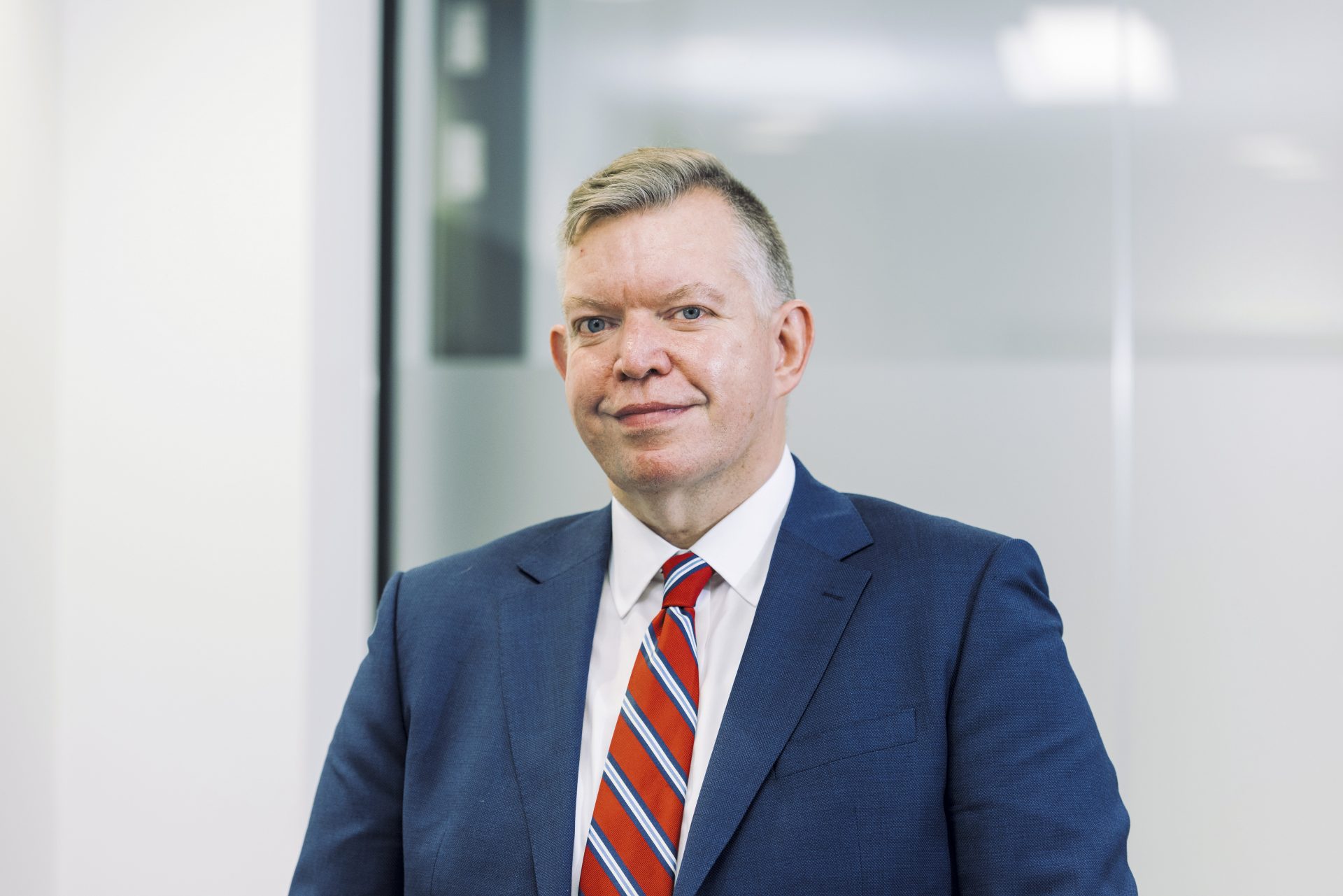
“We remain committed to a strong balance sheet, alongside options for growth and delivery of a sustainable and increasing dividend.”
Andy Skelton, Chief Finance Officer, Drax Group
Introduction
The Group has delivered year-on-year growth, with Adjusted EBITDA increasing to £250 million from £229 million in 2017. This is a significant achievement given the operational challenges faced during the first quarter in our Power Generation business. Strong operating performance in the remaining nine months from Power Generation, along with the conversion of a fourth generating unit from coal to biomass in the summer has helped to mitigate these events. Pellet Production reached record levels in 2018 with a reduction to the cost of each tonne produced. Our B2B Energy Supply business delivered a growth in gross profit through customer meter acquisition and retention, despite challenging market conditions, albeit Adjusted EBITDA was adversely affected by an increased level of bad debt charges.
Following the adoption of IFRS 9 ‘Financial Instruments’ in the year, the Group has elected to present the income statement in a columnar format. Total Results represent the results of the Group in accordance with International Financial Reporting Standards (IFRS). They include re-measurements in relation to the fair value derivative contracts taken out to de-risk future cash flows, but which cannot be designated as hedging instruments under IFRS, and also exceptional items which are not part of the underlying performance of the business. Adjusted Results exclude the impact of these items, and are consistent with the way the Board and executive management review performance of the business throughout the year. They are discussed below separately from the Group’s Total Results.
Certain remeasurements on derivative contracts have been allocated to the relevant line item to which the contracts relate; revenue or cost of sales.
Upon adoption of IFRS 9, we have recognised fair value gains and losses on certain foreign exchange forward contracts through other comprehensive income. These gains and losses were previously recognised in the income statement. As a result, prior year results have been restated. Further information is given in note 8.3 to the Consolidated financial statements.
The Group improved its access to capital in the year, with the issue of US$300 million loan notes at a fixed interest rate, which mature in November 2025. These were swapped back to sterling upon issuance. The proceeds were used to redeem £200 million loan notes with a floating interest rate and maturity date of May 2022, thereby extending the tenor of Drax’s senior debt, giving increased certainty regarding future interest costs as well as diversifying available markets for future funding opportunities. The Group closely monitors and manages its cash position and closing net debt which was £319 million, resulting in a net debt to Adjusted EBITDA ratio of 1.3x at the end of the year. The initial net £687 million consideration for the acquisition of ScottishPower Generation Limited is included in payables at the year end.
Following shareholder approval at the General Meeting held on 21 December 2018, we completed the acquisition and gained control of ScottishPower Generation Ltd (subsequently renamed Drax Generation Enterprise Ltd) from Iberdrola on 31 December 2018. The company owns and operates a portfolio of UK pumped storage, hydro and gas generation assets. The acquisition has been partly funded by a debt facility of £725 million which matures in H2 2020. £550 million was drawn against this facility on 2 January 2019, with the remainder of the consideration settled in cash. We expect to refinance this debt during 2019.
On 15 November 2018 the Court of Justice of the European Union ruled that the process used by the European Commission to approve the UK Capacity Market was not valid, with the result that payments to UK generators were suspended. The net impact on the Group of the suspension in the 2018 results was a reduction in Adjusted EBITDA and Total operating profit of £7 million.
2018 HIGHLIGHTS
-
Adjusted revenue increased to £4,237 million / Total revenue increased to £4,229 million
-
Adjusted gross profit increased to £601 million / Total gross profit increased to £639 million
-
Significant improvement in total profit before tax to £14 million, impacted by non-cash gains on derivative contracts
-
Increase to Adjusted EBITDA(1), at £250 million
-
Net debt of £319 million delivering 1.3x net debt / Adjusted EBITDA ratio(2)
-
12% increase in dividend to £56 million or 14.1 pence per share
-
Improved access to capital with fixed interest $300m US bond issue
-
Continued execution of strategy: acquisition of ScottishPower Generation Limited
(1) Adjusted EBITDA is defined as earnings before interest, tax, depreciation, amortisation, excluding the impact of exceptional items and certain remeasurements.
(2) Net debt is defined as borrowings less cash and cash equivalents. Net debt does not include the £687 million which was paid on 2nd January 2019 for the acquisition of the generation business from ScottishPower.
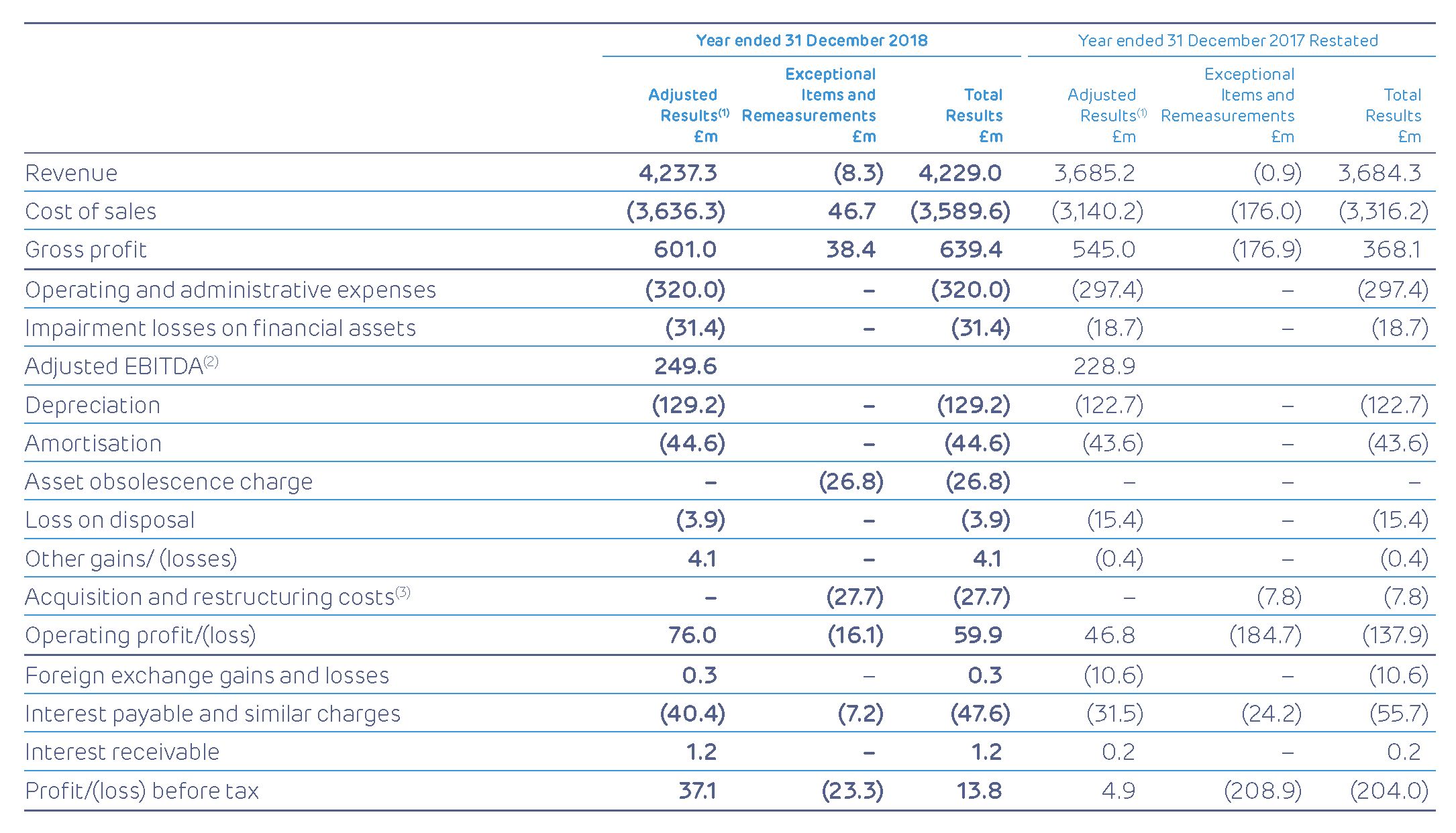
Notes:
(1) Adjusted Results are stated after adjusting for exceptional items (including acquisition and restructuring costs, asset obsolescence charges and debt restructuring costs) and certain remeasurements.
(2) Adjusted EBITDA is defined as: earnings before interest, tax, depreciation, amortisation, excluding the impact of exceptional items and certain remeasurements. As EBITDA is a non-statutory measure, it has only been presented within the Adjusted Results column.
(3) Acquisition and restructuring costs reflect costs associated with the acquisition and integration of ScottishPower Generation Limited (2018) and Opus Energy Group Limited (2017) into the Group, along with costs associated with the restructuring of our Pellet Production and B2B Energy Supply businesses.
Group Adjusted EBITDA
£250m
(2017: £229m)
Group Adjusted gross profit
£601m
(2017: £545m)
Income statement
Adjusted results
Adjusted Results exclude the impact of certain remeasurements on derivative contracts which cannot be designated as hedging instruments under IFRS, along with exceptional items. More details on exceptional items are shown in note 2.7 to the Consolidated financial statements.
Revenue
Adjusted revenue for 2018 of £4,237 million was £552 million greater than 2017, driven by Renewable Obligation Certificate (ROC) sales, the full year impact of Opus Energy (which was acquired in February 2017) and growth in sales in our B2B Energy Supply business.
Adjusted revenue in our Power Generation business rose to £3,332 million (2017: £2,720 million) despite a fall in electrical output, as a result of an increase in Contract for Difference (CfD) income from increased unit availability in 2018, together with an increase in ROC sales. Electrical output fell to 18.3TWh (2017: 20.0TWh) following unplanned outages during the first quarter. Subsequent to the fire in December 2017 in our biomass rail unloading facilities, safety measures were implemented which restricted operational availability. In addition, there was an unplanned outage on one of our biomass units. The combination of these events led to lower biomass generation in the first three months of 2018 than the equivalent period in 2017. Electrical output also reflects the impact of a maintenance outage for one coal unit, the conversion of a fourth unit from coal to biomass and the impact of low load factors on coal units during the summer. 75% of our generation was from biomass and 25% from coal in the year.
ROC sales of £665 million (2017: £368 million) increased significantly in the year as a result of a combination of the increase in market prices and actions taken to accelerate the timing of cash flows from ROCs. Where we choose to sell ROCs to accelerate cash flows, we may choose to purchase ROCs at a later date to meet our obligation, leading to an offsetting charge in cost of sales. At 31 December 2018, following these actions there was a similar value in revenue and cost of sales for ROC sales and purchases.
B2B Energy Supply revenues increased from £1,999 million in 2017 to £2,242 million in 2018 based on strong customer meter retention performance, and also benefiting from an additional month of Opus Energy revenue which was acquired in February 2017.
Revenues of our US-based Pellet Production business continued to rise, as we increased production from 822k tonnes in 2017 to 1,351kt in the year. This includes output from LaSalle Bioenergy which we acquired in 2017, and which commissioned in 2018. All three of our wood pellet plants are demonstrating an improvement in operating performance, having produced at record levels in 2018. Pellet Production revenues are from the sale of pellets from the US to our Power Generation business, based on an arm’s-length contract.
Gross profit
Adjusted gross profit for 2018 of £601 million (2017: £545 million) was primarily derived from our generation and supply activities.
Power Generation delivered £396 million of Adjusted gross profit, largely in line with the prior year (£398 million) despite the impact of a reduction in generation noted above and a £7 million impact of lost revenue resulting from the Capacity Market suspension during the fourth quarter. This was partially offset by an increase in income from the CfD unit which generated more in 2018 than in the prior year when the unit underwent an unplanned outage, and by the receipt of insurance proceeds in respect of a claim for loss of generation from our biomass units during 2016-2018 (£17 million) which was largely recognised within cost of sales.
ROCs continue to form a key component of financial performance and the expected benefit of ROCs earned is recognised as a reduction in our biomass fuel costs at the point of generation. Each ROC is subsequently recognised as revenue when that ROC is sold to a third party. We earned ROCs, reducing costs, with a total value of £468 million in 2018 (2017: £481 million) reflecting additional biomass generation from the conversion of a fourth unit, net of the impact of the quarter one outages on biomass generation.
B2B Energy Supply Adjusted gross profit improved from £117 million in 2017 to £143 million in 2018, which includes an additional month of Opus trading. Margins benefited from a focus on higher value contracts with larger customers. All Capacity Market costs have been accrued for the fourth quarter, despite its suspension. Our approach is based on the assumption that the Capacity Market will reopen during 2019. In the Generation business, no Capacity Market income has been accrued. Until legislation is in place which enables Capacity Market payments to be made to generators for the fourth quarter, expected future revenue represents a contingent asset and will not be recognised in the income statement.
Pellet Production Adjusted gross profit relies on volume of pellet sales to our Power Generation business and close control over production costs. There is significant focus on reducing the cost base within this segment, and that, along with increasing output volumes which reduced the cost per tonne of pellets, has helped to improve gross profit to £65 million in 2018 (2017: £39 million).
Further segmental financial performance information is provided in the notes to our Consolidated financial statements on page 123 of the full report PDF.
Operating costs and impairment losses on financial assets
Operating costs of £320 million increased from £297 million in 2017, reflecting unplanned outage costs on a biomass unit and a major planned outage on one of the coal units in Generation, along with a full year of costs in Opus Energy.
The B2B Energy Supply business experienced a £13 million increase in bad debt charges in the year taking the total charge to £31 million. The charge reflects a deterioration in market conditions in 2018, the impact of the increase in revenue, and the write-off of legacy debt.
Central costs of £28 million in 2018 reduced from £34 million in 2017, as a result of various savings initiatives.
Adjusted EBITDA
As a result of the financial performance described above, Adjusted EBITDA for 2018 was £250 million, compared to £229 million in 2017.
Depreciation and amortisation
Depreciation of £129 million increased by £6 million in the year, reflecting charges for the LaSalle pellet production facility which was commissioned during the first quarter of 2018.
Amortisation charges totalled £45 million, in line with prior year, and largely relate to customer relationships and brand acquired with Opus Energy and also computer software. More details are shown in note 5.3 of the Consolidated financial statements.
Group total operating profit
£60m
(2017: loss of £138m)
Operating profit
Adjusted operating profit increased from £47 million in 2017 to £76 million in 2018, influenced by the items described above.
Net interest charges
Adjusted net interest charges of £39 million have increased from £31 million in 2017 largely reflecting a full year’s interest charge on the debt incurred in relation to the acquisition of Opus Energy in February 2017 and other costs associated with working capital management. More details are shown in Note 2.5 of the Consolidated financial statements.
Profit/loss before and after tax
The Group’s Adjusted profit before tax was £37 million for 2018, compared to a restated profit of £5 million for the previous year. The increase predominantly reflects an improvement in underlying business performance, reflected in higher gross profits.
The tax credit of £5 million compares to a £2 million charge in 2017. In 2017, HMRC agreed a claim arising from a patent relating to biomass which enables the Group to pay corporate taxes at a lower rate (10%) on profits which arise from the use of innovation. A benefit of £8 million was recognised during 2018 which drives a lower effective tax rate than the standard corporation tax rate in the UK.
The prior year charge includes the effects of a £16 million deferred tax charge arising from the reduction in US Federal tax rates to 21% from 1 January 2018, net of a credit of £10 million in relation to the patent box claim for years 2013 to 2016.
Adjusted profit after tax increased to £42 million in 2018 from £3 million in 2017 as a result of the factors above.
Total results
Total Results represent the results of the Group in accordance with IFRS. They include re-measurements in relation to the fair value derivative contracts taken out to de-risk future cash flows, but which cannot be designated as hedging instruments under IFRS, and exceptional items which are not part of the underlying performance of the business. See note 2.7 to the Consolidated financial statements for more details.
IFRS 9 requires all gains and losses on derivative instruments to be reflected in profit or loss as they arise, independently of the maturity of the related commodity contract. Due to the volatility in fair value movements, which is entirely market dependent, we have chosen to exclude fair value gains and losses from Adjusted Results and present them in a separate column in arriving at Total Results, in order to retain transparency of underlying business performance. Fair value gains and losses are non-cash accounting adjustments.
Revenue
Revenue re-measurements relate to fair value gains and losses on gas contracts in our Power Generation business, which are used as a proxy hedge to movements in power prices. After taking these losses into consideration, Total revenue in 2018 rose to £4,229 million from £3,684 million in 2017.
Gross profit
Total gross profit increased significantly in 2018 to £639 million (2017: £368 million) which reflects the underlying business performance along with fair value gains, principally on foreign exchange contracts, in 2018 as compared with significant fair value losses in 2017.
Foreign currency contracts are a key component of the Group’s risk management strategy and help to secure and de-risk the future cash flows of the business, particularly fuel purchases which are typically denominated in US dollars, Canadian dollars or euros. A proportion of foreign currency derivatives do not qualify for hedge accounting. In addition to hedging foreign currency commitments, we forward purchase coal, gas and freight, aspects of which also do not qualify for hedge accounting. The gains on these contracts in the year have predominantly been driven by the weakening of sterling following uncertainty around Brexit.
Prior year Total gross profit has been restated to reflect our new derivative gains and losses accounting policy, following IFRS 9 adoption, reducing it by £177 million.
In addition, under IFRS 9 we have elected to recognise fair value gains and losses on certain foreign exchange forward contracts directly in reserves in order to reduce income statement volatility. This change results in a reduction in derivative gains and losses recognised in the income statement of £17 million as at 31 December 2017.
Depreciation and amortisation
In August, we completed the conversion of a fourth generating unit from coal to biomass. £27 million of coal-specific assets in relation to this unit have been fully written down, as they are no longer required to support generation activity. This charge is shown within exceptional items.
Operating profit
Operating profit is stated after acquisition and restructuring costs of £28 million (2017: £8 million).
This included costs of £21 million which were incurred in connection with the acquisition of the generation business from ScottishPower.
During the first quarter, we announced the closure of our Atlanta office to relocate the US head office to Monroe, Louisiana, in close proximity to the pellet production and port facilities. As at 31 December 2018, we had incurred costs of £4 million (2017: £nil) in relation to this transition, which have been included within acquisition and restructuring costs.
As we continue to integrate our B2B Energy Supply businesses we have incurred certain one-off restructuring costs, as part of a programme of changes alongside our digital transformation. These totalled £3m (2017: £nil) and are also included in acquisition and restructuring costs.
Prior year transaction and restructuring costs relate to the acquisition of Opus Energy along with the disposal of Billington Bioenergy.
Total operating profit increased to £60 million from a loss of £138 million in 2017, primarily as a result of the movement in gains and losses on derivative contracts.
Net interest charges
Total net interest charges, excluding FX gains and losses of £46 million (2017: £56 million) includes £7 million of refinancing costs and acceleration of deferred financing costs related to the £200 million senior secured floating rate loan notes, which have now been repaid. The prior year included £24 million of early repayment charges and accelerated deferred finance costs for loans redeemed as part of the 2017 refinancing. These charges have been presented separately within exceptional items.
A full breakdown of interest payable is shown in note 2.5 to the Consolidated financial statements.
Profit/loss before and after tax
The Group’s Total profit before tax was £14 million for 2018, compared to a restated loss of £204 million for the previous year. The improved result predominantly reflects an improvement in underlying business performance (reflected in Adjusted EBITDA) along with the swing from losses on foreign currency contracts in 2017 to gains in 2018.
Applying the tax credit results in a Total profit after tax of £20 million (2017: restated loss after tax of £168 million) and a basic earnings per share of 5.0 pence (2017: loss per share of 41.3 pence).
Dividend
£56m
(2017: £50m)
Share buyback
£47m
(2017: £nil)
Balance sheet
The Group’s Consolidated balance sheet at 31 December 2018 includes the assets and liabilities acquired as part of the acquisition of a portfolio of ScottishPower assets. No trading results are included in 2018, given the acquisition closed at 23:59 on the final day of the year. See note 5.1 to the Consolidated financial statements for more details.
Plant, property and equipment
The Group has a disciplined approach to capital expenditure, with all projects subject to review by investment committees and large projects requiring Board approval. Investment is prioritised to address safety and regulatory requirements, ensure the plant is maintained and fit for purpose, and is only released to enhancement projects where incremental returns have been identified. Capital expenditure in the year was £114 million, a £51 million reduction in expenditure from 2017. The prior year includes £48 million for the purchase and development of pellet production assets at LaSalle Bioenergy.
At Drax Power Station, investment reflected the outage following the 2017 fire, conversion of a fourth unit to biomass generation, along with routine asset replacement and upgrades, the purchase of strategic spares and continuing investment to develop the OCGTs and gas generation. Total expenditure for the year was £87 million.
Pellet Supply continued to invest in opportunities to improve efficiency and reduce costs, including the development of a new rail spur at LaSalle Bioenergy.
Excluding the purchase of the generation business from ScottishPower, the total carrying value of plant, property and equipment fell by £60 million in the 12 months to 31 December 2018, reflecting increased depreciation and the write-off of obsolete coal assets. Our four OCGT assets remain under development. See note 5.3 to the Consolidated financial statements for more information.
The total carrying value of plant, property and equipment, including the effect of the acquisition from ScottishPower, was £2,292 million, at 31 December 2018 (2017: £1,662 million).
In B2B Energy Supply the development of a new information technology platform and preparations for smart meters adoption added £28 million of capital expenditure to intangible assets.
Cash generated from operations
Cash generated from operations was £336 million in 2018, a decrease of £39 million from the previous year.
The Group has a strong focus on cash flow discipline and uses various methods to manage liquidity through the business’ cash generation cycle. In addition to the £315 million Revolving Credit Facility (RCF), the Group optimises its trade receivables, trade payables and ROC assets to manage the day to day working capital position.
The B2B Energy Supply business has access to a facility which enables it to accelerate cash flows associated with trade receivables on a non-recourse basis which generated a cash inflow of £24 million at 31 December 2018 (£34 million at 31 December 2017). The facility terms were amended during the year, bringing more of the receivables balance into the scope of the facility, further improving our overall liquidity and risk profile. More details can be found in note 4.4 to the Consolidated financial statements.
During the year the Group has actively sought to bring its trade payable days closer to industry standards and has accessed several purchasing facilities which were used to manage cash payments while limiting the impact on suppliers. These facilities have generated a cash inflow of £87 million in the year (2017: £nil). The amounts under these facilities fall due 4-60 days from the year end.
During the year there was an increase in ROC assets of £71 million adversely impacting working capital (2017: inflow of £112 million). This reflects the increase in ROCs generated following the conversion of a fourth unit and the improvement in biomass generation output in the final quarter of 2018 compared to 2017. Cash from ROCs is typically realised several months after the ROC is earned. However, through selling and subsequently buyings ROCs through normal ROC sale and purchase arrangements we can optimise the timing of cash flows over a proportion of these assets.
Together these facilities and arrangements created a net cash inflow of £100 million (2017: inflow of £195 million) which has helped to drive a net inflow from working capital of £112 million in the year to 31 December 2018, compared to an inflow of £166 million in the year to 31 December 2017.
The overall net cash inflow for the year was £66 million (2017: £4 million outflow), after cash payments for capital expenditure of £104 million (2017: £159 million), dividend payments of £53 million (2017: £22 million) and share buy-backs of £47 million (2017: £nil). Cash taxes paid during the year were £1 million (2017: £14 million).
Net debt and funding
The Group held total borrowings of £608 million at 31 December 2018 (2017: £590 million) and net debt of £319 million (2017: £367 million).
In April 2018, the Group successfully completed a refinancing to convert floating to fixed debt and to extend the debt maturity out to November 2025. The Group issued a US$300 million bond with a fixed interest rate of 6.625%, which was swapped back to sterling upon issuance at an effective interest rate of 5%. The proceeds of the new issue were used to repay in full the £200 million floating rate bond issued in 2017 which had a maturity of 2022.
Incremental costs of the new borrowing (£4 million) have been deferred and will be amortised to net interest costs in the income statement.
The Group’s financing structure also includes a £350 million 4.25% fixed rate bond and a £350 million facility comprised of an RCF with a value of £315 million and an index-linked term loan of £35 million. The RCF matures in April 2021, with an option to extend by one year. At 31 December 2018 the RCF had been used to draw down letters of credit with a total value of £32 million (2017: £36 million).
On 2 January 2019, the Group drew down £550 million from a £725 million acquisition bridge facility to partially fund the acquisition of a portfolio of ScottishPower assets, with the remainder of the consideration funded from the Group’s cash resources. The bridge facility matures in H2 2020. The amount payable in relation to the acquisition was included in other payables as at 31 December 2018.
The use of the receivables facility, trade payables facilities and ROC sales mentioned above accelerated cash flows to a value of £100 million (2017: £195 million) with a corresponding reduction in net debt. We expect to continue to use these facilities to manage our working capital in 2019.
The Group also has access to secured trading lines, available with certain counter parties, providing support to the trading programme.
We remain committed to a strong balance sheet and to maintaining an appropriate credit rating. The optimisation of working capital helped to drive a reduction to the net debt to Adjusted EBITDA ratio to 1.3x at 31 December 2018 (2017: 1.6x), excluding the £687 million paid on 2 January 2019 in respect of the acquisition of a generation business from ScottishPower.
Further information on funding arrangements is included in note 4.3 to the Consolidated financial statements, on page 142 of the full PDF report.
Pensions
The Group operates a defined contribution pension scheme in each of its operating companies and, in addition, the Power Generation business operates a defined benefit scheme within the Electricity Supply Pension Scheme framework, which closed to new members in 2002. The actuarial review of our defined benefit pension scheme at 31 December 2018, applying assumptions consistent with the methodology adopted in previous accounting periods, has resulted in a funding surplus of £19 million (31 December 2017: deficit of £1 million). This is largely driven by an increase in the discount rate assumption to 3.0% (31 December 2017: 2.6%) following lower inflation expectations, which has decreased the value of the scheme liabilities by £23 million.
The terms of the Trust Deed for the defined benefit scheme allow the Group to recover any surplus once the liabilities of the scheme have been settled. We have therefore recognised the funding surplus at 31 December 2018 in non-current assets within the Consolidated balance sheet.
The defined benefit scheme triennial valuation, which was last completed as at 31 March 2016, is based on more conservative discount rate and cost assumptions and resulted in a technical provisions deficit. This provision has improved since the triennial valuation, consistent with the movement in the accounting provision. The Group remains committed to make contributions towards the repair of this deficit until 2025.
Upon completion of the acquisition of the portfolio of assets from ScottishPower, certain employees with defined benefit pension rights were transferred to Drax. The employees continue to participate in the ScottishPower pension scheme whilst Drax is in the process of setting up a new scheme for the members to transfer to, which will include assets and liabilities for past service benefits. Drax’s share of the ScottishPower pension scheme assets and liabilities for these employees has been calculated for inclusion in the Consolidated balance sheet, and results in a pension scheme surplus of £4 million. The Group is entitled to receive any surplus on the new scheme once the liabilities have been met under the terms of the draft Trust Deed.
Derivative contracts
We enter into forward contracts for the purchase and sale of physical commodities, principally power, gas, coal, biomass and carbon emissions, to secure the margin associated with forward electricity sales, and also foreign currency derivatives to fix sterling cash flows. All derivative contracts are measured at fair value as at the balance sheet date, with changes to this value being recognised in either the income statement (Total Results) or the hedge reserve dependent upon whether the contract qualifies as an effective hedge under IFRS (see note 7.2 to the Consolidated financial statements).
A gain of £92 million (2017: loss of £219 million) was recognised in the hedge reserve driven primarily by movements on foreign currency contracts as sterling weakened following Brexit uncertainty,
The term of our foreign currency derivative hedges is limited by available credit lines and market liquidity. We have hedges in place to cover anticipated exposures for five years, beyond which there is a risk that the cost of our fuel purchases will materially increase. We are actively working on reducing the long-term cost of biomass fuel.
The accounting treatment of derivative contracts is set out in note 7.2 to the Consolidated financial statements.
Other information
Acquisition of ScottishPower Generation Limited
On 21 December 2018 shareholders approved the acquisition of ScottishPower Generation Limited and SMW Limited and the deal subsequently completed on 31 December 2018 for an initial net consideration of £687 million after working capital adjustments.
The acquisition terms include a compensation mechanism whereby if 100% of contracted Capacity Market payments are not received for the period from 1 January to 30 September 2019 a further payment could be made by either the Group or the vendor, up to a maximum of £26 million.
The acquisition consideration was paid on 2 January 2019 and is included in amounts payable in respect of acquisitions in the 31 December 2018 Consolidated balance sheet.
Given the short interval between signing the purchase agreement and completing the sale, a transitional service agreement has been executed with ScottishPower and includes a range of paid for services covering aspects of financial control, IT, accounting and payments for up to 12 months.
Financial information on the assets and liabilities acquired, plus an assessment of the impact of the acquisition on our financial statements, is provided in note 5.1 to the Consolidated financial statements.
Impact of Brexit
The ongoing negotiations for the withdrawal of the UK from the European Union and the evolving trade policy of the US administration continue to increase political and regulatory uncertainty. The Group continues to monitor these situations closely. We are engaged with government and regulators in the UK and internationally to ensure the Group’s views and positions on current and forthcoming legislation and regulations, and on energy and environmental policy issues that may have implications for our business, are represented and to promote the benefits of biomass. Any associated sterling weakness may influence the future cost of fuel used by the Power Generation business. To manage this risk a number of financial instruments, including FX options, are used within the foreign exchange hedging programme, effectively capping future FX liabilities on an additional proportion of the future foreign currency fuel exposures.
Distributions
On 20 April 2018, the Group commenced a £50 million share buy-back programme, designed to reduce share capital and return funds to shareholders. At 31 December 2018, this was substantially complete and the Group had bought back £47 million of shares, at an average price of 361 pence per share, which are held in a separate treasury share reserve. The programme was completed in January 2019.
At the Annual General Meeting on 25 April 2018, shareholders approved payment of a final dividend for the year ended 31 December 2017 of 7.4 pence per share (£30 million). The final dividend was paid on 11 May 2018.
On 23 July 2018, the Board resolved to pay an interim dividend for the six months ended 30 June 2018 of 5.6 pence per share (£22.4 million), representing 40% of the expected full year dividend. The interim dividend was paid on 12 October 2018.
At the forthcoming Annual General Meeting, on 17 April 2019, the Board will recommend to shareholders that a resolution is passed to approve payment of a final dividend for the year ended 31 December 2018 of 8.5 pence per share (£33.6 million), payable on or before 10 May 2019. Shares will be marked ex-dividend on 18 April 2019. This brings the total dividend payable for 2018 to £56 million and delivers 12% growth on 2017.
The Board is confident that this level of dividend is sustainable and expects it to grow as the implementation of the business strategy generates an increasing proportion of stable earnings and cash flows. In determining the rate of growth in dividends the Board will take account of future investment opportunities and the less predictable cash flows from the Group’s commodity based businesses. If there is a build-up of capital in excess of the Group’s investment needs the Board will consider the most appropriate mechanism to return this to shareholders.
Profit forecasts
In the Class 1 circular, published on 5 December 2018 in connection with the acquisition of a generation business from ScottishPower, we made the following statement in relation to the outlook for 2018: “Outlook for 2018 – continued growth in EBITDA”, which constituted a profit forecast under the Listing Rules. Our financial results for 2018, as set out in this Annual report, demonstrate that we have achieved a growth of 9% in Adjusted EBITDA between 2017 and 2018, which is therefore consistent with the profit forecast that was made in the circular.
In the Class 1 circular, published on 5 December 2018 in connection with the acquisition of a generation business from ScottishPower, we made a profit forecast in relation to the portfolio of assets acquired for the 12-month period ending 31 December 2019. Full details of the profit forecast (including the assumptions on which it was made and the sensitivity to the Capacity Market payments due in 2019) are set out on pages 59 and 60 of the Class 1 circular.
The Class 1 circular can be accessed on the Group’s website: www.drax.com/uk/circular2018
VIABILITY STATEMENT
In accordance with the UK Corporate Governance Code, the directors have assessed the prospects of the Group over a period significantly longer than the 12 months required by the going concern provision.
The assessment of viability was led by the Group Chief Executive and Chief Financial Officer in conjunction with divisional and functional management teams and presented to the Board as part of the annual planning process. In reviewing this assessment, the Board has considered the principal risks faced by the Group, relevant financial forecasts and sensitivities, the availability of adequate funding and the strength of the Group’s control environment.
Assessment period
The Board conducted this assessment over a period of three years, selected for the following reasons:
- The Group’s Business Plan (Plan), which is prepared annually, updated twice during the year and also used for strategic decision making, includes a range of financial forecasts and associated sensitivity analysis. This Plan covers a three-year period in detail, before extending into the medium term.
- Within the three-year period liquid commodity market curves and established contract positions are used in the forecasts. Liquid curves typically cover a one to two-year window and contracts cover periods between one and ten years. In particular, the Group benefits from the stable and material earnings stream available from the CfD until 2027. Selecting a three-year period balances short-term market liquidity against longer term contractual positions.
- There is limited certainty around the Group’s markets and regulatory regimes. However, in selecting a three-year period the Board has assumed no material changes to the medium term regulatory environment and associated support regimes beyond those already announced at the date of this report.
Review of principal risks
The Group’s principal risks and uncertainties, set out in detail on pages 44 to 49 of the full PDF report, have been considered over the period.
The principal risks with the potential to exert significant influence on viability are: commodity price changes, political and regulatory changes, and plant operating failures. A significant adverse change to the status of each risk has the potential to place material financial stress on the Group.
The risks were evaluated, where possible, to assess the potential impact of each on the viability of the Group, should that risk arise in its unmitigated form. The potential inputs were included, where appropriate, as sensitivities to the Plan and considered by the Board as part of the approval process, in January 2019, before the Plan was adopted by the Group.
The Group has a proven track record of adapting to changes to its environment and deploying innovative solutions to protect financial performance. Adverse events over the past 18 months have tested the ability of the Group to deliver its targets, but on each occasion it has been able to respond positively and manage the impact. This provides the Board with confidence that risks can be mitigated, and viability can be maintained, during the assessment period.
The Board also considered the impact of Brexit, concluding that the Group’s FX hedging programme provides mitigation against FX volatility, whilst recognising that a material carbon asset may exist in the event of a no deal Brexit.
Review of financial forecasts
The Plan considers the Group’s financial position, performance, cash flows, credit metrics and other key financial ratios and was most recently updated to reflect current market and external environment conditions in December 2018. It is built by business and segment, and includes growth assumptions appropriate to the markets each business serves. The Plan for 2019 includes the generation and other assets acquired from ScottishPower on 31 December 2018.
The Plan includes certain assumptions, the most material of which relate to commodity market price curves and levels of subsidy support available to the Group through the generation of biomass-fueled renewable power. It is underpinned by the stable revenues available through the generation of CfD-backed electricity and contracted sales to B2B Energy Supply customers.
The Plan is subject to stress testing, which involves the construction of reasonably foreseeable scenarios, including those aligned to the principal risks, which test the robustness of the Plan when key variables are flexed both individually and in unison.
Scenarios were constructed to consider the financial impact of Principal Risks occurring during the period, either as one-off events (e.g significant outage) or a sustained downturn (e.g commodity prices).
Where such scenarios suggest a risk to viability, the availability and quantum of mitigating actions is considered and the scenario is reassessed including plausible mitigations, which include acceleration of cash receipts, reductions to capital expenditure and operating costs and changes to trading strategies.
The Board considers the most material scenario in the assessment period to be a significant deterioration of commodity market prices, leading to a fall in the available price for power and thus a fall in the margins available to the Group from power generation and supply activities. This is based on a ‘low case’ where power prices fall by greater than £10/MWh from base case assumptions. This impact would however be partially mitigated through the earnings stability provided by the CfD, the Group’s ability to trade effectively in volatile power markets and reductions to discretionary expenditure.
The Plan also included assessment of a scenario considering the risk of the recently-suspended capacity market remaining closed during the period. The Board believes that the Capacity Market will be reinstated in some form during 2019, but mitigating actions are available if this does not occur.
Based on its review, the Board is satisfied the viability of the Group would be preserved in a range of scenarios, including significant deterioration of commodity market prices.
Availability of adequate funding
The sources of funding available to the Group are set out in note 4.3 to the Consolidated financial statements (see page 142 of the full PDF report). The Board expects these sources, along with stable cash flows generated by the Group from its normal operations, to provide adequate levels of funding to support the execution of the Group’s Plan.
During the year the Group restructured its debt facilities, including the placement of a new $300 million bond, maturing in November 2025, to fix future debt service costs. The existence of established bond facilities, across the UK and US, provides the Group with the ability to access debt markets, should that need arise during the viability assessment period. Details of current facilities are described on page 40 of the Group Financial Review in the full PDF report, and in Note 4.3 to the Consolidated financial statements.
On 2 January 2019, the Group drew down £550 million of its £725 million acquisition facility (maturing by July 2020) to support the acquisition of assets from ScottishPower. The Group is well positioned to refinance the acquisition facility promptly and the Board is confident that the Group has access to a range of options to maintain a robust capital structure.
Expectations
The directors have considered a range of factors in their assessment of viability over the next three years, including the latest Plan, scenario analysis, levels of funding, the control environment and the principal risks and uncertainties facing the Group. The directors have also considered the availability of actions within their control in the event of plausible negative scenarios occurring. They therefore have a reasonable expectation that the Group will be able to continue in operation and meet its liabilities as they fall due over the three-year period of their assessment.
PRINCIPAL RISKS AND UNCERTAINTIES
We manage the commercial and operational risks faced by the Group in accordance with policies approved by the Board.
We have reviewed the principal risks and consider they are broadly unchanged from the previous year, with the addition of Transaction risks to reflect the risks associated with the acquisition of generation assets from ScottishPower.
The Board is responsible for defining risk appetite and ensuring the effectiveness of risk management and internal controls across the Group. The Group has a comprehensive system of governance controls to manage key risks.
Group approach to risk management
The effective identification and management of risk across the Group is integral to the delivery of our strategy.
The risk appetite determined by the Board varies dependent on the risk and guides the principles of the Group’s culture and behaviour, and the intensity of risk management activities in achieving our business objectives.
The Group has a Risk Management Policy, that was reviewed this year and approved by the Board, which defines the Group’s approach to risk management. The key elements of the Policy are as follows:
- identify principal risks that threaten the achievement of our strategic objectives then assess their significance to the business;
- put in place appropriate mitigating controls to manage identified risks to an acceptable level;
- escalate and report principal risk and control information to support management decision making;
- assign responsibility and define accountabilities for risk management and put these into practice across the Group;
- continuously monitor the changing risk environment, the Group’s principal risks, the effectiveness of mitigation strategies and the application of the risk framework.
The approach manages rather than eliminates the risk of failure to achieve business objectives, and provides reasonable, not absolute, assurance against material misstatement or loss.
Risk management governance
The risk management governance structure includes executive level principal risk owners and two Group risk management committees (RMCs) whose responsibilities include:
- ensuring that risks are identified, assessed and managed effectively within risk appetites and limits, including new and emerging risks;
- demonstrating robust governance of risk management by reviewing and challenging risk management across the Group and driving the completion of actions to manage risks within risk appetites and limits;
- driving an appropriate risk management culture, and an environment that promotes and creates positive risk-taking behaviour and clear accountability.
The Group RMCs receive reports from business unit RMCs and undertake reviews of the management of each principal risk across the Group.
Each business unit has RMCs that:
- report to the executive management of that area, assisting in the management of their risks. Each executive is responsible for ensuring that all risks associated with their specific area of the business are identified, analysed and managed systematically and appropriately;
- has terms of reference that require local level risk policies and control systems to be approved, implemented and monitored to ensure that activities are commensurate with the risk appetite established by the Board, are adequately resourced and comply with applicable legal and regulatory requirements.
The Group Executive Committee and the Board review reporting on risks from the Group RMCs and from Group Risk. In addition, the Audit Committee reviews the suitability and effectiveness of risk management processes and controls on behalf of the Board.
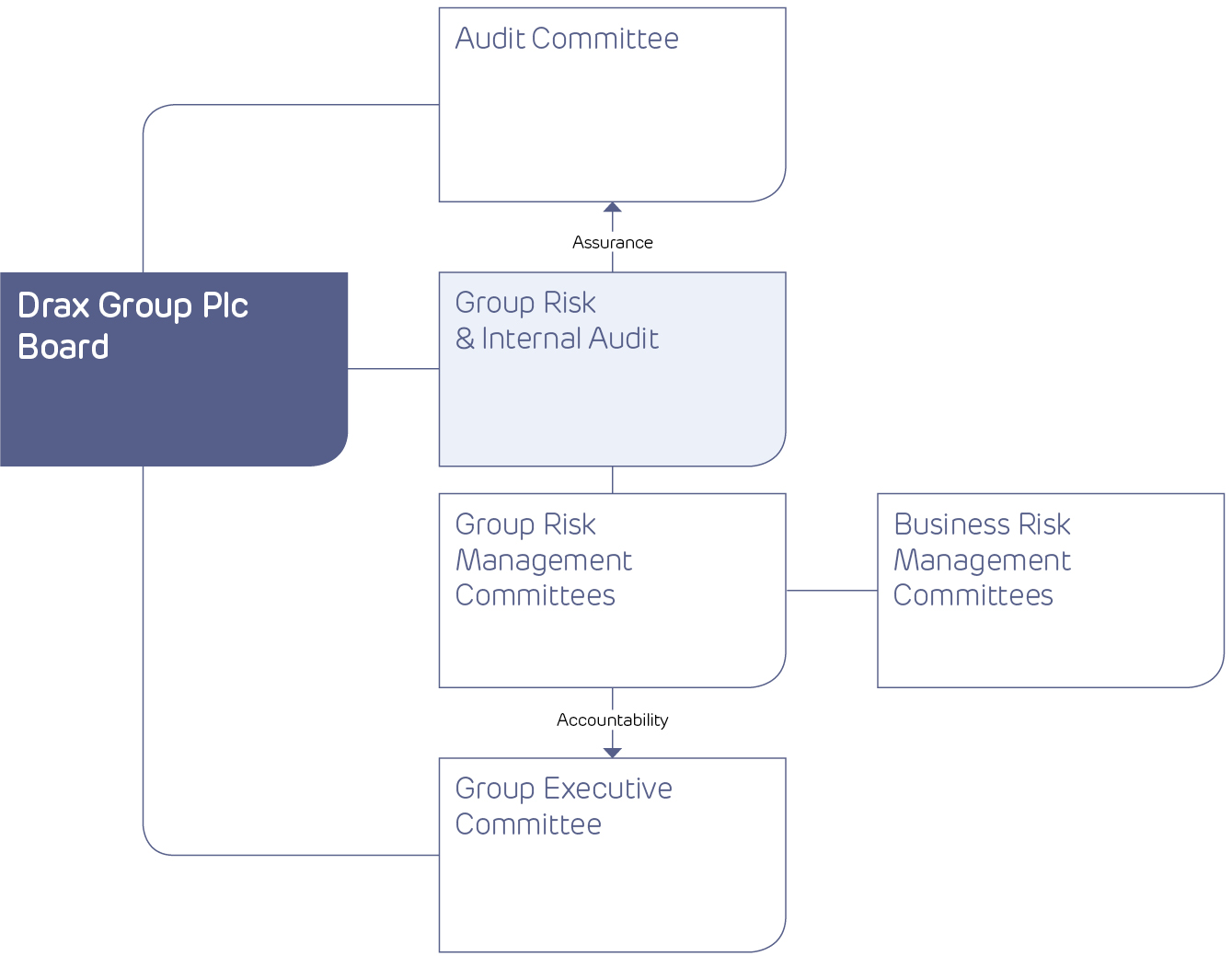
Internal control
The Group has a comprehensive and well-defined internal control system with clear structures, delegated authority levels and accountability. The Board has adopted a schedule of matters which are required to be brought to it for decision. The internal control system is designed to ensure that the directors maintain full and effective control over all significant strategic, financial and organisational issues.
Through the Audit Committee, the Board has implemented a programme of internal audits of different aspects of the Group’s activities. The programme is developed based on an assessment of the key risks of the Group, the existing assurance and controls in place to manage the risks and the core financial control framework.
The results of each internal audit are documented in a report for internal distribution and action. A full copy of the report is distributed to the Group Executive Committee and the Chair of the Audit Committee, with an executive summary going to the other members of the Audit Committee. Each report includes management responses to Internal Audit’s findings and recommendations and an agreement of the actions that management will take to improve the risk management and the internal control framework. In addition to the results of work undertaken by Internal Audit, the Audit Committee also satisfies itself that an action plan is in place and management are addressing issues raised by the external auditor in their yearly management letter.
Based on the reporting from the Group RMCs and from the Audit Committee in 2018, the Board determined that it was not aware of any significant deficiency or material weakness in the system of internal control.
Change in risk profile
Risks are reported to the Board and disclosed in the annual report and accounts under nine principal risk headings. These are unchanged from 2017, with the addition of Transaction risks to reflect the risks associated with the acquisition of assets from ScottishPower.
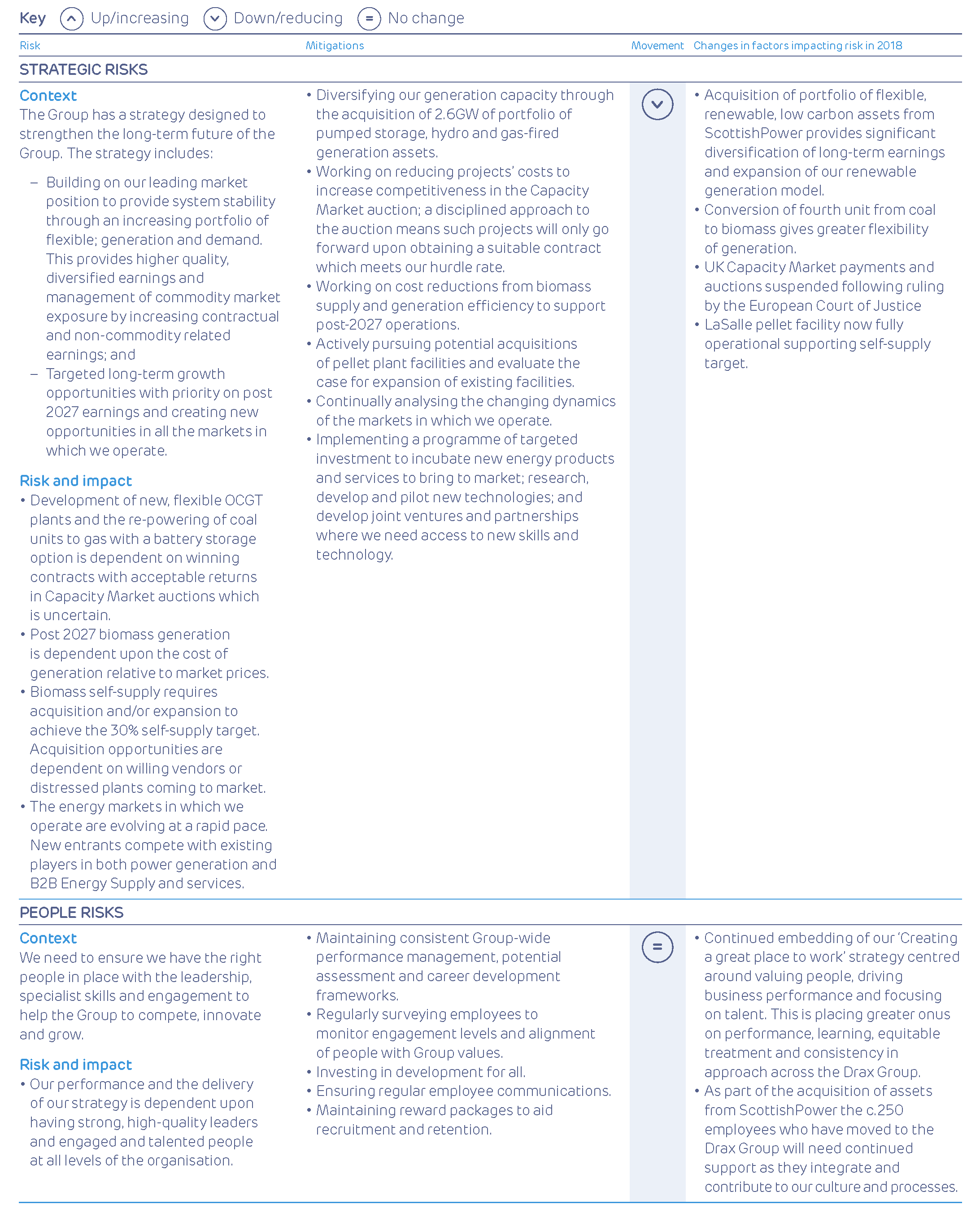
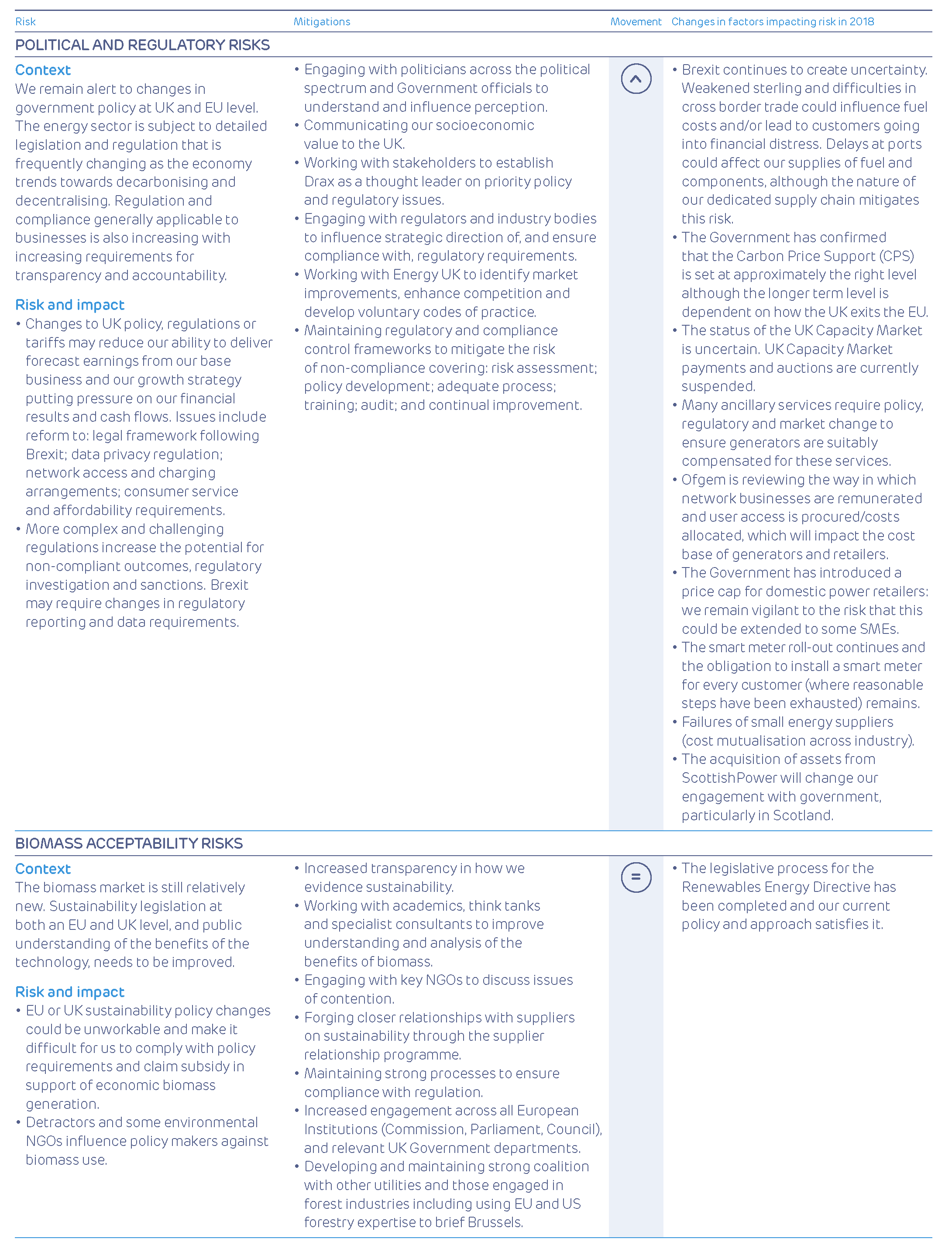
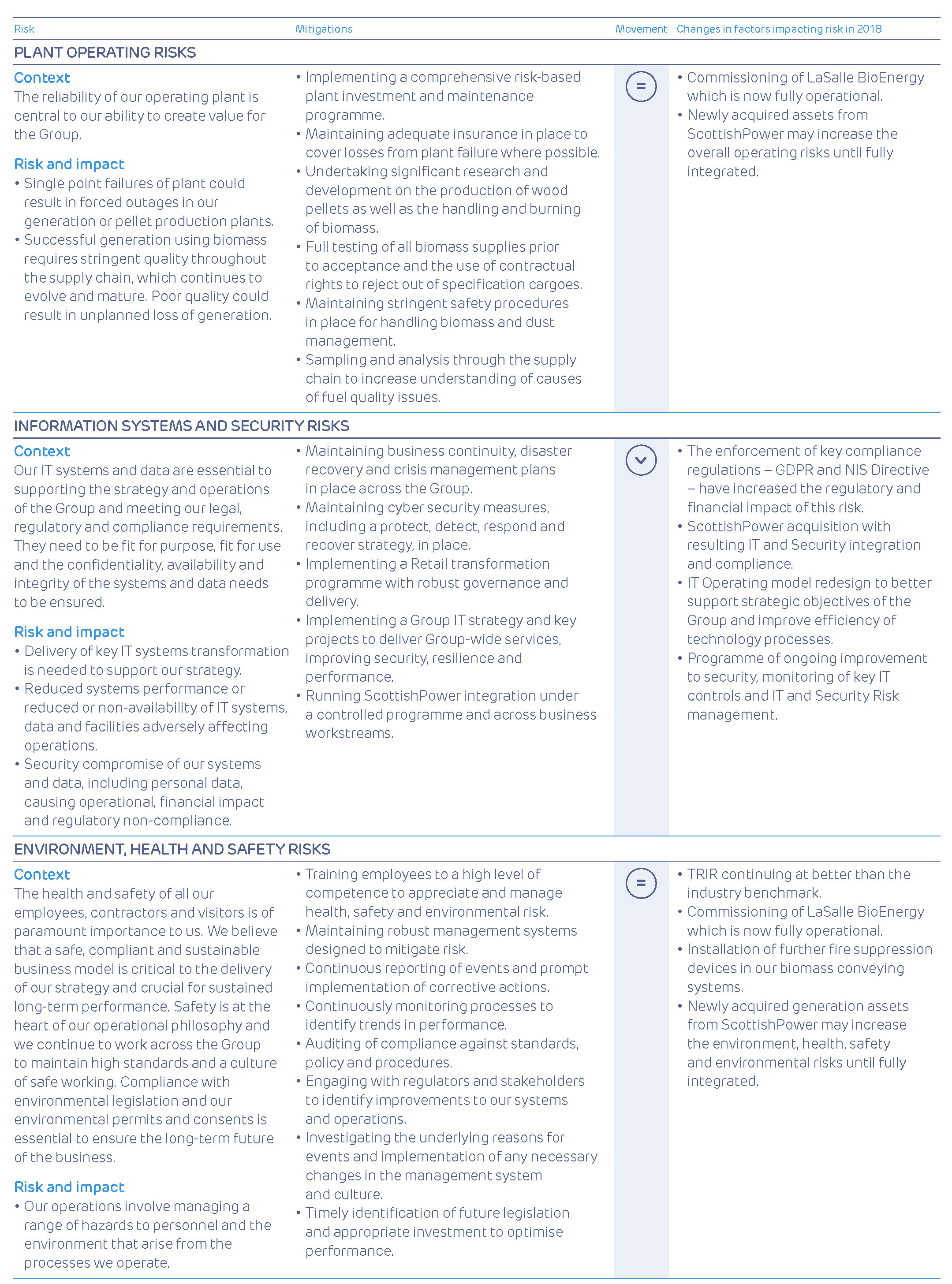
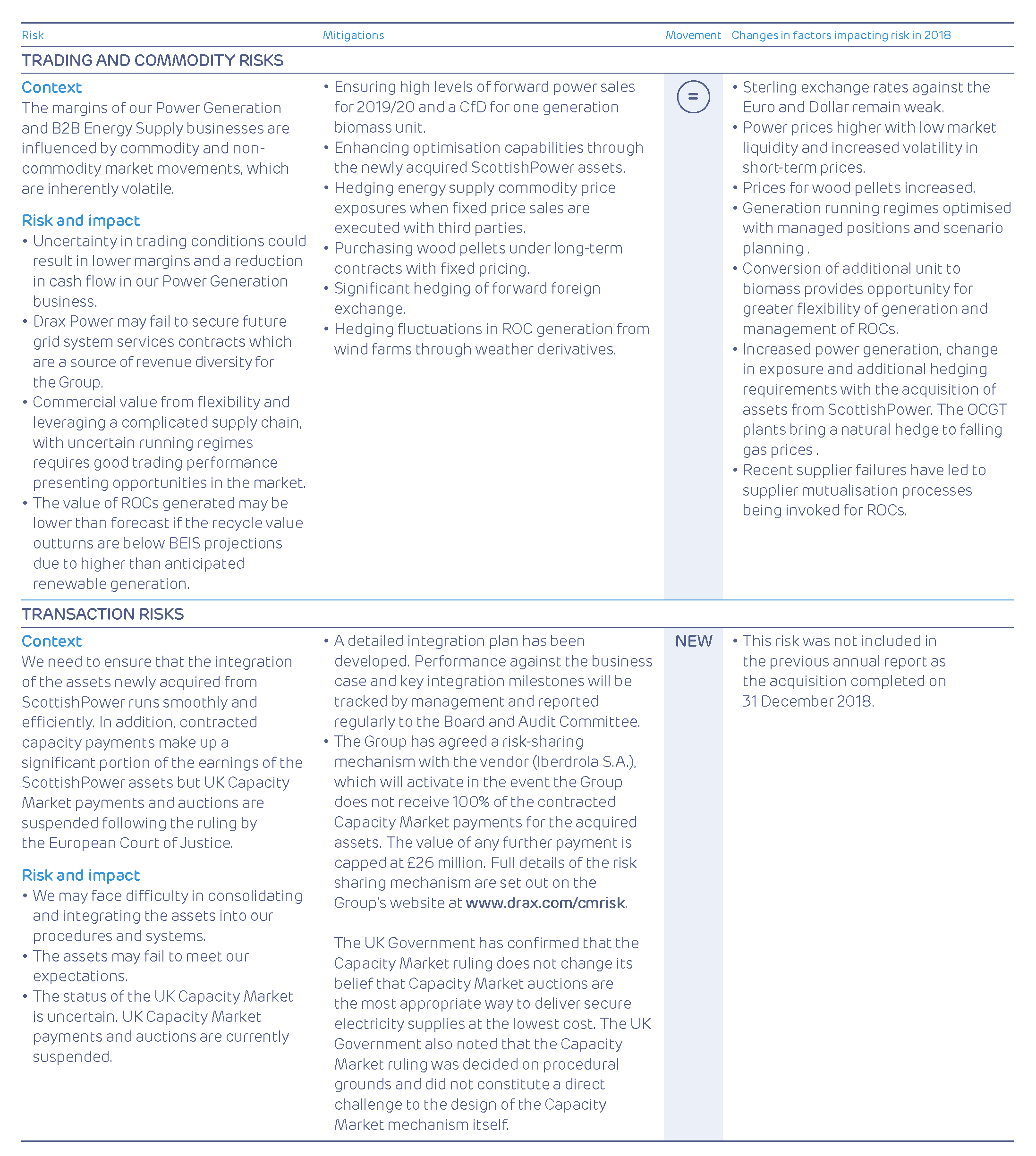
This web page presents the Strategic Report section.
Enabling a zero carbon, lower cost energy future — Drax Group plc Annual report and accounts 2018
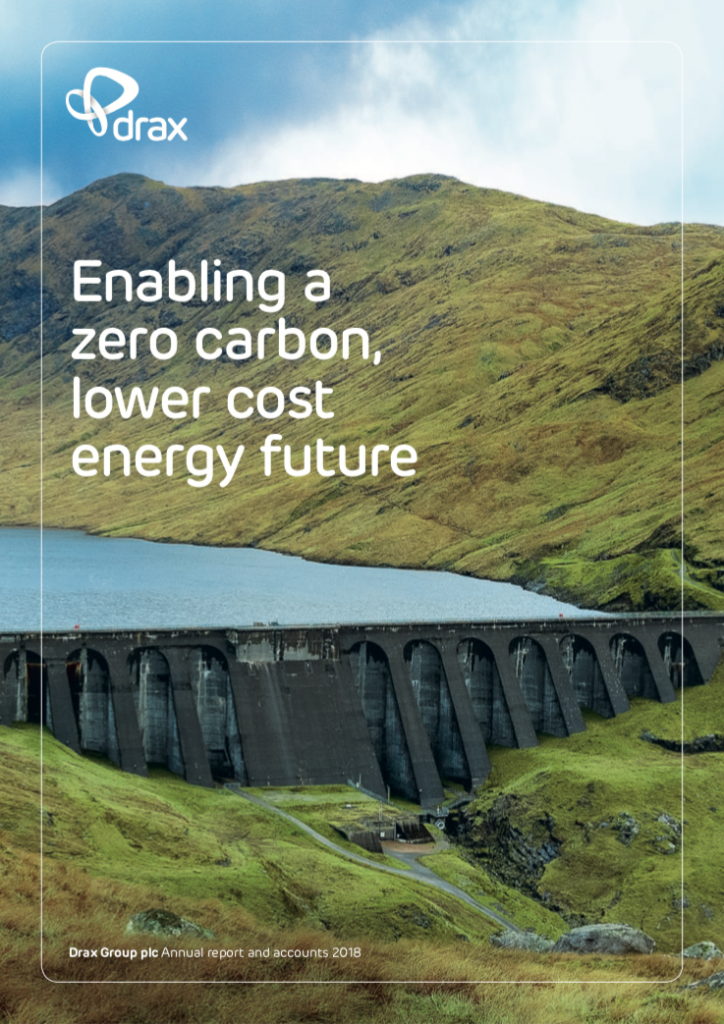
Click the image to view the full Drax Group plc Annual report and accounts 2018 PDF.







